The Dia de Los Muertos, or Day of the Dead, is a national holiday in Mexico, a tradition that’s so deeply ingrained in the collective psyche of the country that it’s almost a cultural imperative. The actual holiday–the day the banks and government offices are all closed–is November the 2nd, which correlates to a broad assortment of similar celebrations, both secular and religious, in numerous other countries and among numerous other cultures throughout the world.
The remarkable celebration that this holiday has become began centuries ago, as a tradition in central and southern Mexico. Originally, it was a springtime festival dedicated to an Aztec goddess. That native festival was subverted by the church–a fairly common practice–and the timing of the celebration was moved to the fall of the year, to coincide with an appropriate date on the Catholic calendar.
The original Aztec traditions never held sway in northern Mexico, so in that region, the Catholic observance was never more than just that, a call to prayer that was private, and subdued, not at all a public spectacle. All of that changed after the Mexican government created the national holiday. Today, the Dia de Los Muertos, which the United Nations declared to be “An intangible World Heritage,” is celebrated throughout Mexico, as well as in many other parts of the world–anywhere that is home to any significant number of Mexican immigrants. But there are a few spots that are justifiably famous for having the best, the gaudiest, and the most enthusiastic celebrations of all. Opinions vary, but everyone’s list includes the city of Oaxaca, in the state of Oaxaca. The town of Patzcuaro, in Michoacan, is another that everyone agrees is special, and then there’s Mérida, in the Yucatan, where they get behind the celebration in a very major way. Ah, and then there is San Miguel de Allende, that colonial gem of a city in the hills of Guanajuato, five hours north of Mexico City.
The Day of the Dead is not a somber holiday, and it’s not time for grieving. Rather, it’s a day when the living pray for the souls of departed family and friends, and honor and celebrate their memories. Mexico is primarily a Catholic country, and the Day of the Dead is directly tied to the Catholic celebration of All Soul’s Day. As practiced in Mexico, this is a day when families gather at the cemetery, bringing flowers, offerings of food and drink, and personal items that were favored by the deceased. Stories are told, memories are shared, there’s laughter, as well as a few tears. All in all, it’s a relatively healthy way of dealing with the loss of loved ones, and of keeping their memory alive.
Traditional Ofrenda, Graveside Offerings
The run-up to the Day of the Dead starts on October 31st. In the U.S. we celebrate that date as Halloween, the day when our kids dress up as ghosts and goblins, super heroes and Disney princesses, and then wander around our neighborhoods extorting candy from our neighbors. (Okay, so it’s not REALLY extortion, but the whole notion of “Trick or Treat” implies a threat. “Give me candy, or I’ll soap your windows!” Even though nobody really does that anymore.) October 31st is also the date of another Catholic holiday, this one known as All Saint’s Eve, or All Hallow’s Eve. Officially, we’re referring to the night before All Saints Day, which is celebrated on November 1st, and is, for the Catholics, a day for the veneration of all saints and martyrs. In Mexico, these three days are generally considered together as one big happy holiday, with discrete parts that happen in a particular sequence. Personally, I’ve experienced this fascinating celebration just once, in San Miguel de Allende, in 2015. I can’t say with any certainty that the structure and flow of the festivities is exactly the same in other parts of Mexico, but here’s how it works in San Miguel:
PREPARATION:
Because the city is so widely known for its Dia de Los Muertos celebration, there’s a fair bit of preparation required, in anticipation of large crowds coming in from Mexico City, among other places. Local residents work together to prepare the decorations that will brighten the plaza. There are depictions of skulls everywhere, and marigolds by the ton, including loose petals that form a carpet on the stage that will be used for performances. Once all that is set? The celebration begins in earnest!
Day 1: October 31st: All Saints Eve, or All Hallows Eve, aka, Halloween: From what I witnessed, it’s a whole lot like the American version of Halloween, only it’s a bit more lively, and definitely more communal. This is the day–or perhaps I should say the evening–when whole families dress up and come to El Jardin, the Central Plaza, and make a few circuits around the square. (note: click any of these photos for an expanded view):
There’s a tradition in San Miguel de Allende that may not be universal throughout Mexico: people, mostly older expat retiree types, show up at the Jardin with Costco-sized bags of candy. They station themselves at various points around the square, and as the costumed kids walk by, they pass out sweets by the handful. It’s just like in the U.S.–but, then again, the people passing out the candy were mostly from the U.S.
The costumes ran the gamut. A lot of the same get-ups you’d see in the U.S., along with many others that were clearly home-made, such as miniature versions of traditional costumes, papier-mâché masks, and fancy princess gowns. Many of the participants had painted faces, all white, with eyes and mouth outlined in black, to make them look like walking dead. Face painting is a huge part of the Dia de Los Muertos tradition, though it’s less prominent on this, the children’s special night. The whole scene in the plaza may not have been entirely authentic, but who cares? Everyone involved was having a great time, and it was a whale of a lot of fun to watch.
Day 2: November 1st:
In San Miguel de Allende, November 1st, All Saints Day on the Catholic Calendar, is the day for the grown-ups to get dressed-up, and parade themselves around the square. Families are still welcome, but the costumes get a whole lot fancier!
LA CATARINA
This is the day they have the contest for the best Catarina, and the Desfile de Las Catarinas (the Catarina Parade). For the uninitiated, Catarina is the most enduring symbol of the Dia de Los Muertos, the dressed up sexy skeleton. Call her the non-threatening symbolic representation of death itself. Her fancy clothes show everyone that death is the great equalizer, affecting even the rich and beautiful.
FACE PAINTING
Everyone in town (okay, almost everyone), gets their face painted with a ghostly white makeup. Eyes, nose, and mouth are outlined in black, with other embellishments added, creating personalized variations on a general theme. The goal is to make one’s face look like a calavera, a human skull, but, trust me, you’ll never see a skull in nature that looks anything like these!
The origins of the tradition are a little murky, but it’s widely believed that it started with the sugar skulls used to decorate the ofrendas, the altars set up to honor deceased loved ones through the course of the holiday. The little skulls, made of molded sugar, are painted and decorated, presumably to make them less frightening for the children. At some point, people started painting their own faces to resemble those of the sugar skulls. It became a friendly competition, people trying to out-skull one another, and it caught on, spreading to all parts of Mexico, and becoming perhaps the most widely recognized aspect of this beloved national holiday.
There’s a stage set up in the plaza, just in front of the Cathedral, and on the evening of All Saints Day, there’s a program with lights and sound, colored smoke, and dancing demons. The crowds in the Jardin swell to capacity with a convivial mixture of locals and tourists, many in costume or with faces painted, everyone equally welcome, everyone enjoying the show. Groups of mariachis and other musicians provide spontaneous entertainment on the perimeter of the plaza. Throughout the event there are people in BIG costumes wandering through the crowd, some on stilts, others concealed inside tall costumes they carry on their shoulders.
As the evening progresses, the crowds in the plaza pack the space like a sold-out rock concert
Day 3: November 2nd:
Last but not least, the official holiday: All Souls Day, better known as the Dia de Los Muertos, the Day of the Dead. This part of the celebration is far more personal, because this is the day when families create their ofrendas, altars, in honor of their dead. Some are in public places, like El Jardin, some are in peoples’ homes, some are at the cemeteries. Two things they all have in common: a skeleton motif, and marigolds, which are hauled in to the city by the truckload, just for the occasion. It’s thought that the bright color and strong fragrance will attract the souls of the dearly departed.
Many of the ofrendas are private, but some are public, and quite elaborate, such as these in the Jardin, the city’s main plaza
Considerable artistry goes into the making of the decorations. There are simple sugar skulls, along with entire sugar skeletons, and groups of skeletons arranged in tableaus. There are skeleton-themed mosaics made from multi-colored beans and seeds, all of it surrounded by intricate floral arrangements, extra heavy on the marigolds.
None of this is intended to be gruesome, definitely not fearsome, and the kids get into it in the same way that most kids love Halloween. The skulls, and many other elements on the altar displays, are sweet treats made of solid sugar, a fact that isn’t lost on the local bee population. In the spirit of the holiday, no one bothers to shoo them away. The bees, it is said, are entitled to a celebration of their own!
Like any other holiday, or like anything else that people enjoy, there’s merchandising that goes along with the Day of the Dead, and some of it is pretty wonderful, the craftsmanship superb. Since this is Mexico, we’re not talking about cheap plastic junk mass produced in China:
San Miguel de Allende is one of my favorite cities in Mexico, and it’s the perfect place to enjoy the festivities surrounding the Dia de Los Muertos, Mexico’s most celebrated holiday. If you’d like to go and see it for yourself, I recommend that you plan ahead, because the hotels in town tend to fill up well in advance.
Note: several of the photos in this post were taken by Michael Fritz, and are used here with his permission.
The slide show below has additional photos from the celebration. Click any of them to expand the images to full screen.
(Unless otherwise noted, all of the images in these posts are my original work, and are protected by copyright. They may not be duplicated for commercial purposes.)
READ MORE LIKE THIS:
This is an interactive Table of Contents. Click the pictures to open the pages.
ON THE ROAD IN MEXICO
MEXICAN ROAD TRIP: HOW TO PLAN AND PREPARE FOR A DRIVE TO THE YUCATAN
The published threat levels are a “full-stop” deal breaker for the average tourist. That’s unfortunate, because Mexican road trips are fantastic! Yes, there are risks, but all you have to do to reduce those risks to to an acceptable level is follow a few simple guidelines.
<<CLICK to Read More!>>
Mexican Road Trip: Heading South, From Laredo to Villahermosa
When it was our turn, soldiers in SWAT gear surrounded my Jeep, and an officer with a machine gun gestured for me to roll down my window. He asked me where we were going. I’d learned my lesson in customs, and knew better than to mention the Yucatan. “We’re going to Monterrey,” I said, without elaborating.
He checked our ID’s and our travel documents, then handed them back. “Don’t stop along the way,” he advised. “You need to get off this road and to a safe place as quickly as you can!”
<<CLICK to Read More!>>
Mexican Road Trip: Zapatista Road Blocks in Chiapas
“Good morning,” I said. “We’re driving to Palenque. Will you allow us to pass?”
The leader of the group, a young Mayan lad, walked up beside my Jeep, and fixed me with a menacing glare. “The road is closed,” he said, keeping his hand on the hilt of his machete. “By order of the Ejército Zapatista de Liberación Nacional!”
“Is it closed to everyone?” I asked innocently. “How about if we pay a toll? How much would the toll be?”
He gave me an even more menacing glare. “That will cost you everything you’ve got,” he said gruffly, brandishing his machete, while his companions did the same.
<<CLICK to Read More!>>
Mexican Road Trip: Mayan Ruins and Waterfalls in the Lacandon Jungle
The next morning, we were waiting at the entrance to the Archaeological Park a half hour before they opened for the day. We were the only ones there, so they let us through early, and I had the glorious privelege of photographing that wonderful ruin in the golden light of early morning, without a single fellow tourist cluttering my view.
<<CLICK to Read More!>>
Mexican Road Trip: Cancun, Tulum, and the Riviera Maya
The millions of tourists who fly directly to Cancun from the U.S. or Canada are seeing the place out of context. They can’t possibly appreciate the fact that they’re 2,000 miles south of the border; a whole country, a whole culture, a whole history away from the U.S.A. Just looking around, on the surface? The second largest city in southern Mexico could easily pass for a beach town in Florida.
<<CLICK to Read More!>>
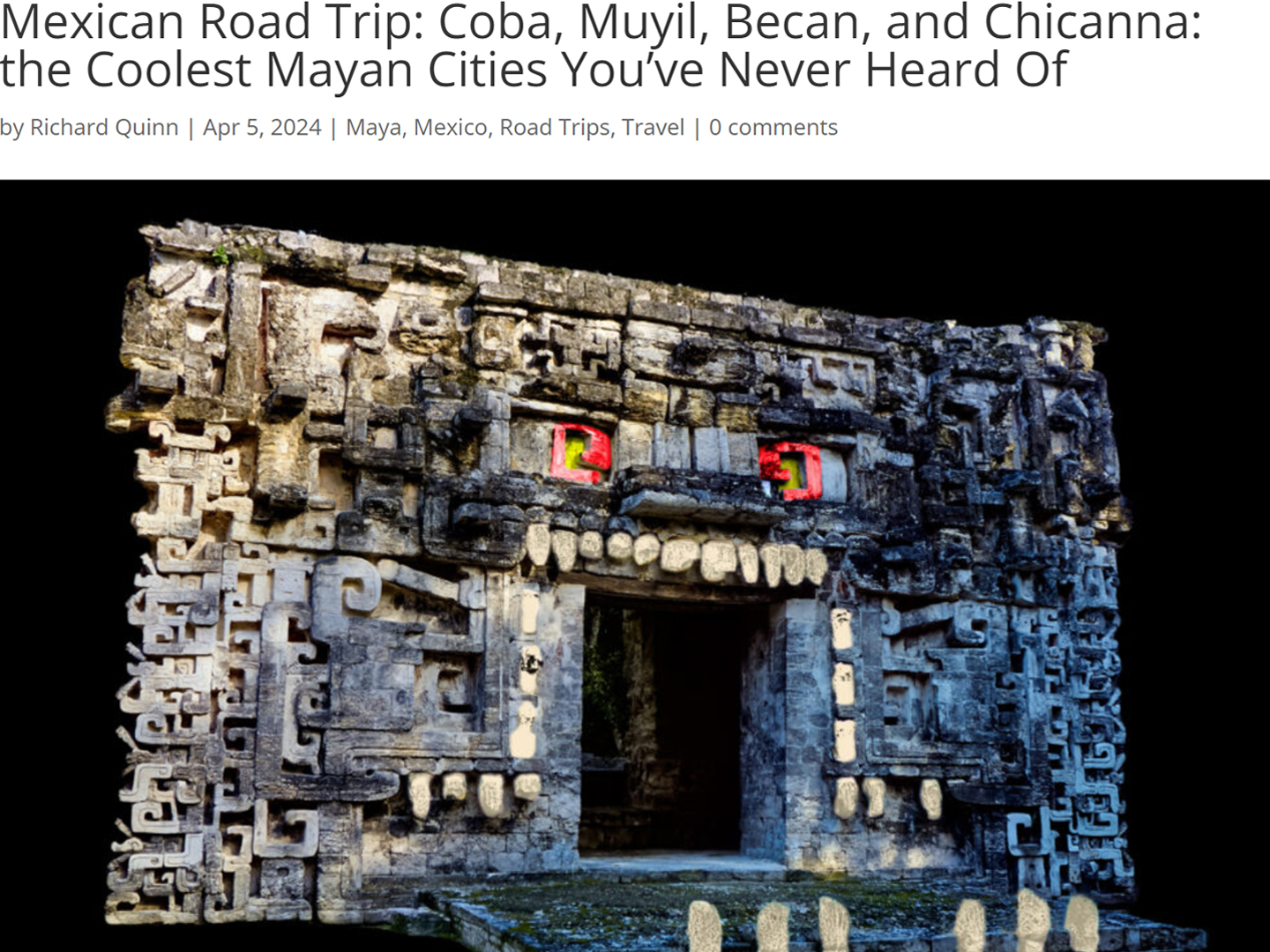
Mexican Road Trip: Cobá, Muyil, Becan, and Chicanna: the Coolest Mayan Cities You've Never Heard Of
After Tulum, we drove south, then west, headed back to Campeche. Along the way, we visited some Mayan ruins that are less well known, starting with Cobá. the major Mayan city northwest of Tulum, followed by Muyil, Becan, and Chicanna. Each site was unique, and each of them added another piece to the puzzle of the ancient Maya.
(This post is a work in progress. Anticipated publication: April, 2024)
<<CLICK to Read More!>>
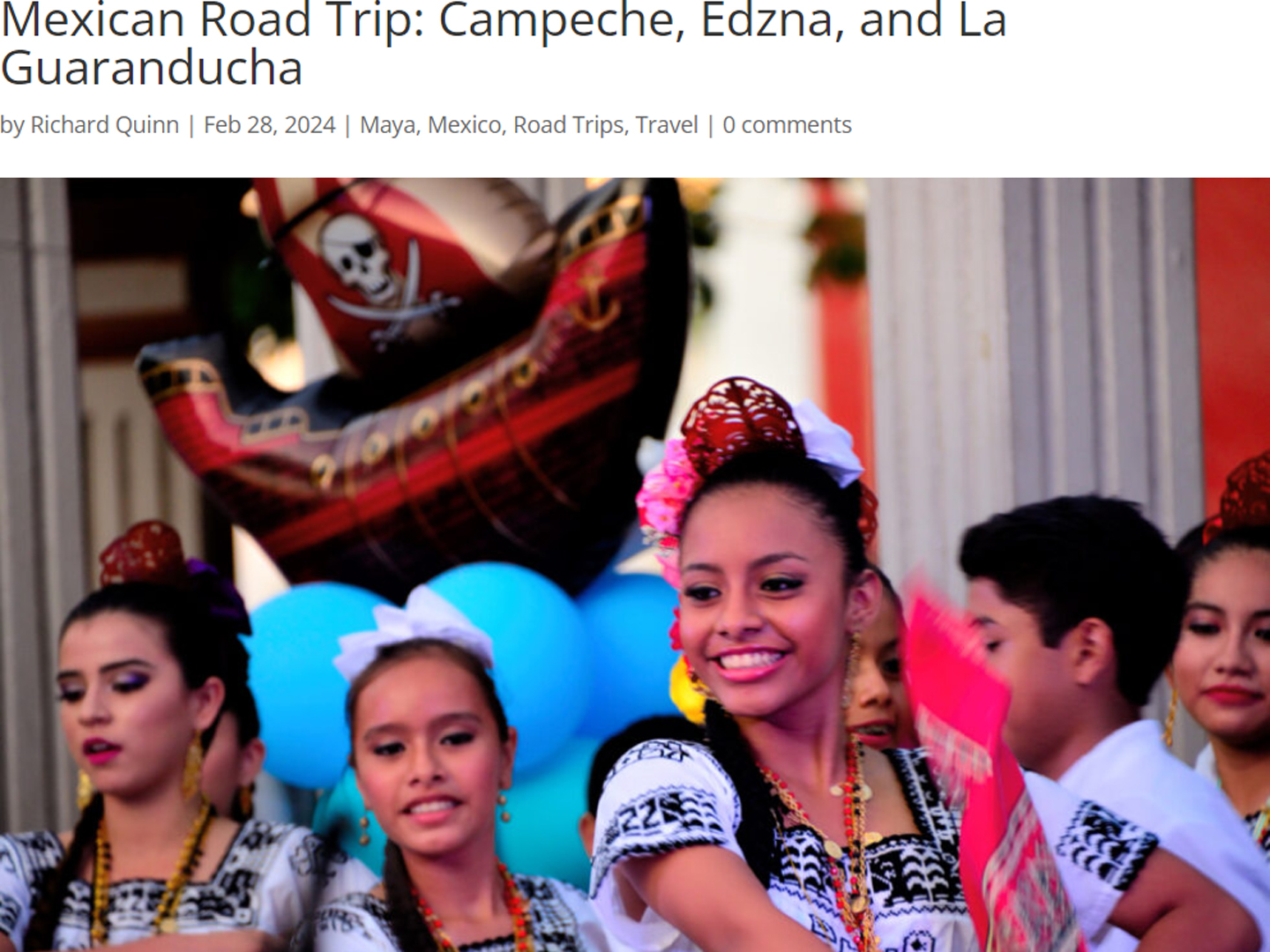
Mexican Road Trip: Campeche, Edzna, and La Guaranducha
(This post is a work in progress. Anticipated publication: May, 2024)
<<CLICK to Read More!>>
Southern Colonials: Merida, Campeche, and San Cristobal
Visiting the Spanish Colonial cities of Mexico is almost like traveling back in time. Narrow cobblestone streets wind between buildings, facades, and stately old mansions that date back three hundred years or more, along with beautiful plazas, parks, and soaring cathedrals, all of similar vintage.
<<CLICK to Read More!>>
San Miguel de Allende, Mexico's Colonial Gem
If you include the chilangos, (escapees from Mexico City), close to 20% of the population of San Miguel de Allende is from somewhere else, a figure that includes several thousand American retirees.
<<CLICK to Read More!>>
Day of the Dead in San Miguel de Allende
In San Miguel de Allende, they've adopted a variation on the American version of Halloween and made it a part of their Day of the Dead celebration. Costumed children circle the square seeking candy hand-outs from the crowd of onlookers. It's a wonderful, colorful parade that's all about the treats, with no tricks!
<<CLICK to Read More!>>
IN THE LAND OF THE MAYA
Palenque: Mayan City in the Hills of Chiapas
Palenque! Just hearing the name conjures images of crumbling limestone pyramids rising up out of the the jungle, of palaces and temples cloaked in mist, ornate stone carvings, colorful parrots and toucans flitting from tree to tree in the dense forest that constantly encroaches, threatening to swallow the place whole.
<<CLICK to Read More!>>
Uxmal: Architectural Perfection in the Land of the Maya
The Pyramid of the Magician is one of the most impressive monuments I've ever seen. There's a powerful energy in that spot--maybe something to do with all the blood that was spilled on the altars of human sacrifice at the top of those impossibly steep steps--but more than any building or other structure at any ancient ruin I've ever visited, more than any demonic ancient sculpture I've ever seen, that pyramid at Uxmal quite frankly scared the hell out of me!
<<CLICK to Read More!>>
Photographer's Assignment: Chichén Itzá
To get the best photos, arrive at the park before it opens at 8 AM. There will only be a handful of other visitors, and you’ll have the place practically all to yourself for as much as two hours! Take your time composing your perfect shot.There won’t be a single selfie stick in sight.
<<CLICK to Read More!>>
Tulum: The City that Greets the Dawn
Tulum is not all that large, as Mayan sites go, but its spectacular location, right on the east coast of the Yucatan Peninsula, makes it one of the best known, and definitely one of the most picturesque.
<<CLICK to Read More!>>
Cobá and Muyil: Mayan Cities in Quintana Roo
Cobá was a trading hub, positioned at the nexus of a network of raised stone and plaster causeways known as the sacbeob, the white roads, some of which extended for as much as 100 kilometers, connecting far-flung Mayan communities and helping to cement the influence of this powerful city.
<<CLICK to Read More!>>
Becan and Chicanna: Mayan Cities in the Rio Bec Style
Much about the Rio Bec architectural style was based on illusion: common elements include staircases that go nowhere and serve no function, false doorways into alcoves that end in blank walls, and buildings that appear to be temples, but are actually solid structures with no interior space.
<<CLICK to Read More!>>
The Puuc Hills: Apex of Mayan Architecture
The Puuc style was a whole new way of building. The craftsmanship was unsurpassed, and some of the monumental structures created in this period, most notably the Governor’s Palace at Uxmal, rank among the greatest architectural achievements of all time.
<<CLICK to Read More!>>
The Amazing Mayan Murals of Bonampak
Out of that handful of Mayan sites where mural paintings have survived, there is one in particular that stands head and shoulders above the rest. One very special place. Down by the Guatemalan border, in a remote corner of the Mexican State of Chiapas: a small Mayan ruin known as Bonampak.
<<CLICK to Read More!>>
A shout out to my old friend Mike Fritz (aka Mr. Whiskers), my shotgun rider on my Mexican Road Trip. "Drive to the Yucatan and See Mayan Ruins" was at the top of my post-retirement bucket list, right after "Drive the Alaska Highway and see Denali." We checked off the whole Yucatan thing in a major way, and Mike was a heck of a good sport about it.
Road trips with old friends are the absolute best. We laugh and we laugh until we run out of breath, and laughter is good for the soul!
There's nothing like a good road trip. Whether you're flying solo or with your family, on a motorcycle or in an RV, across your state or across the country, the important thing is that you're out there, away from your town, your work, your routine, meeting new people, seeing new sights, building the best kind of memories while living your life to the fullest.
Are you a veteran road tripper who loves grand vistas, or someone who's never done it, but would love to give it a try? Either way, you should consider making the Southwestern U.S. the scene of your own next adventure.
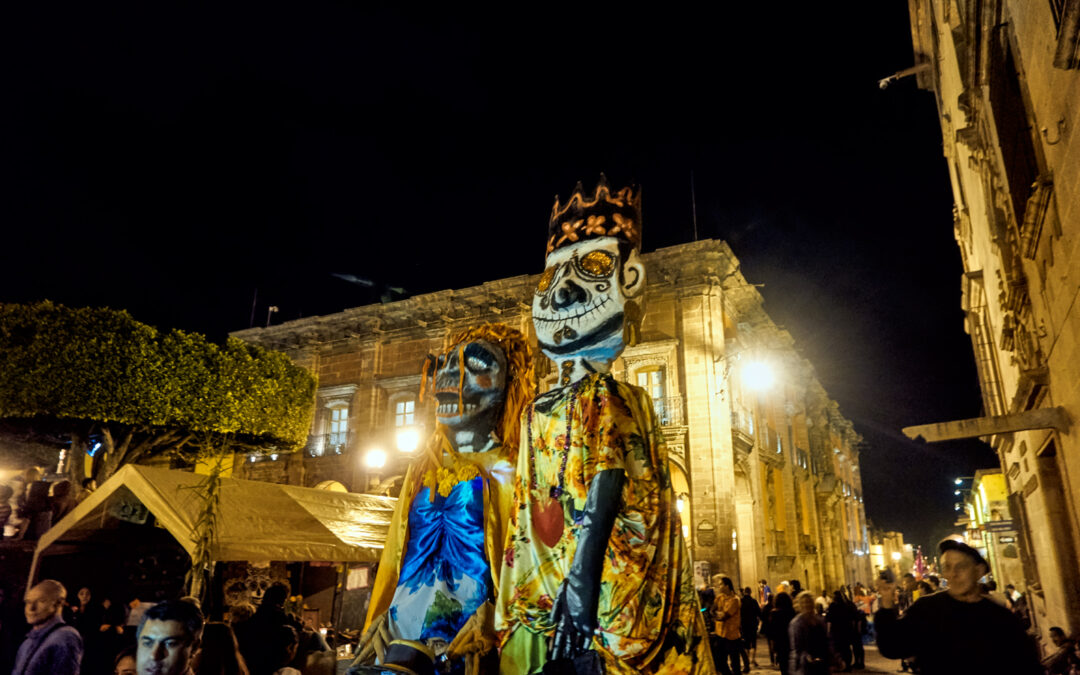
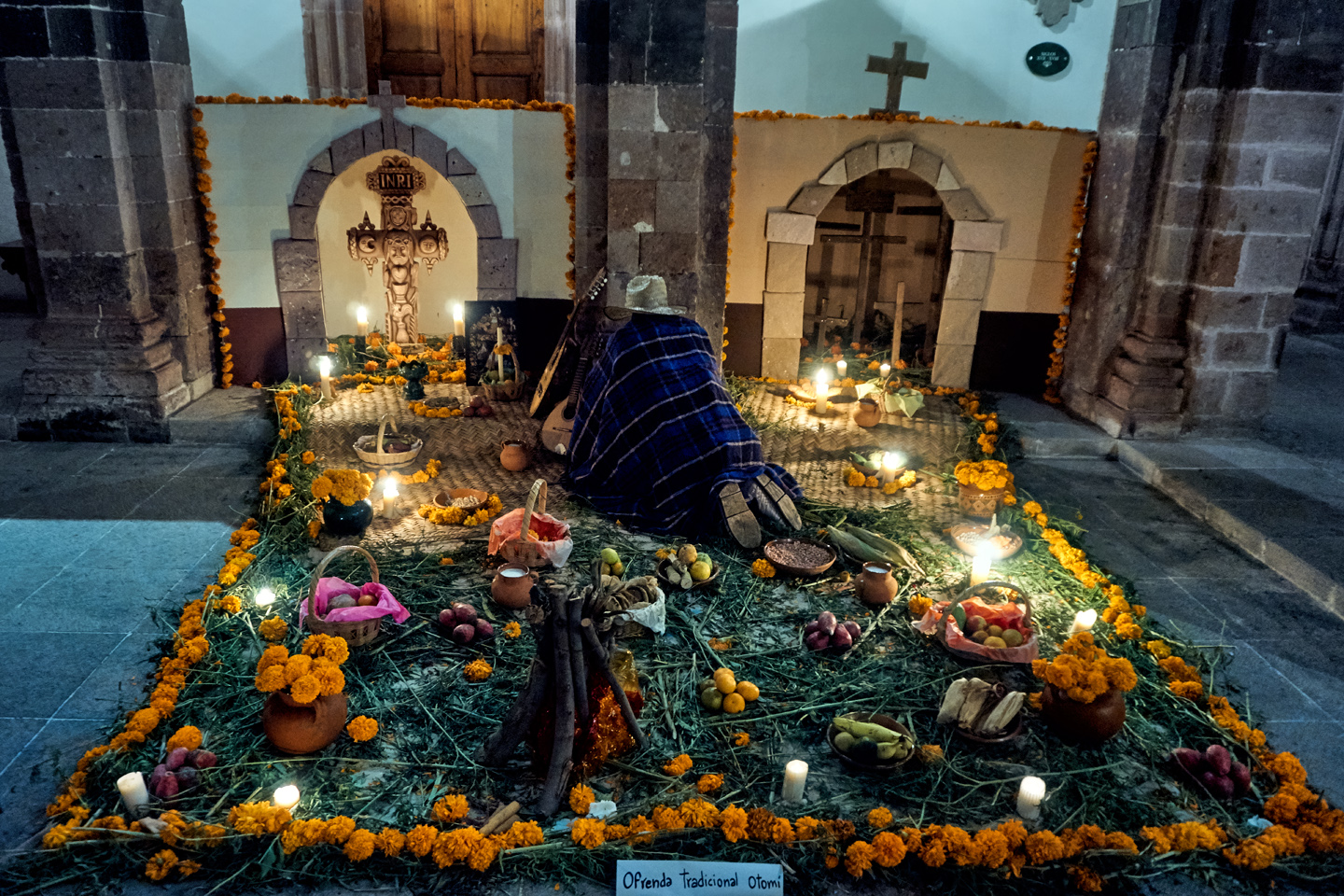
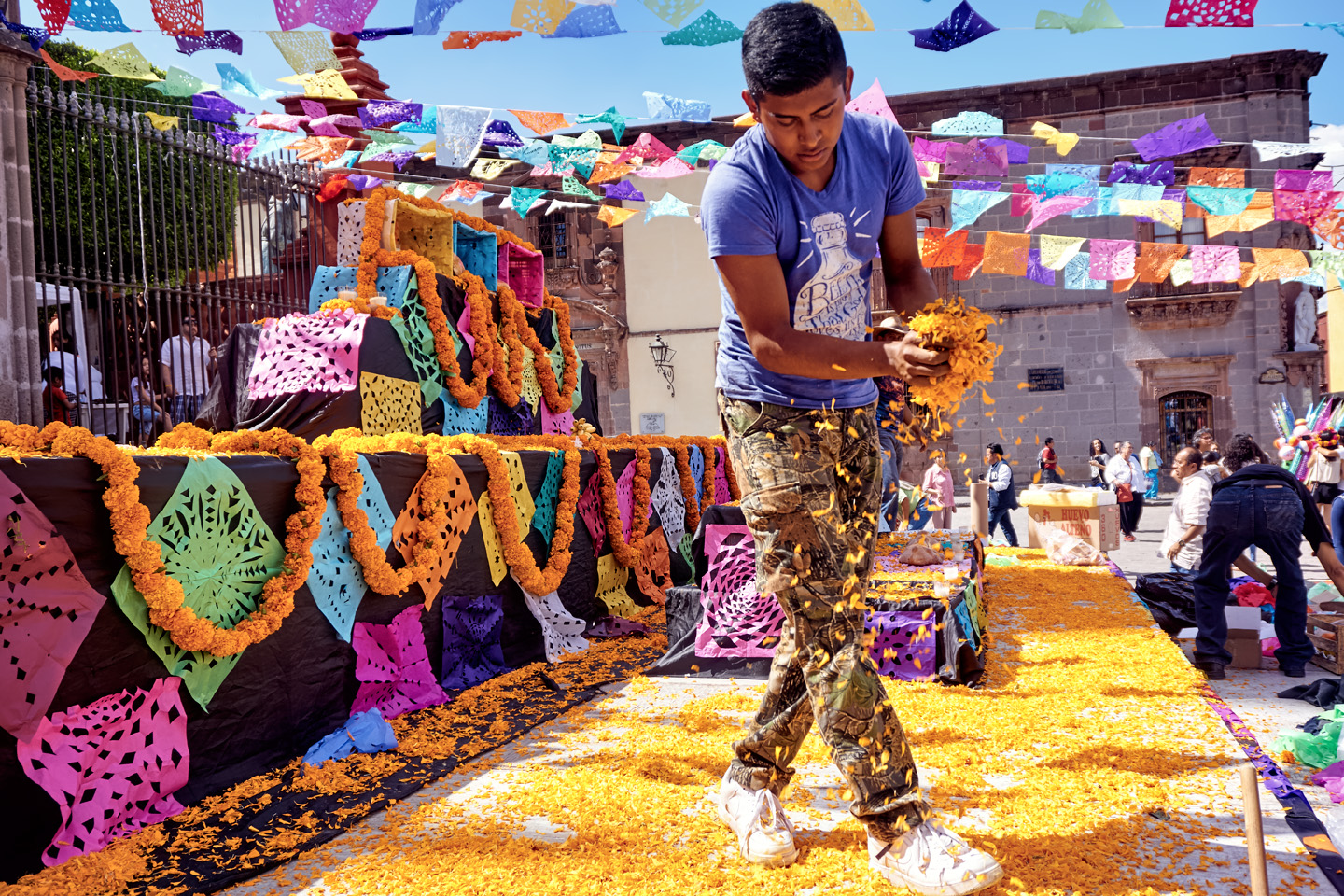
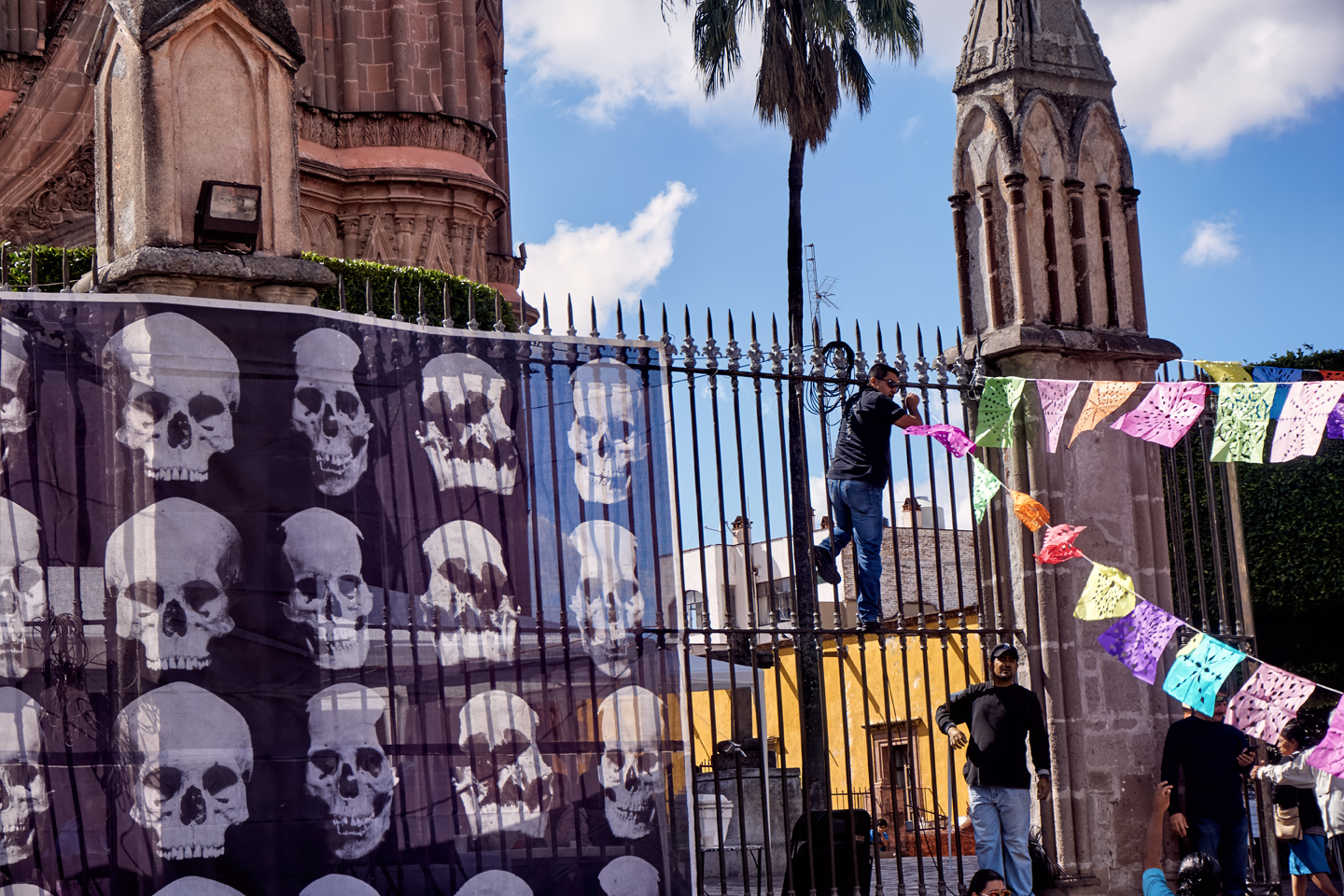
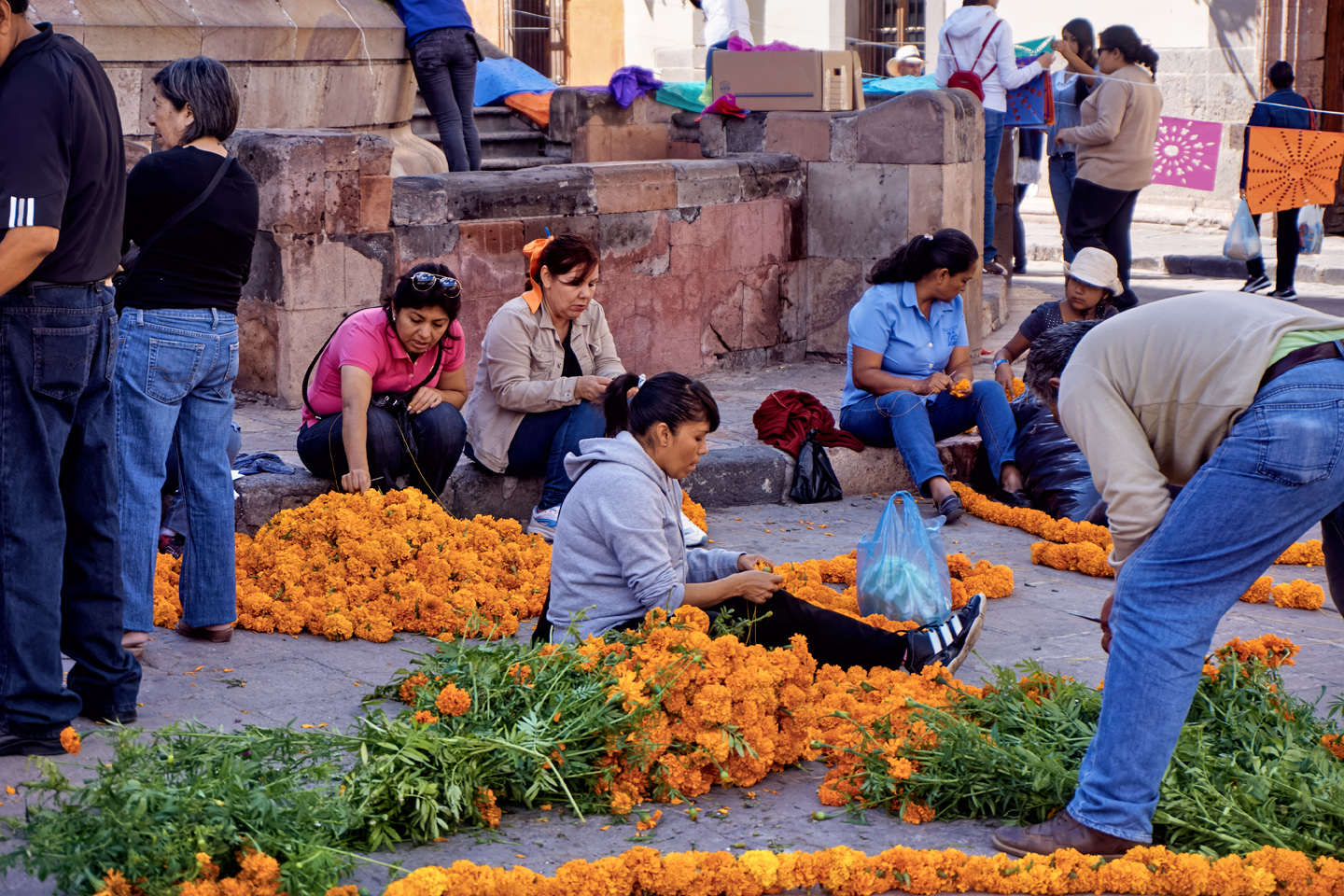
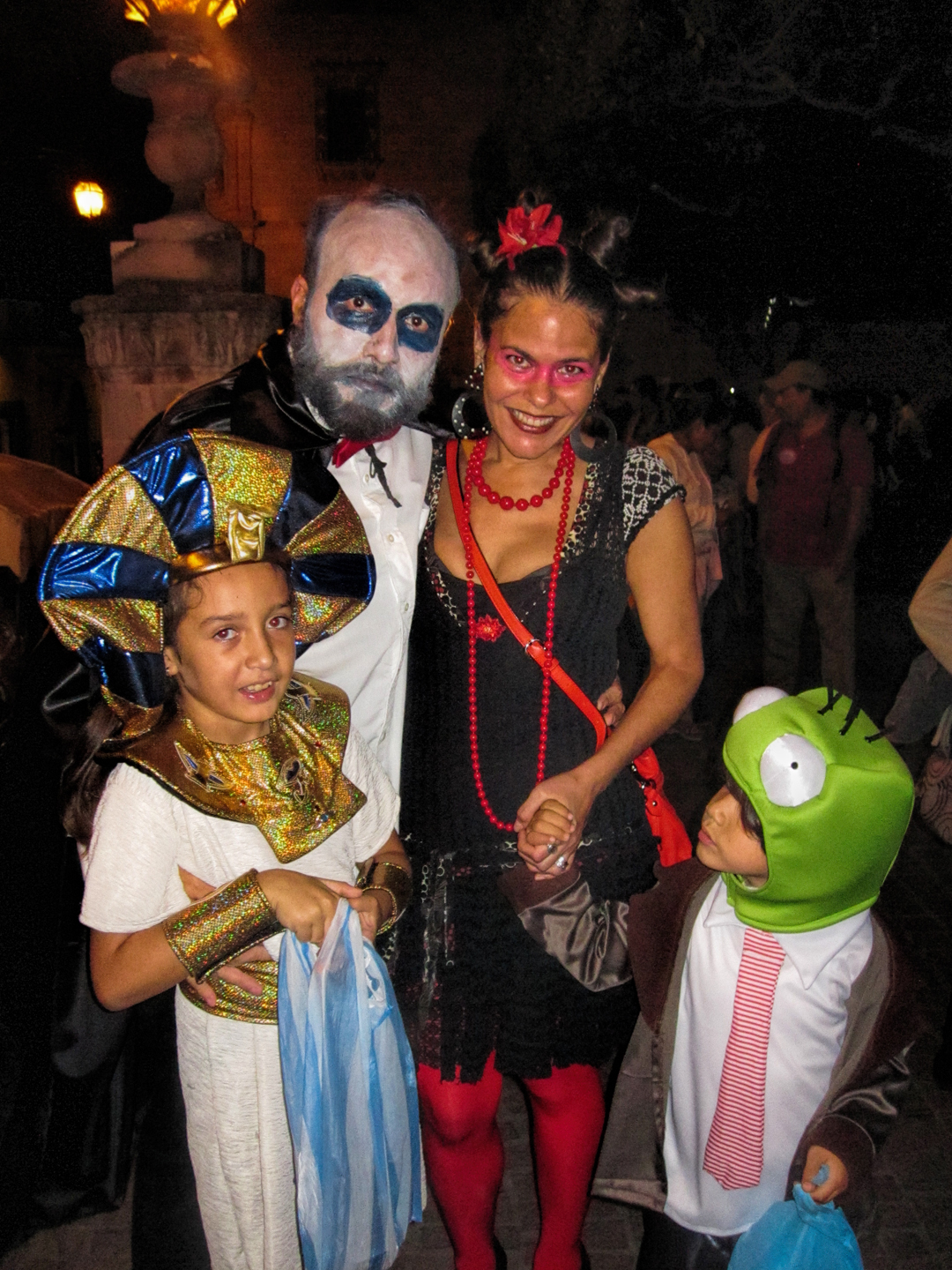
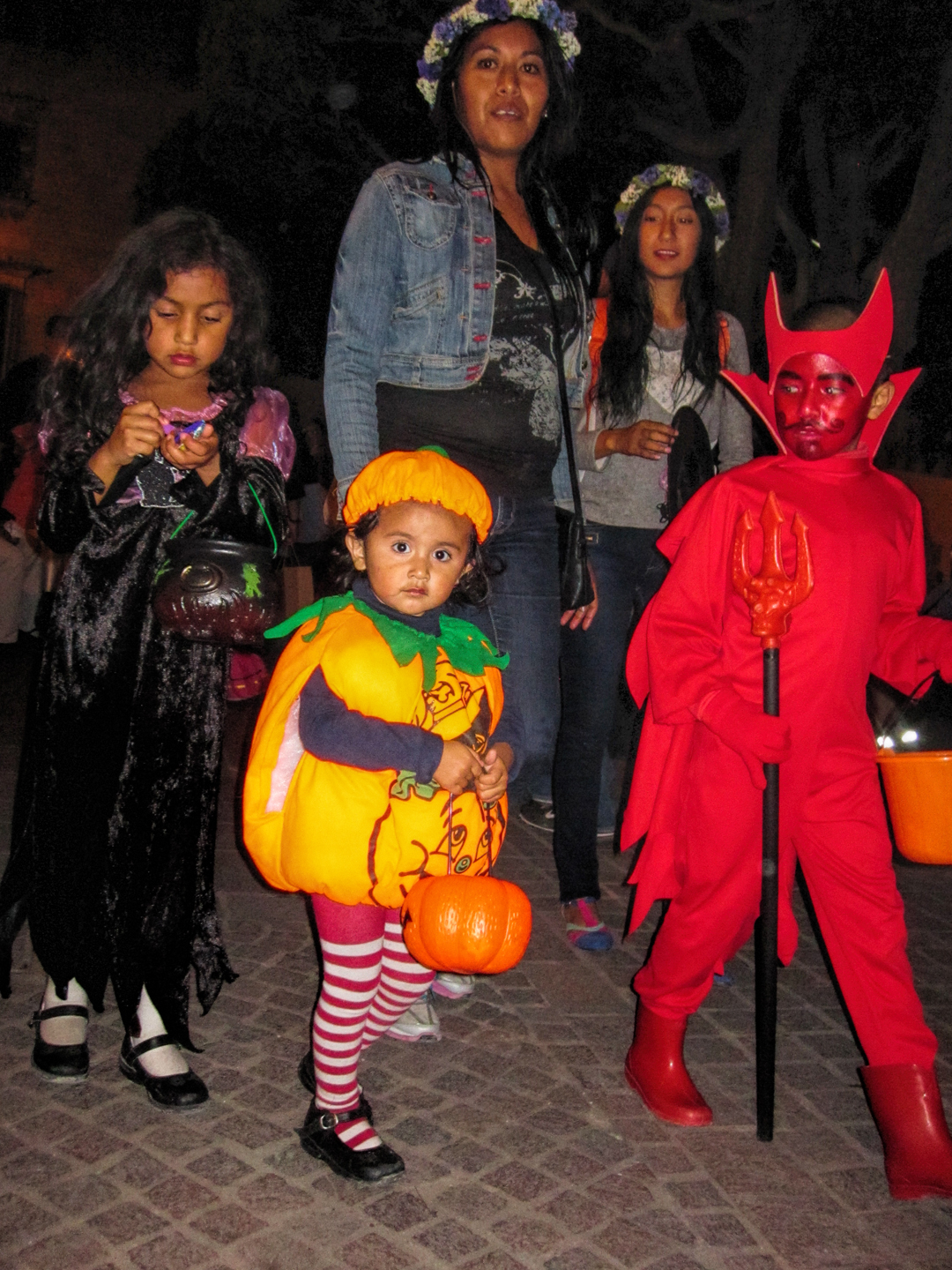
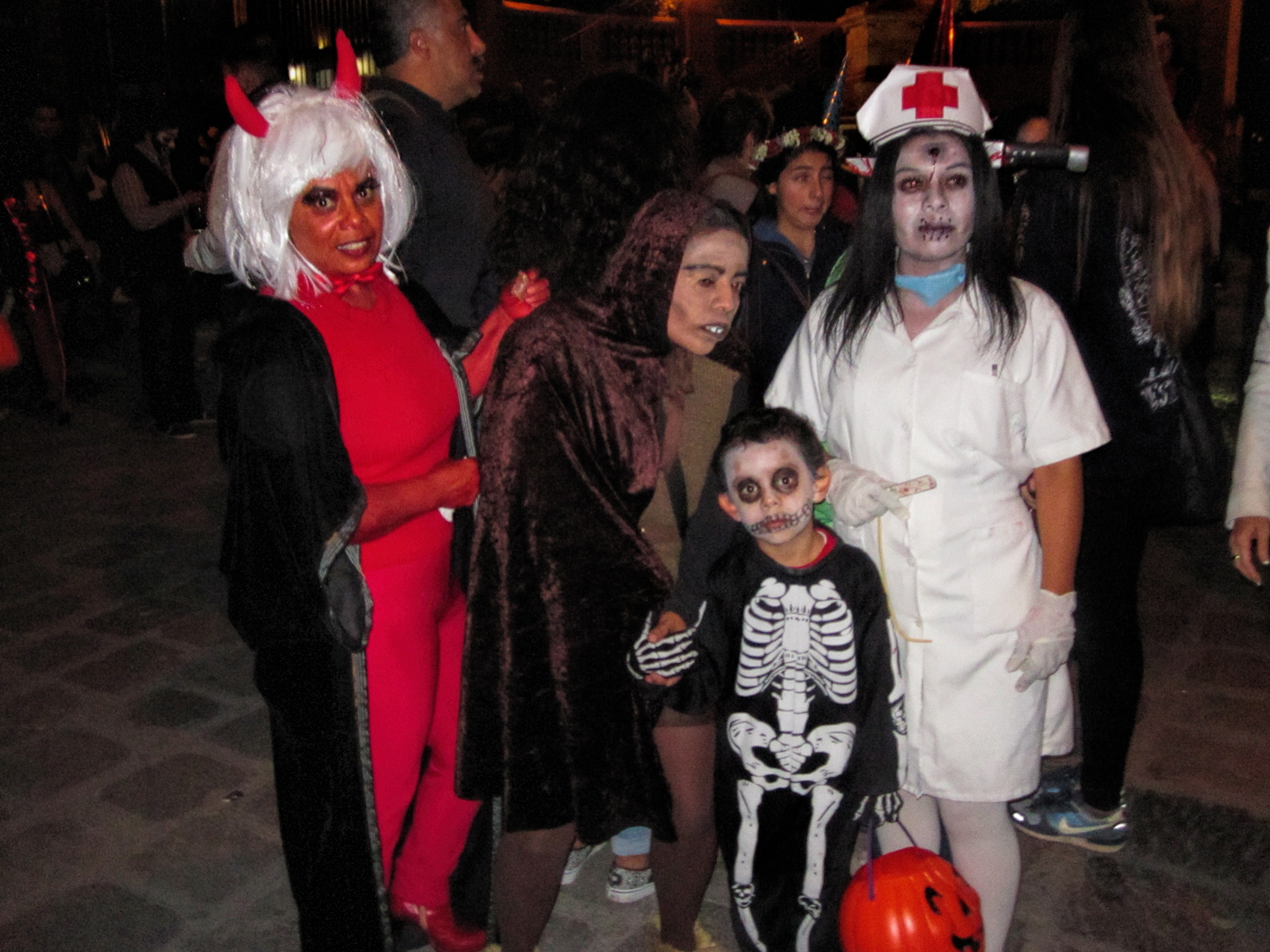
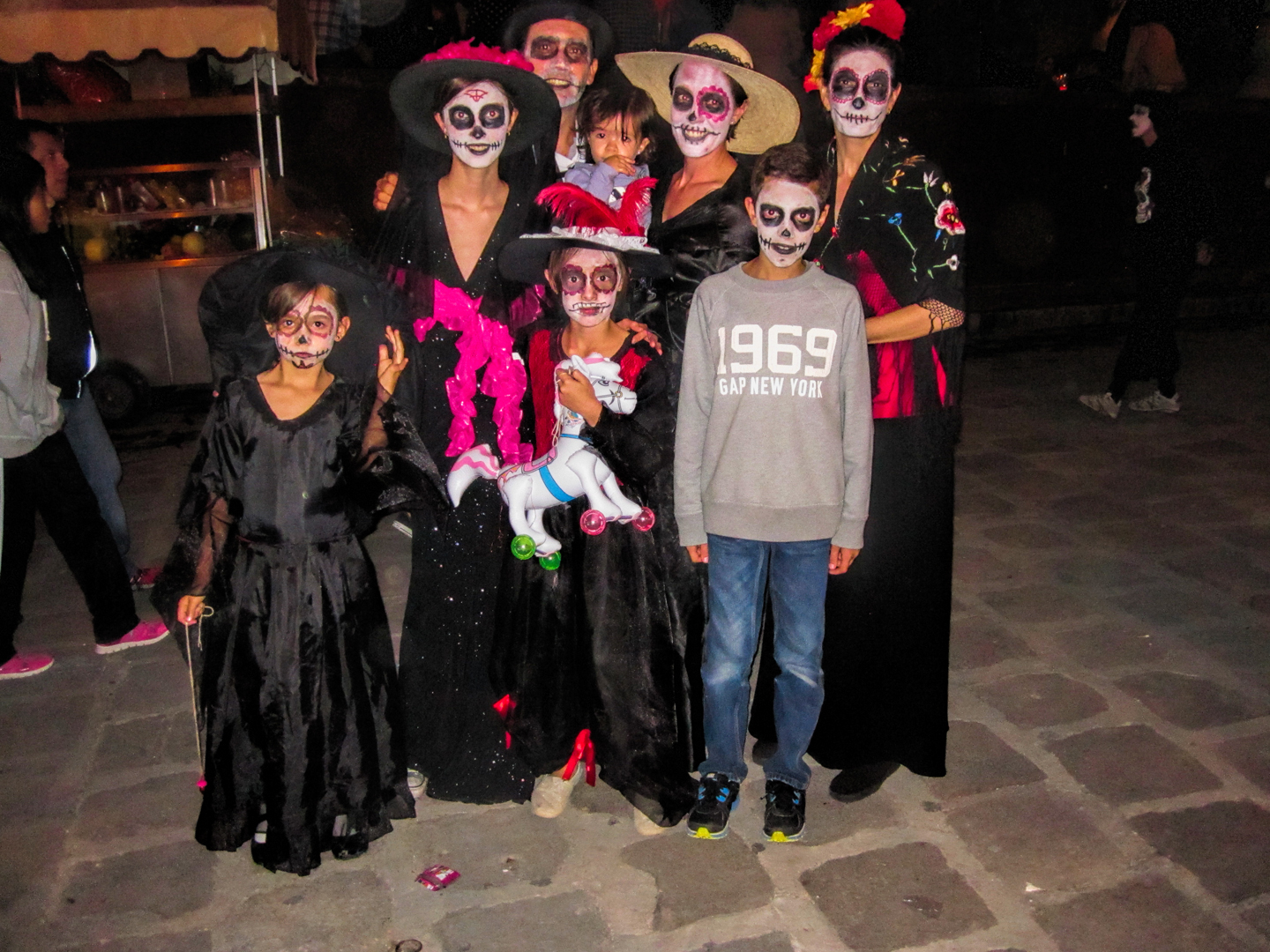
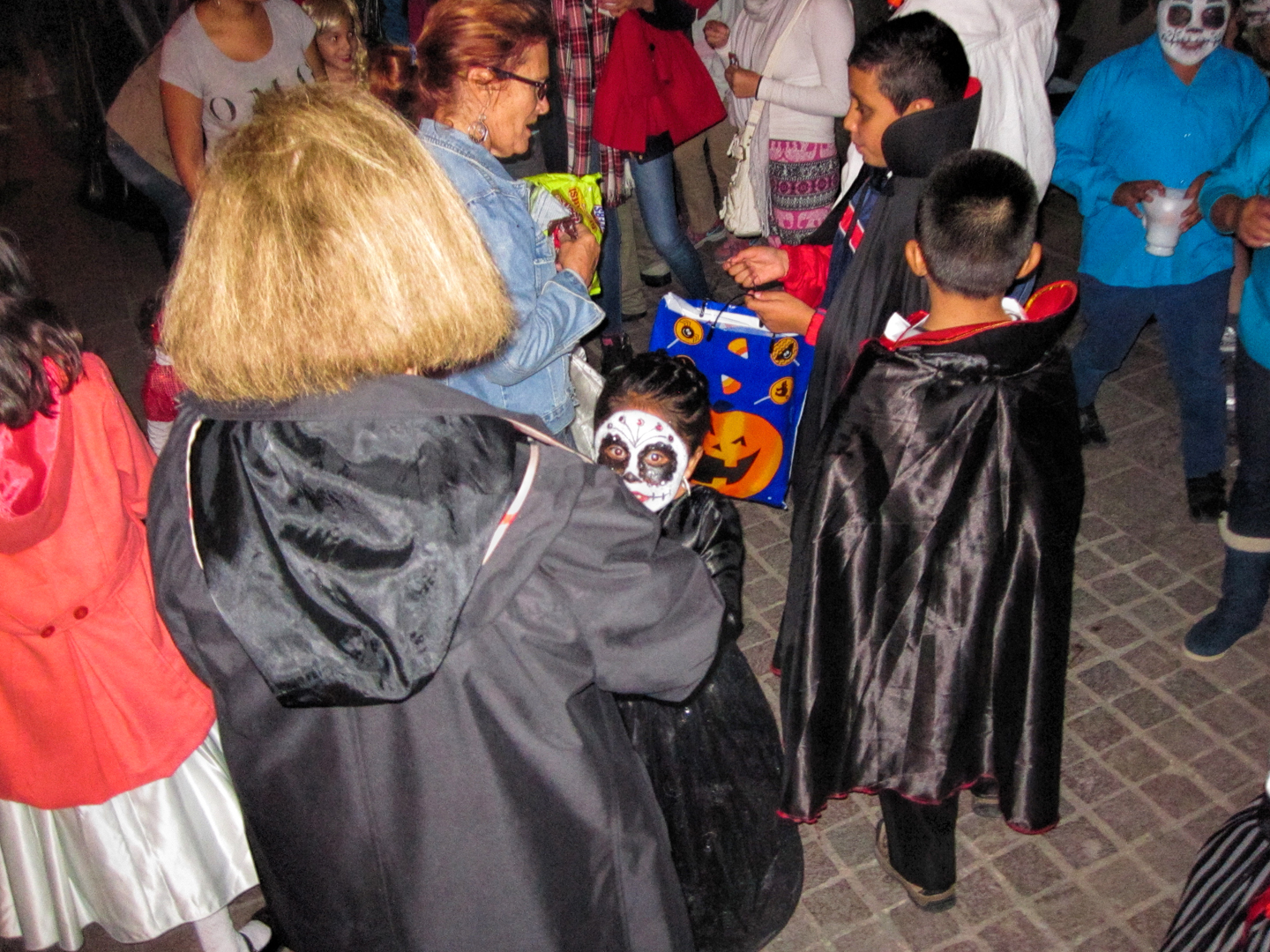
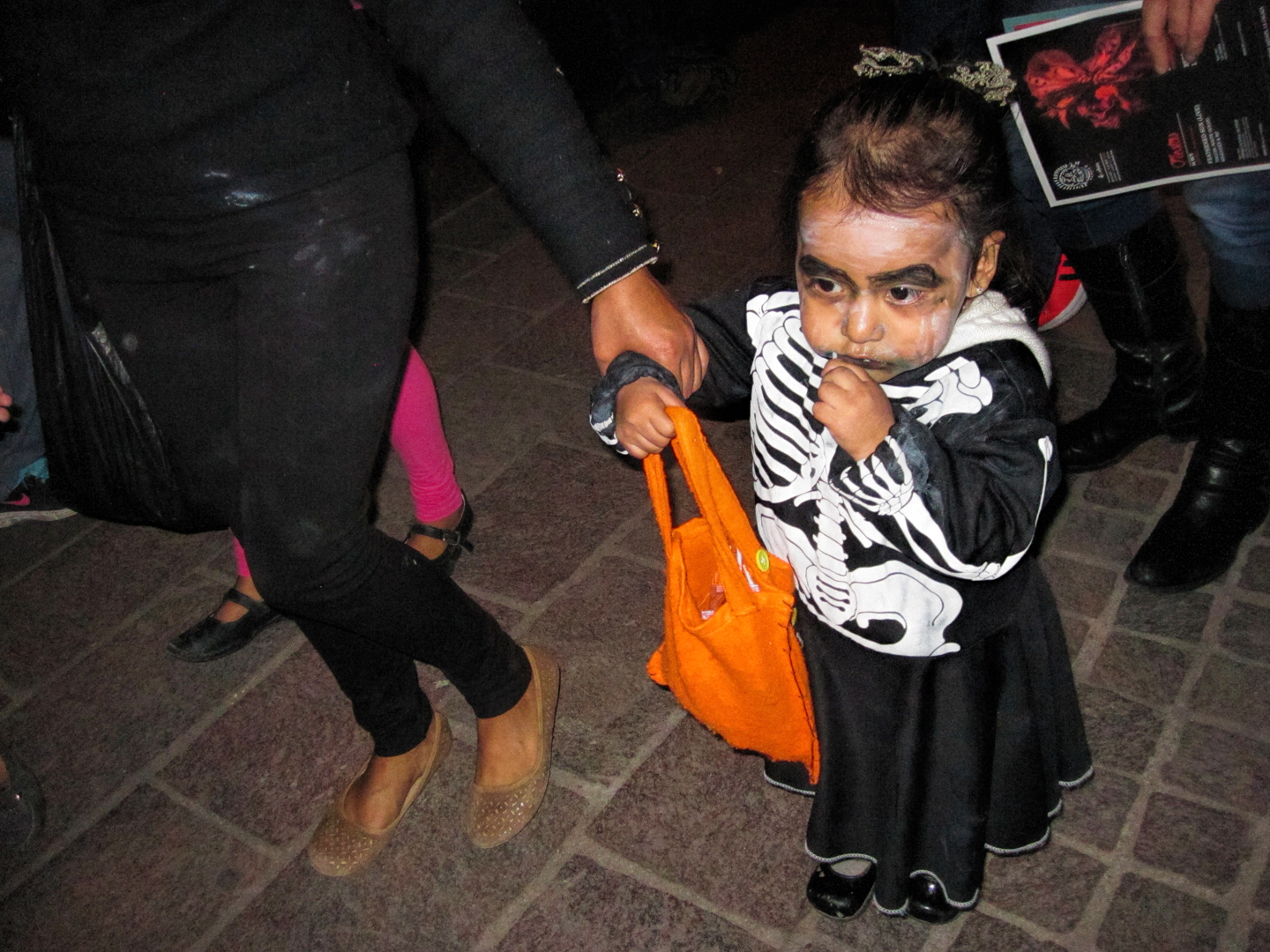
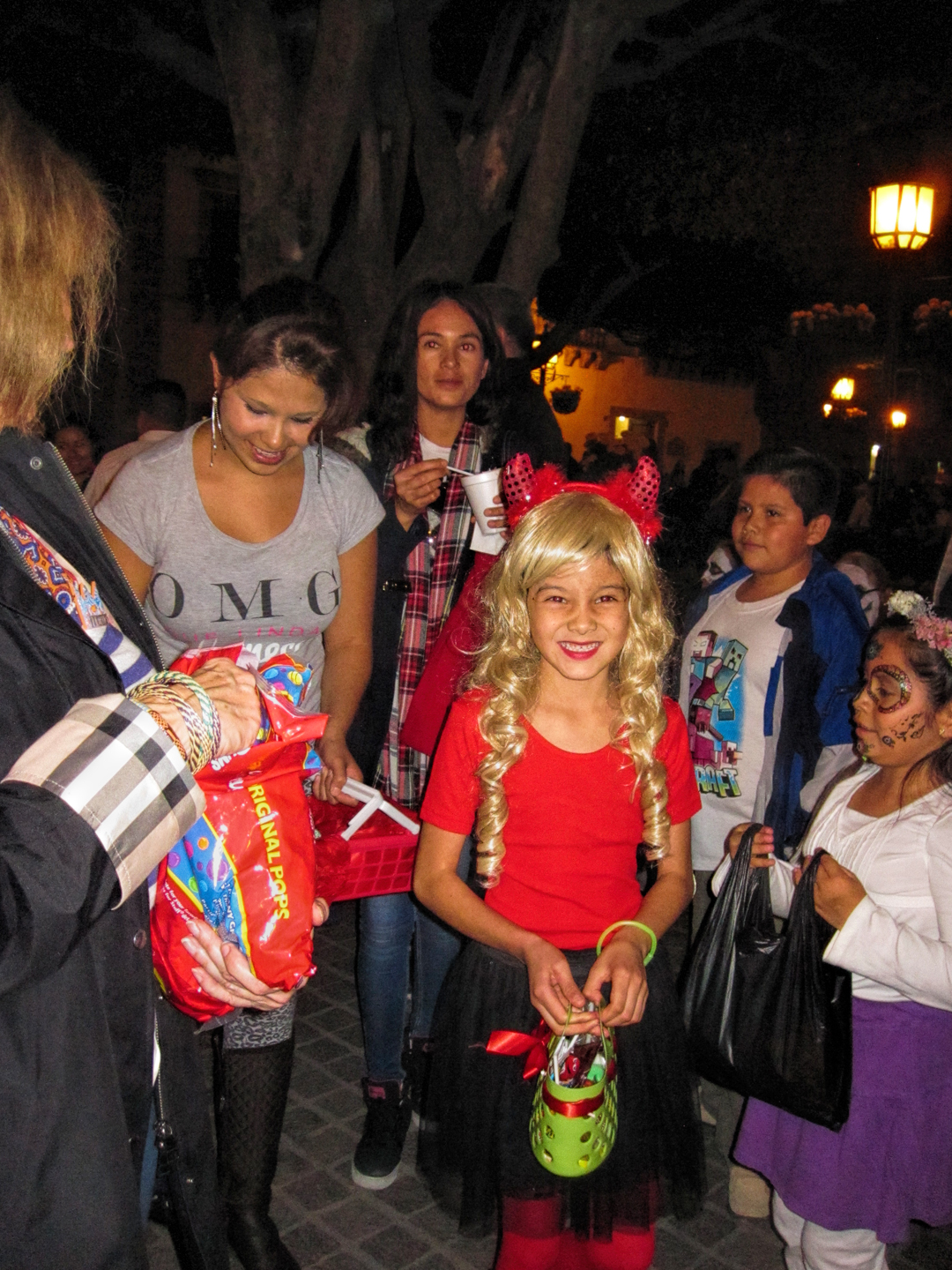
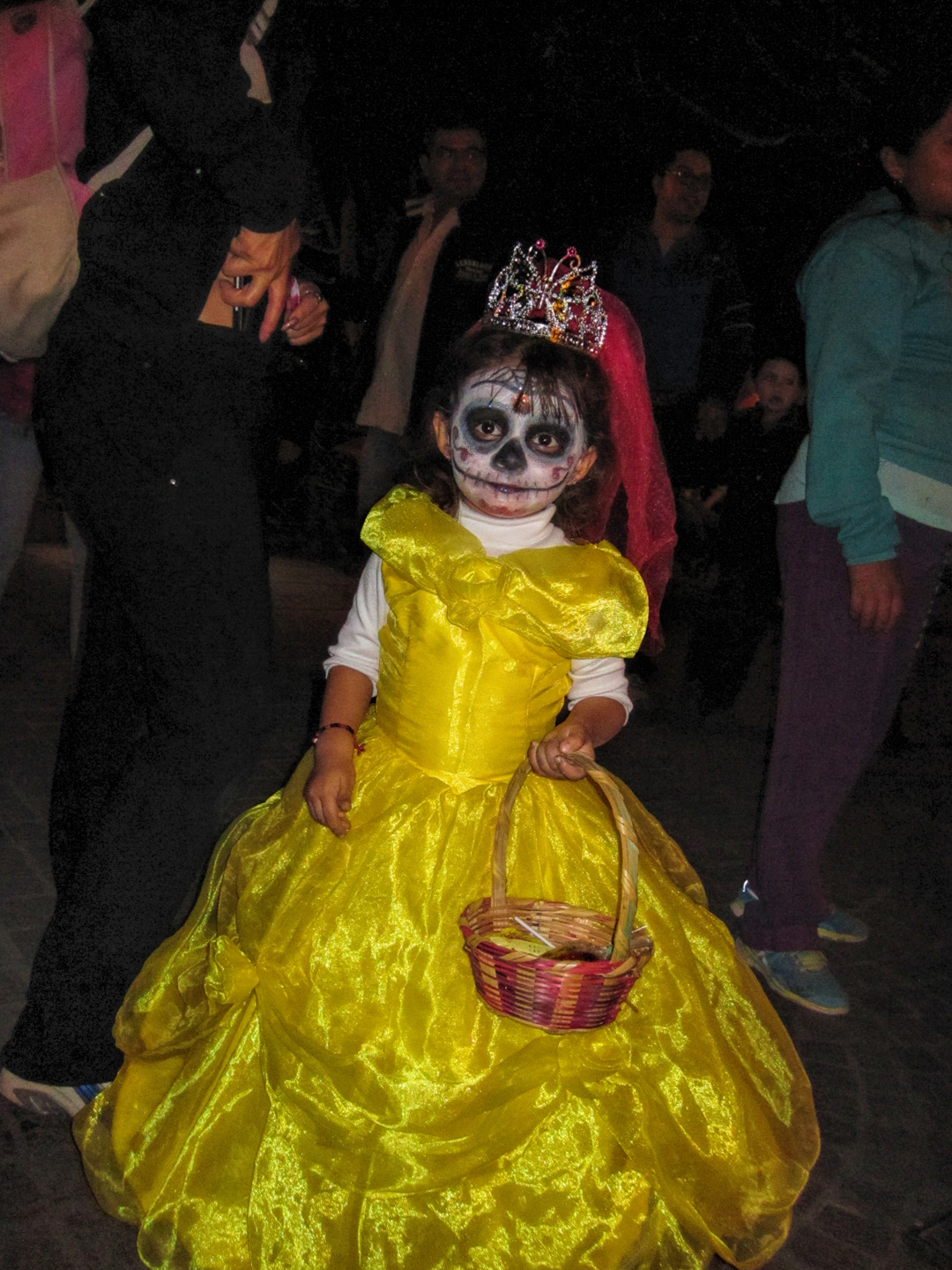
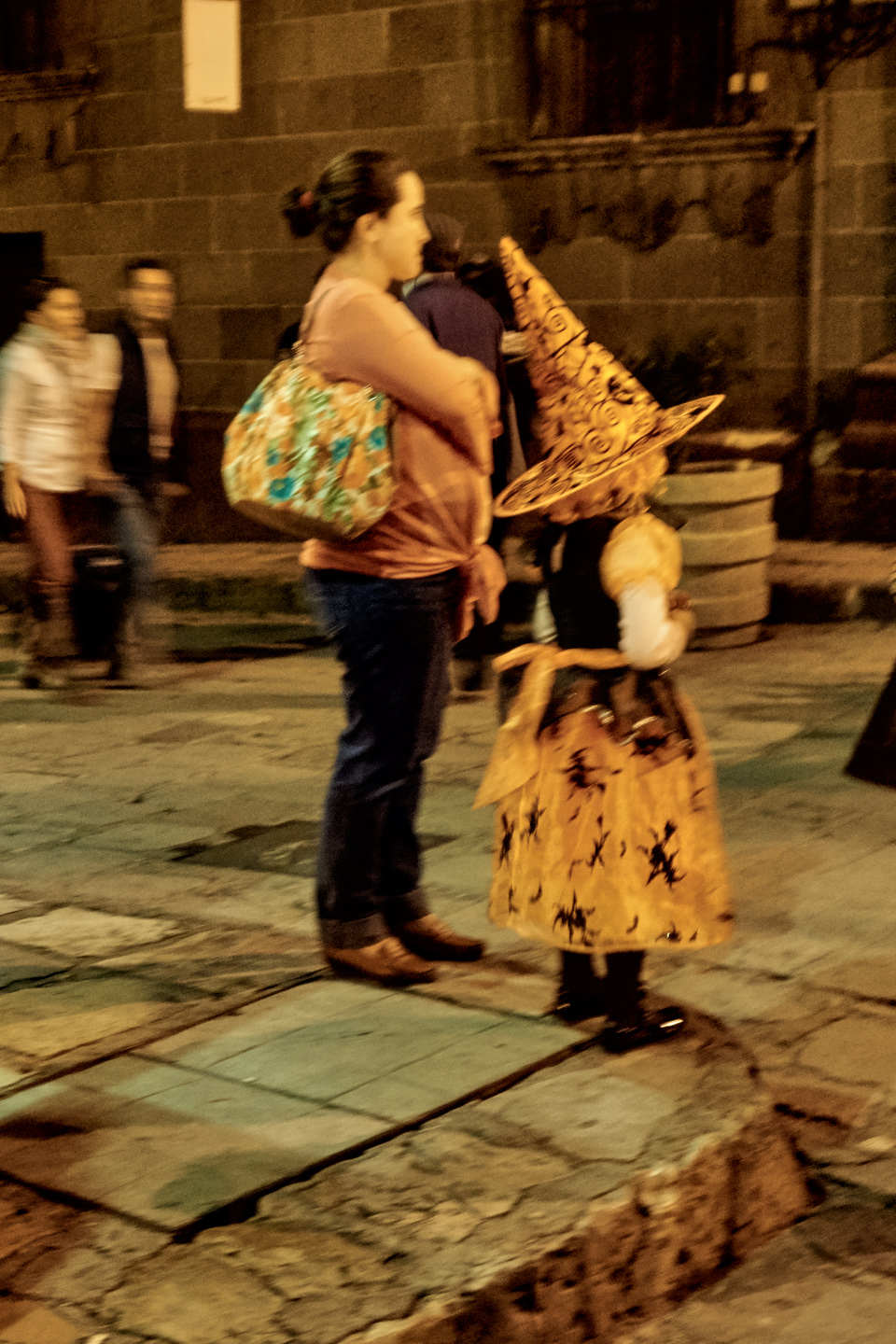
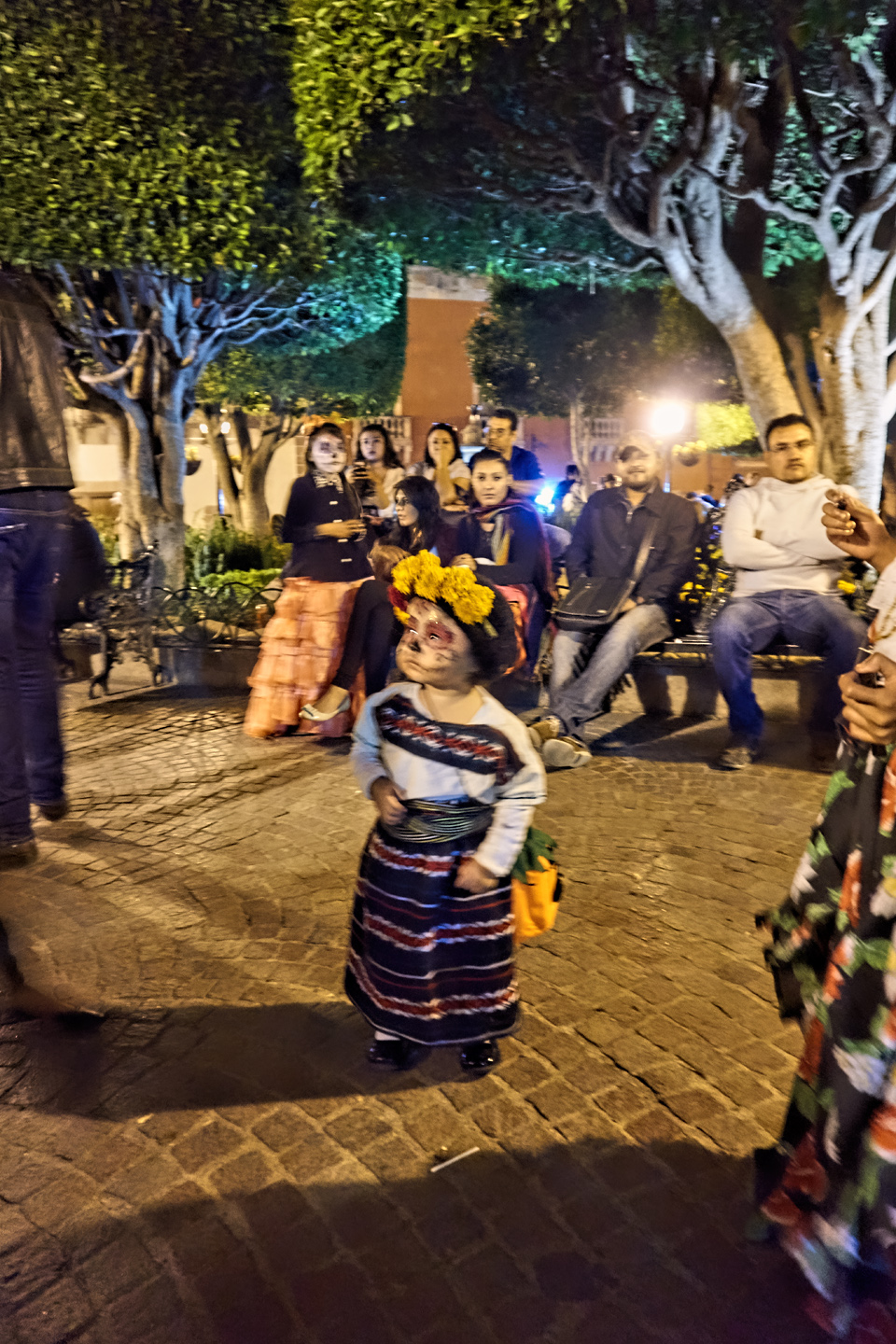
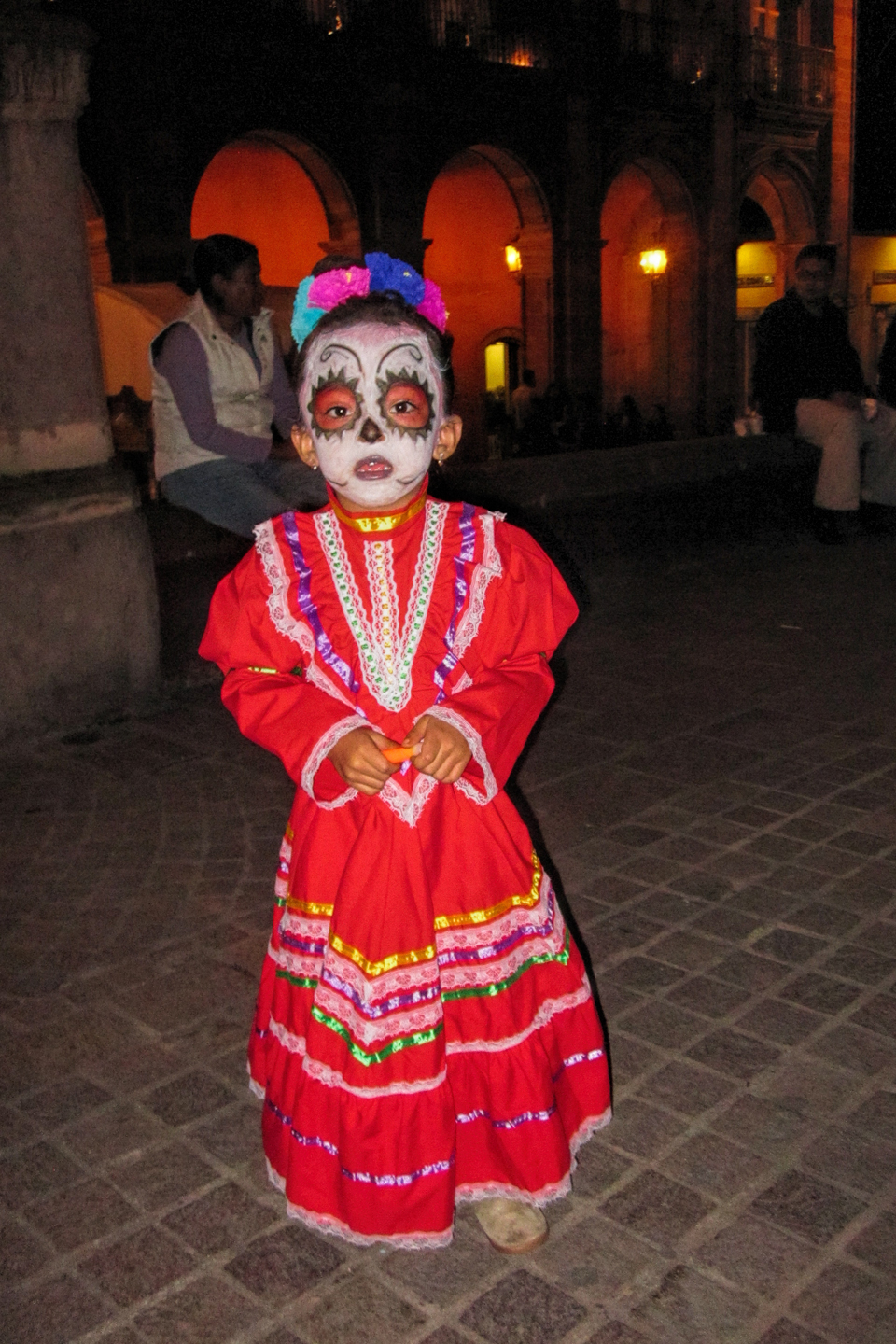
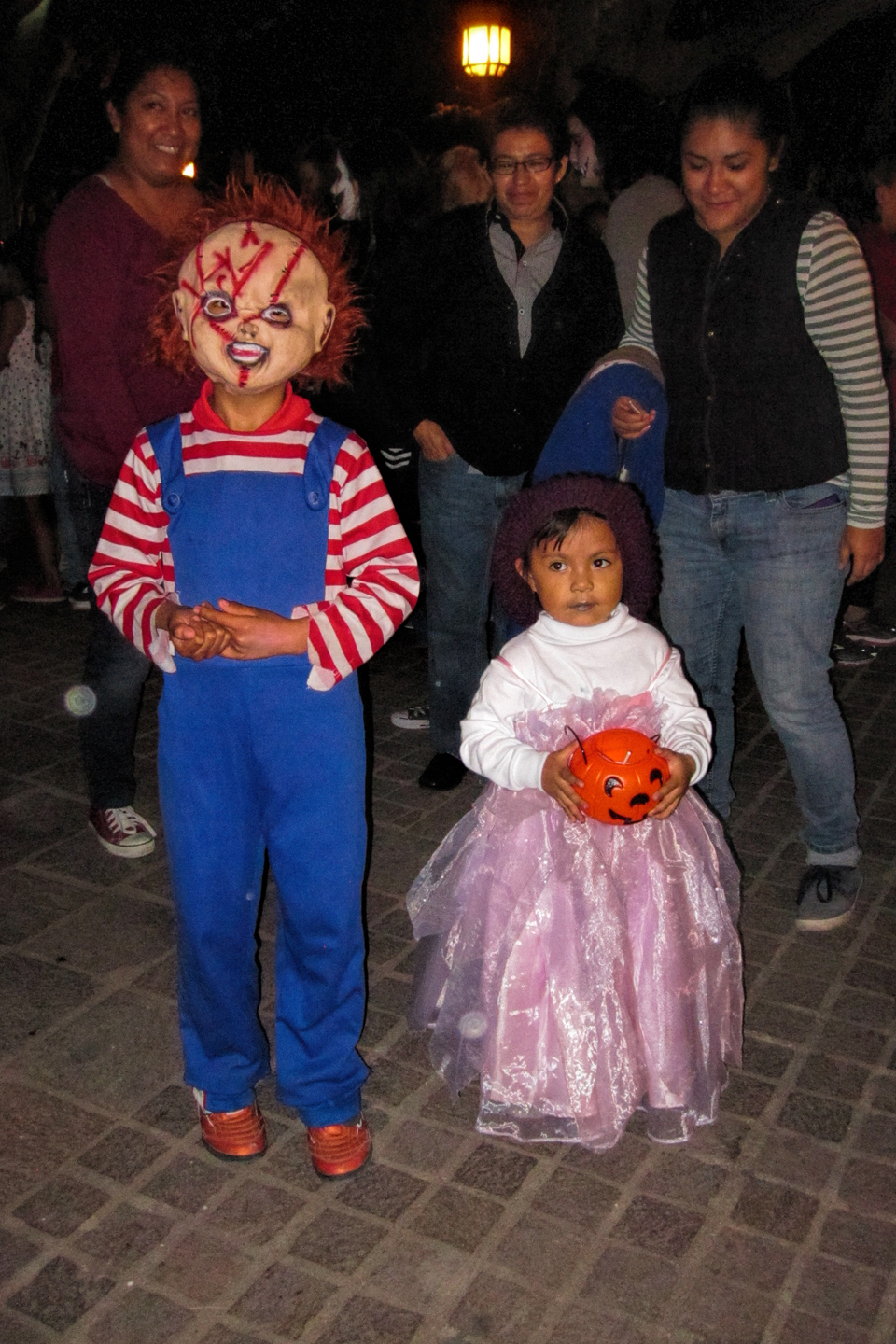
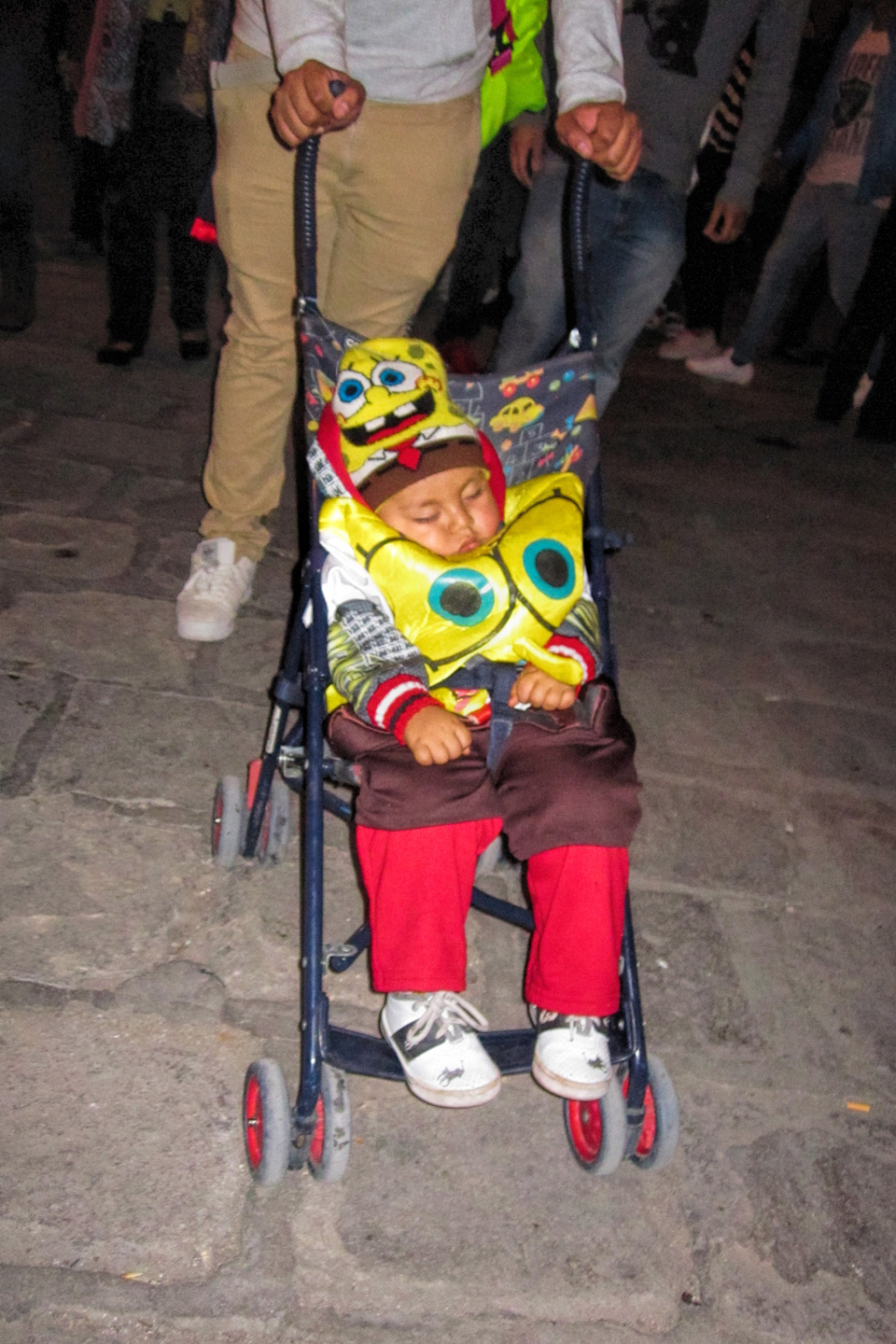
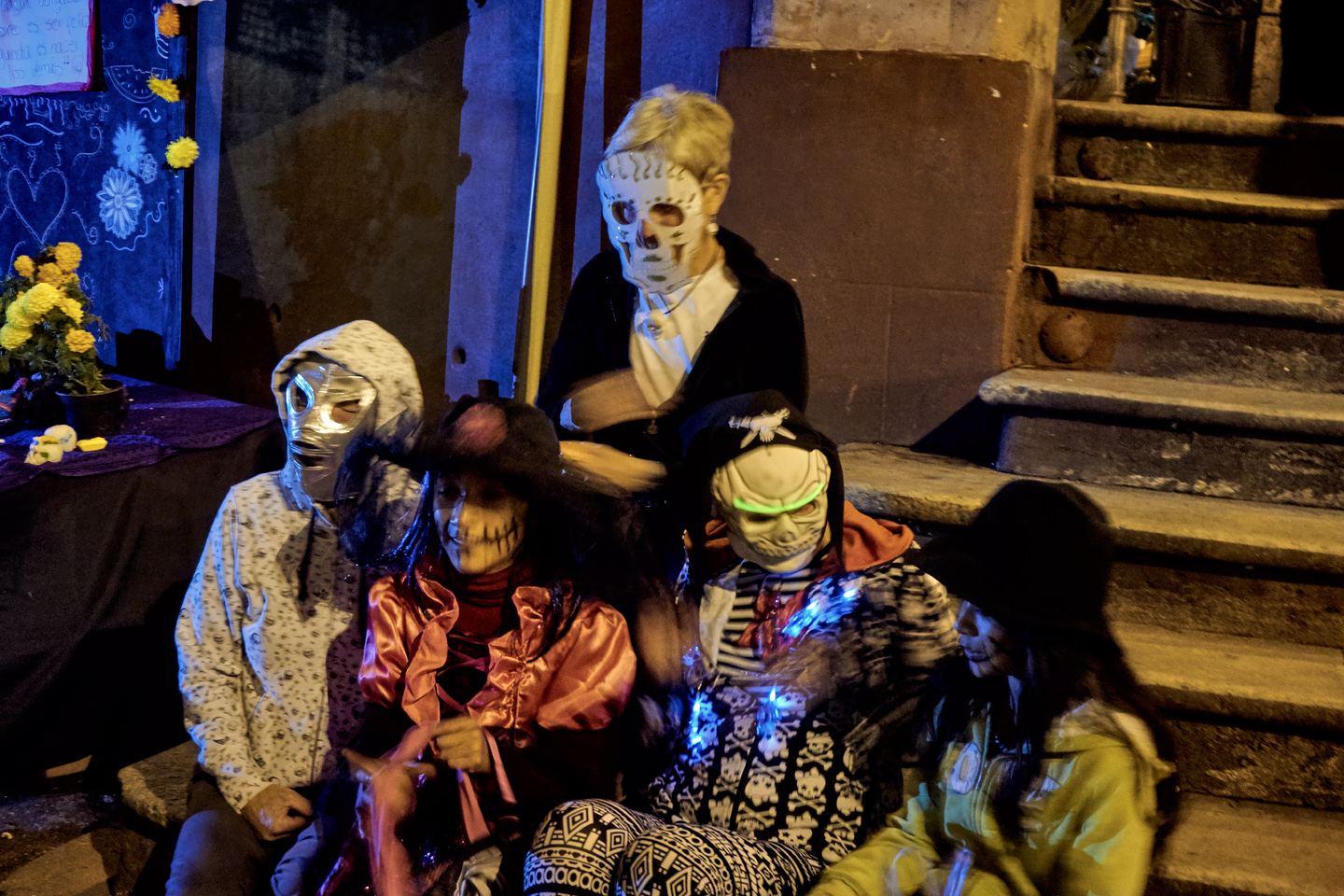
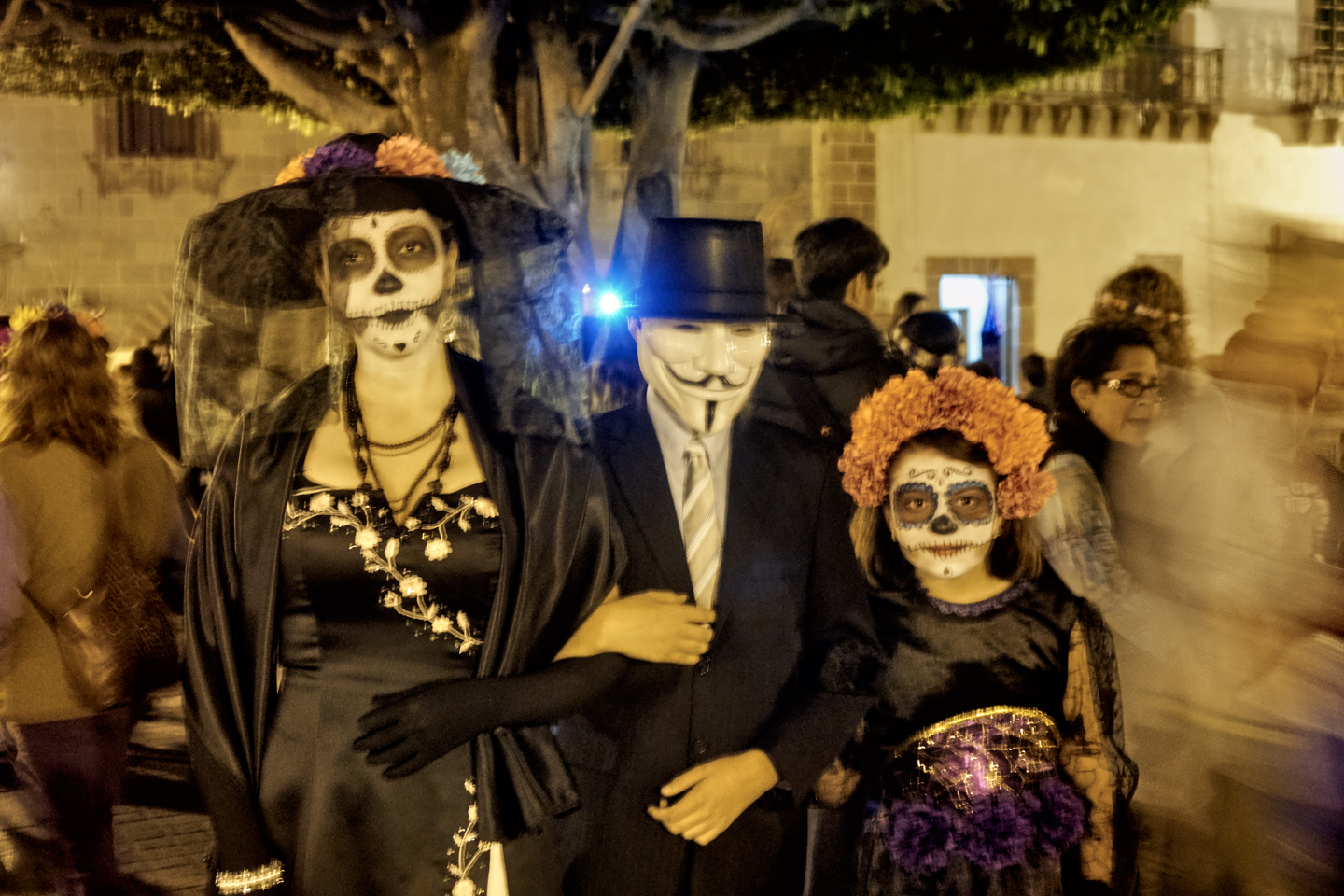
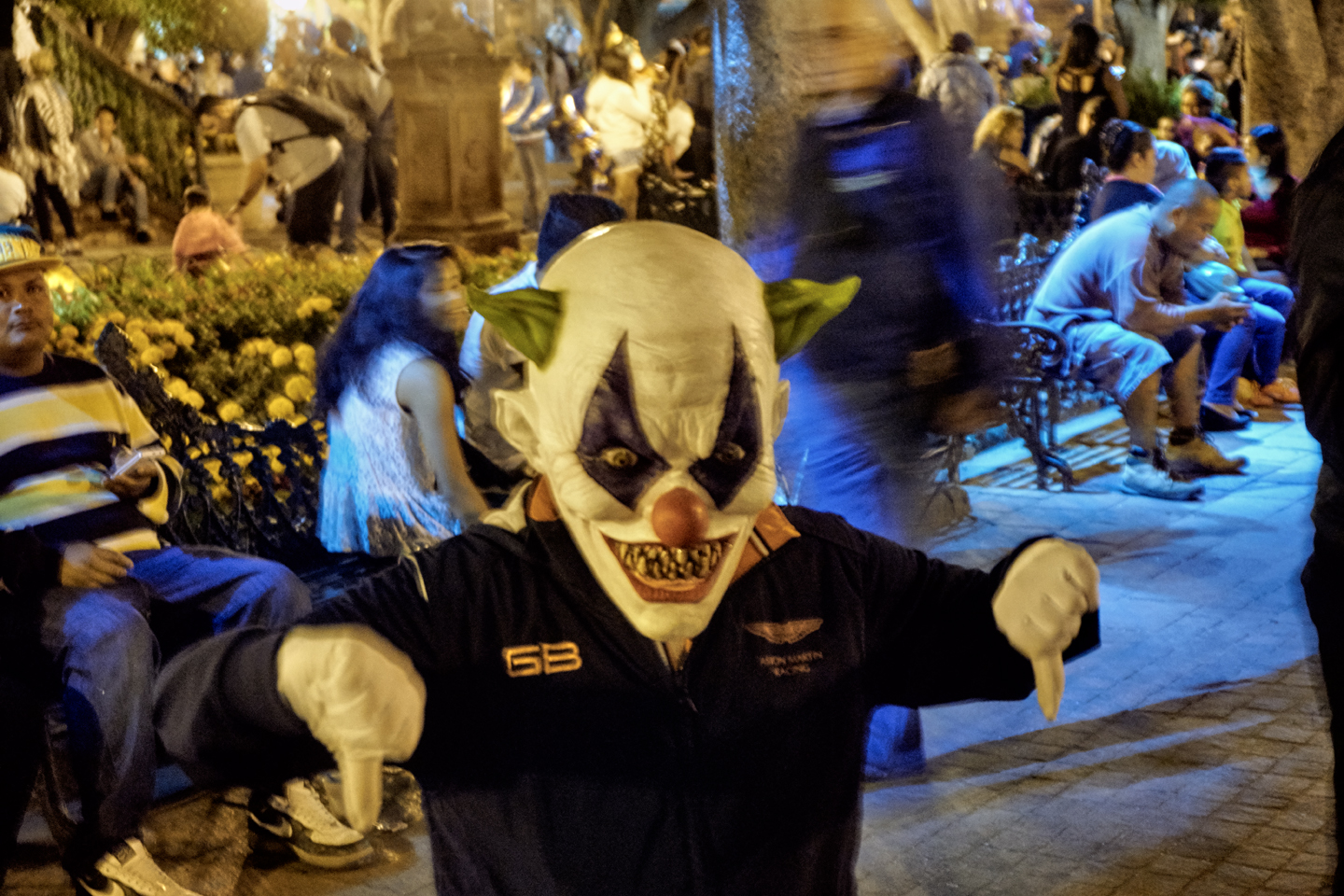
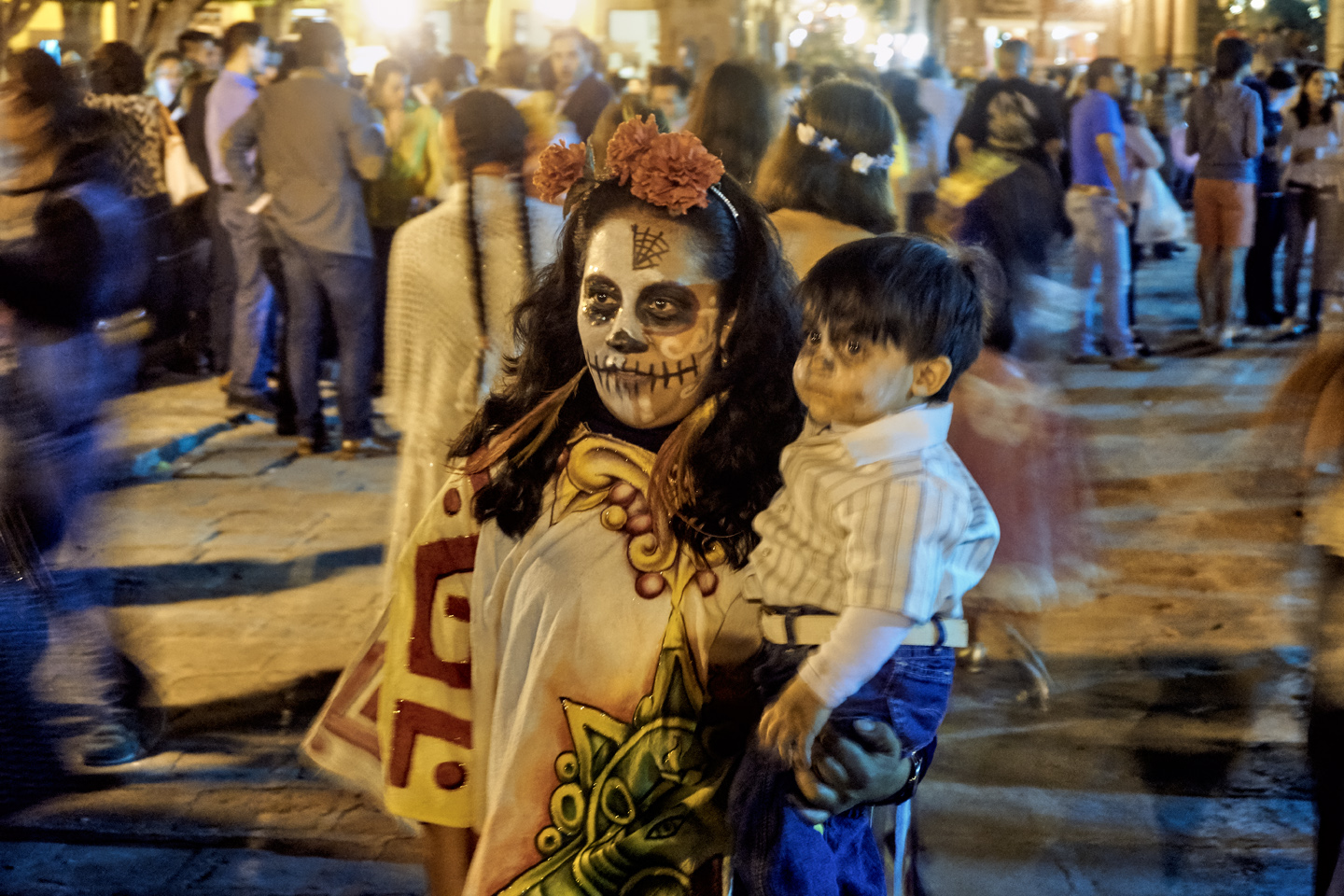
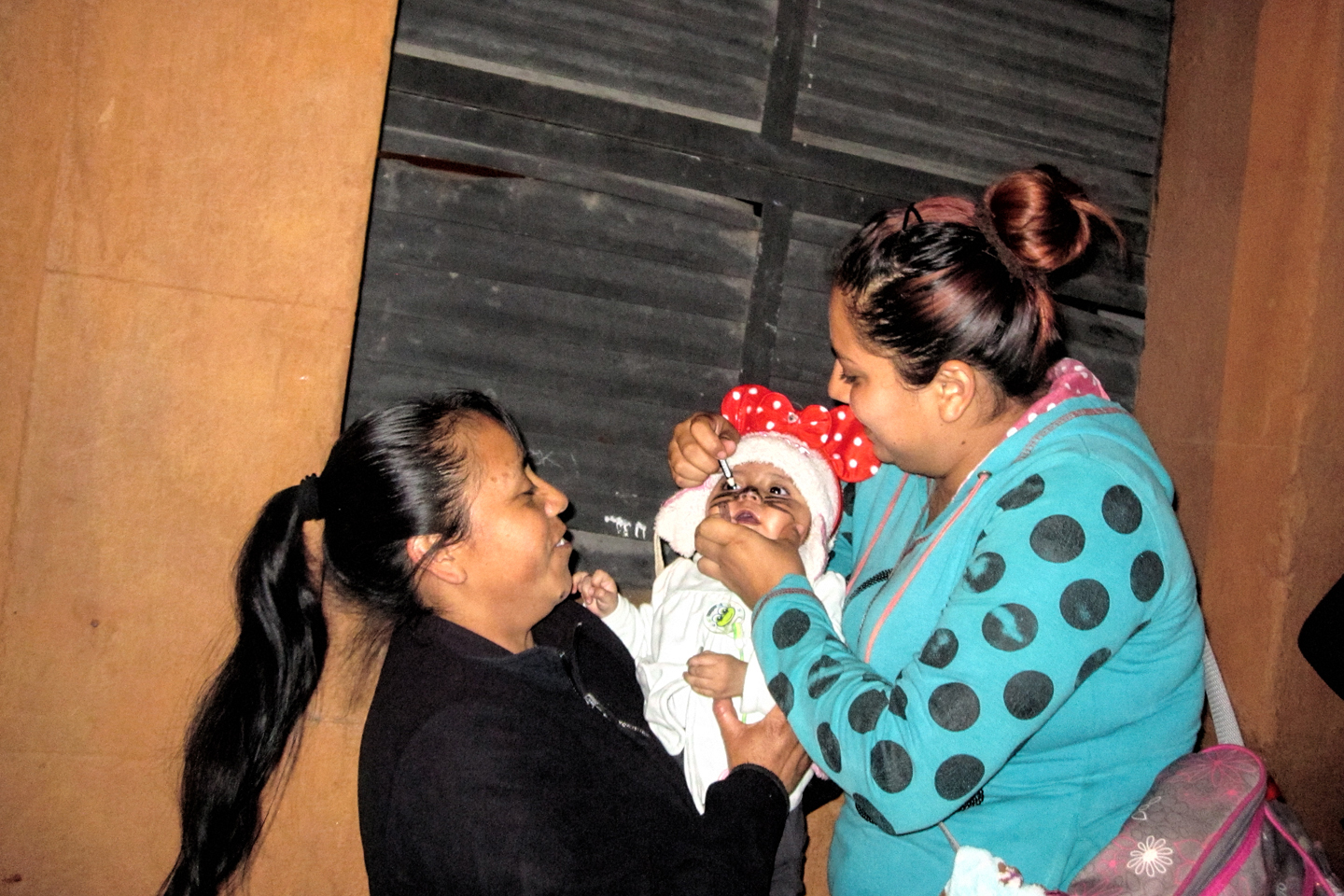
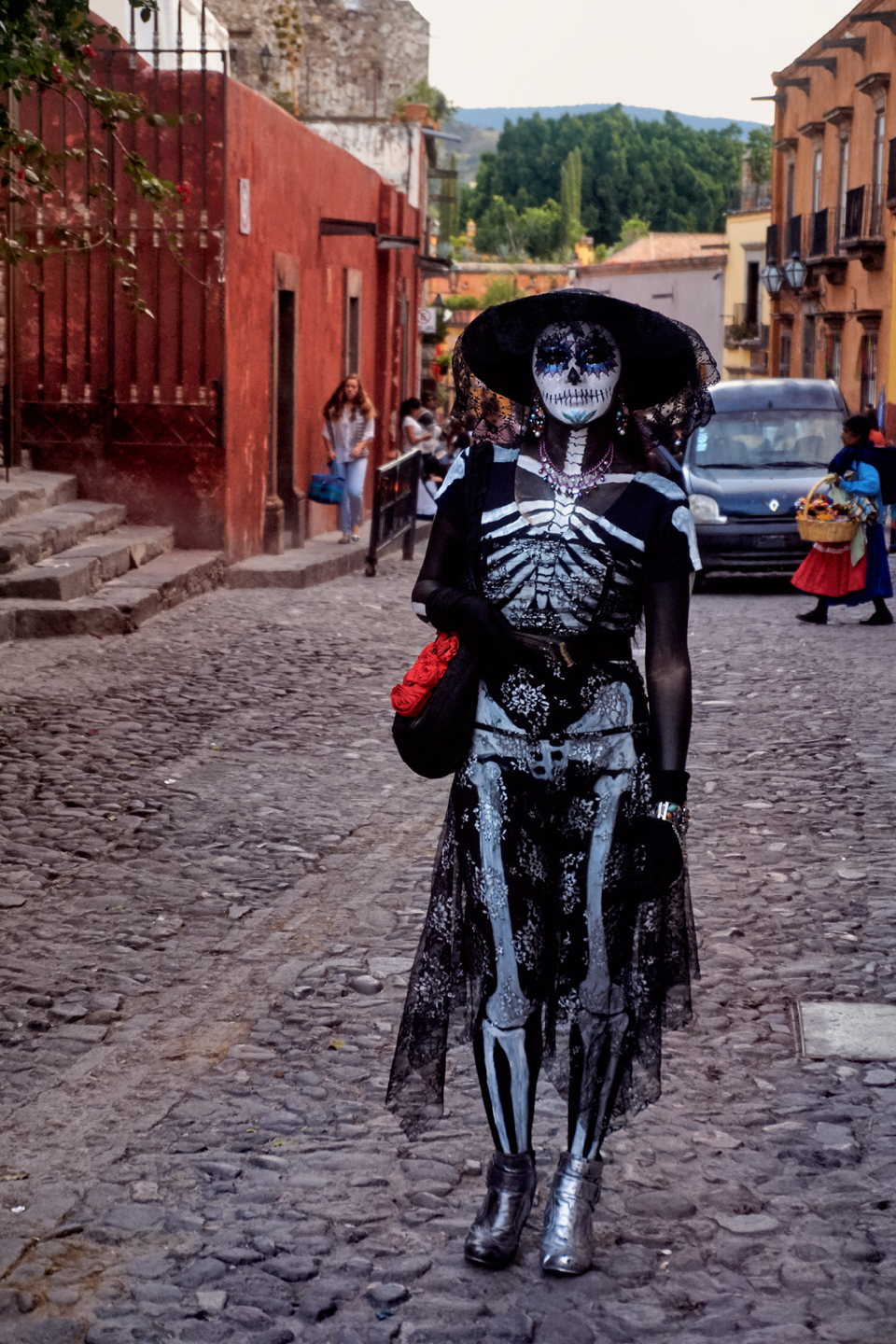
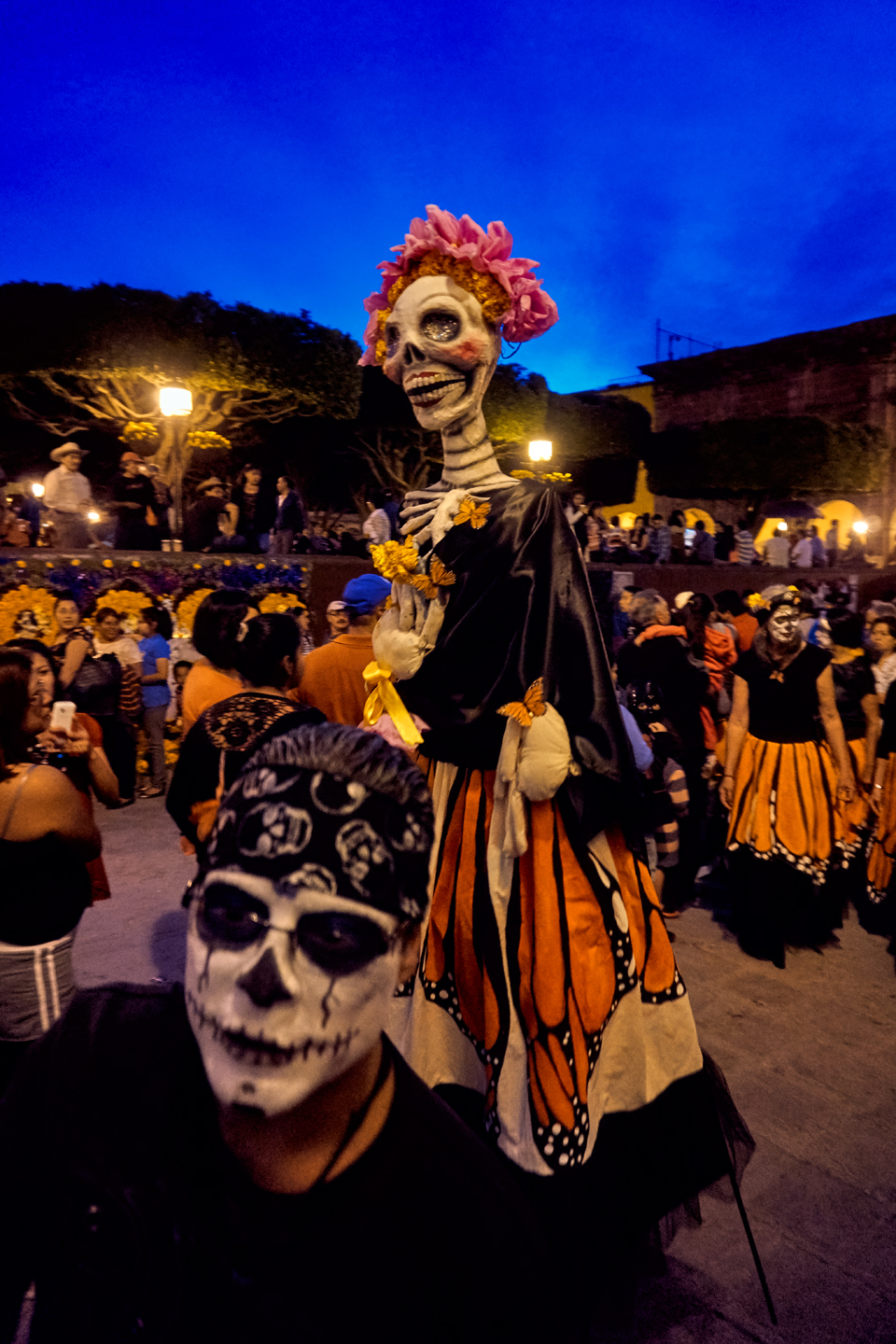
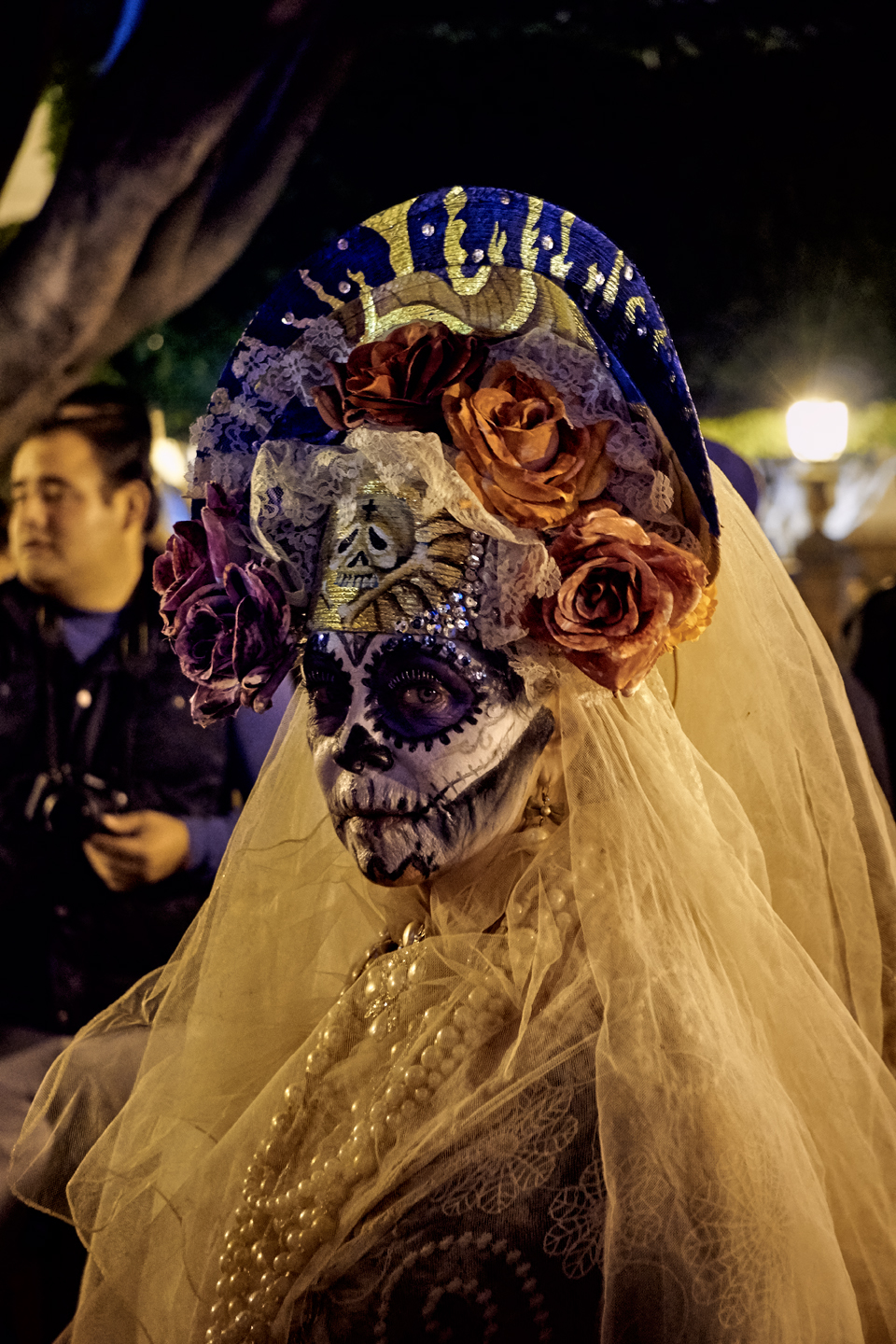
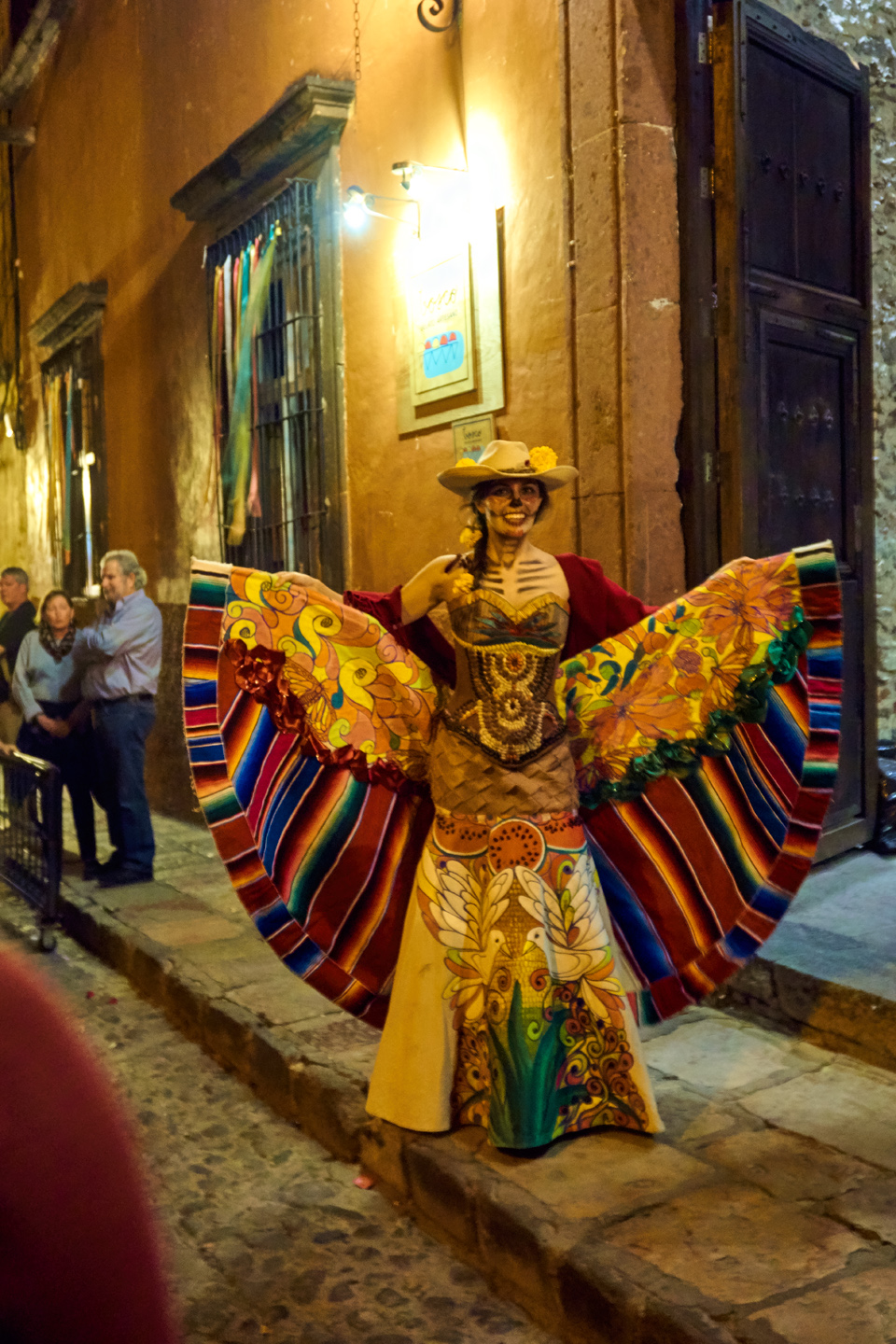
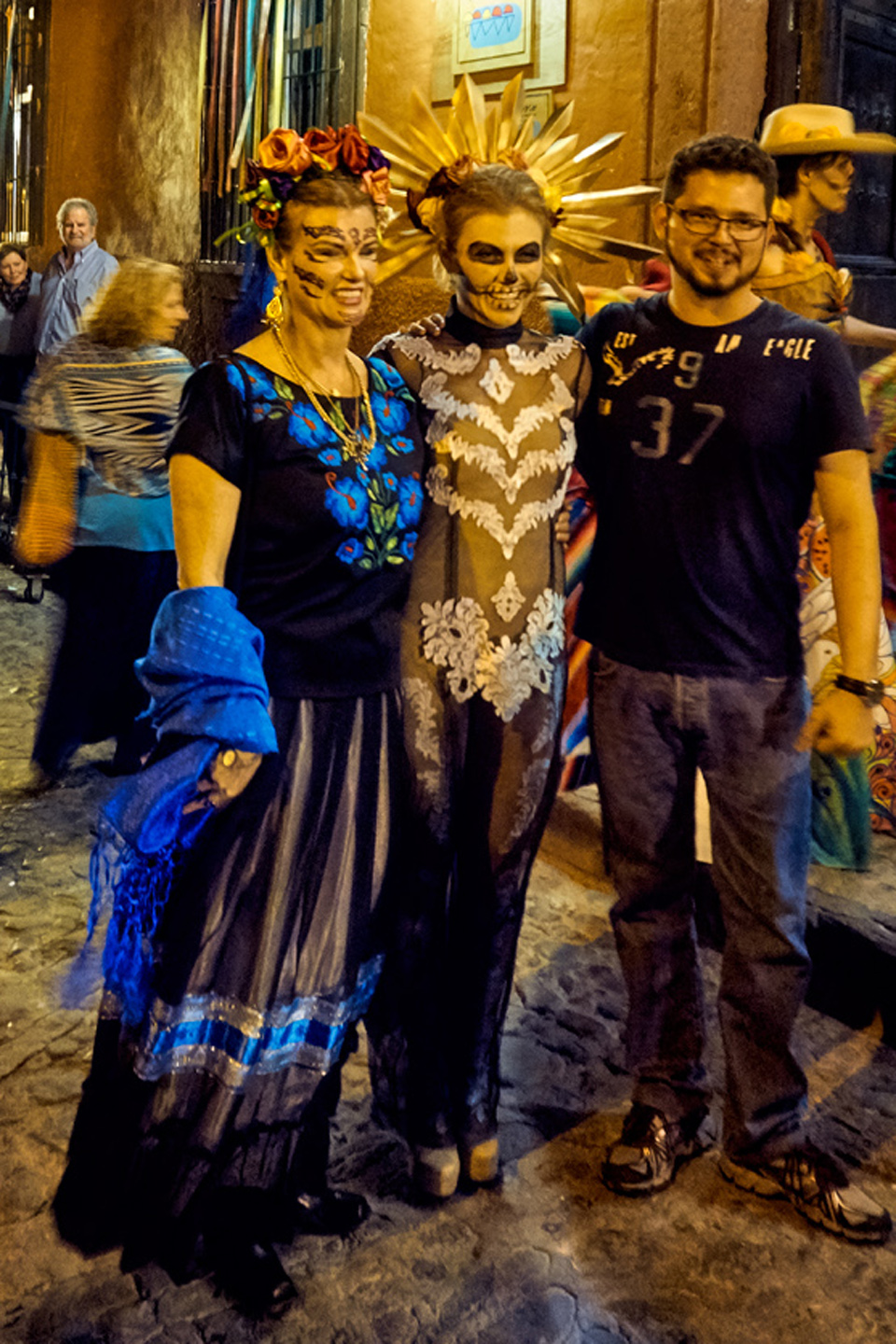
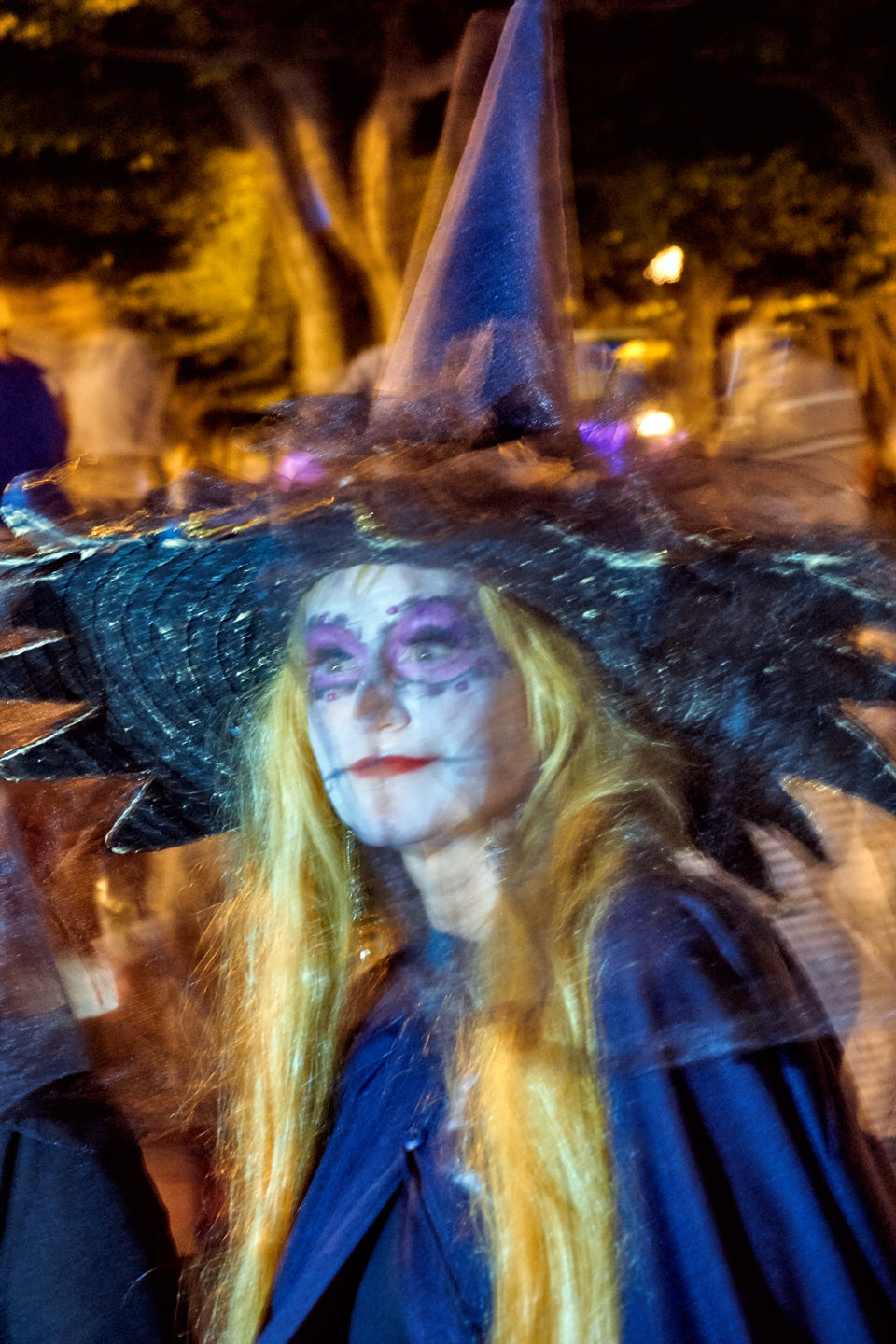
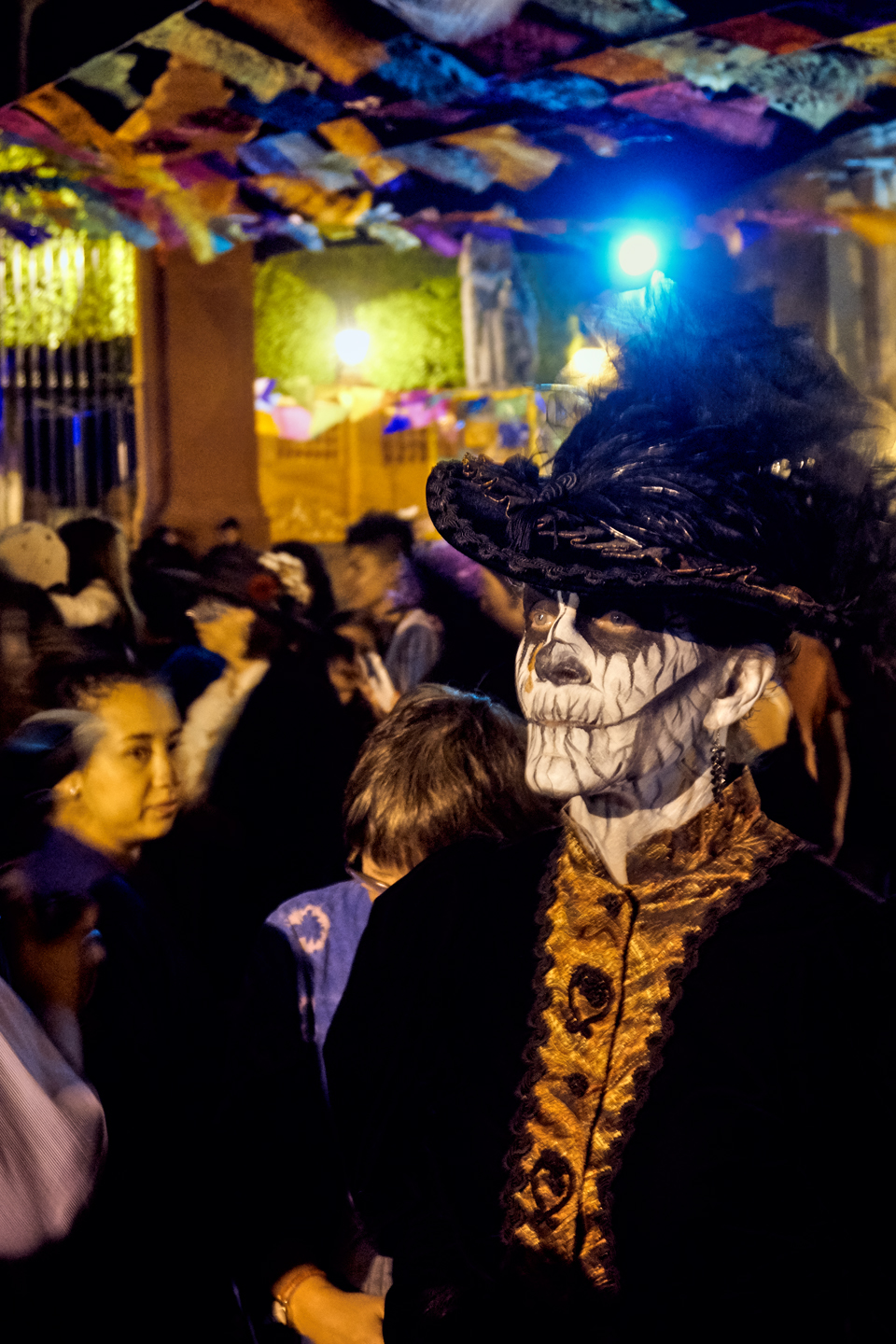
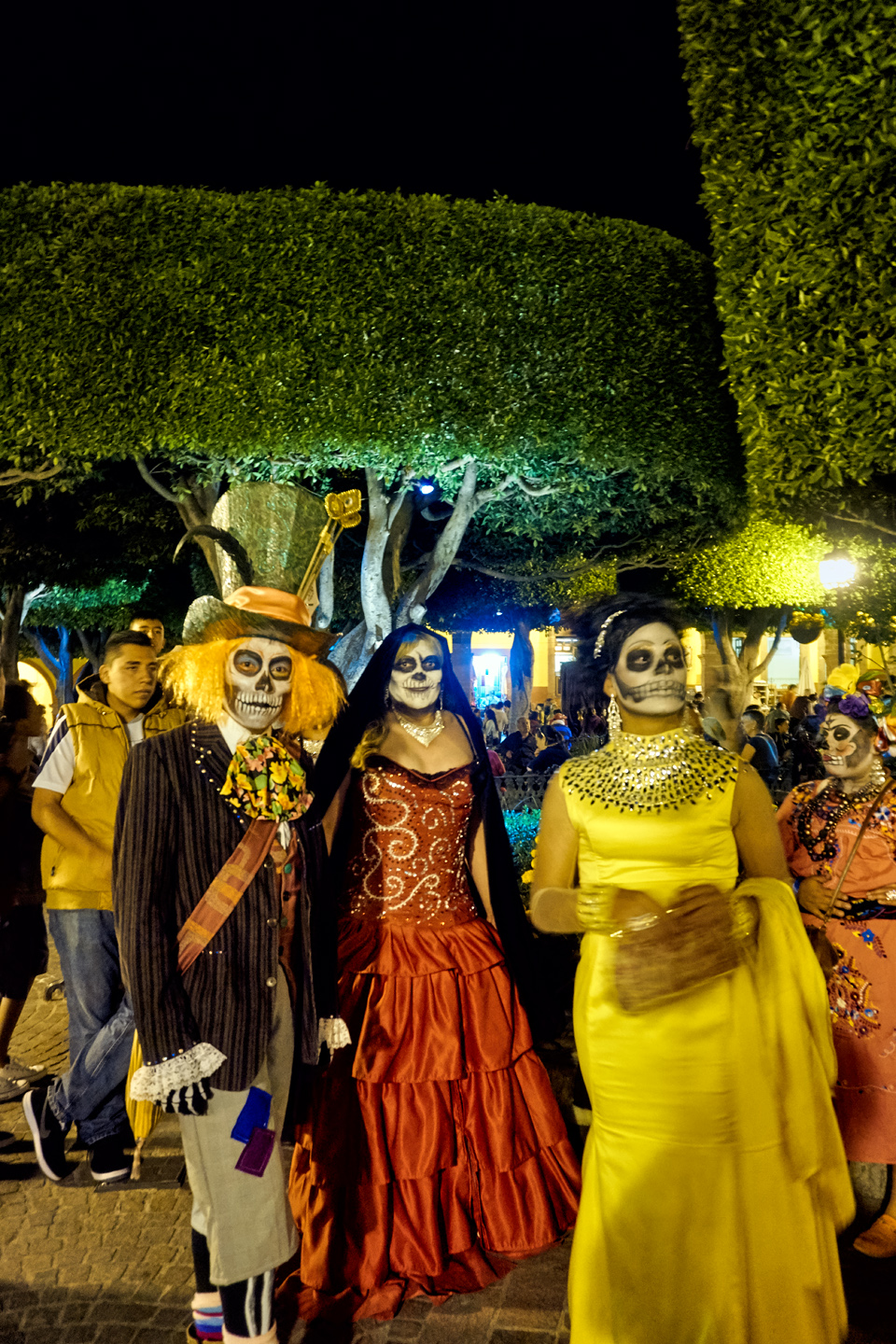
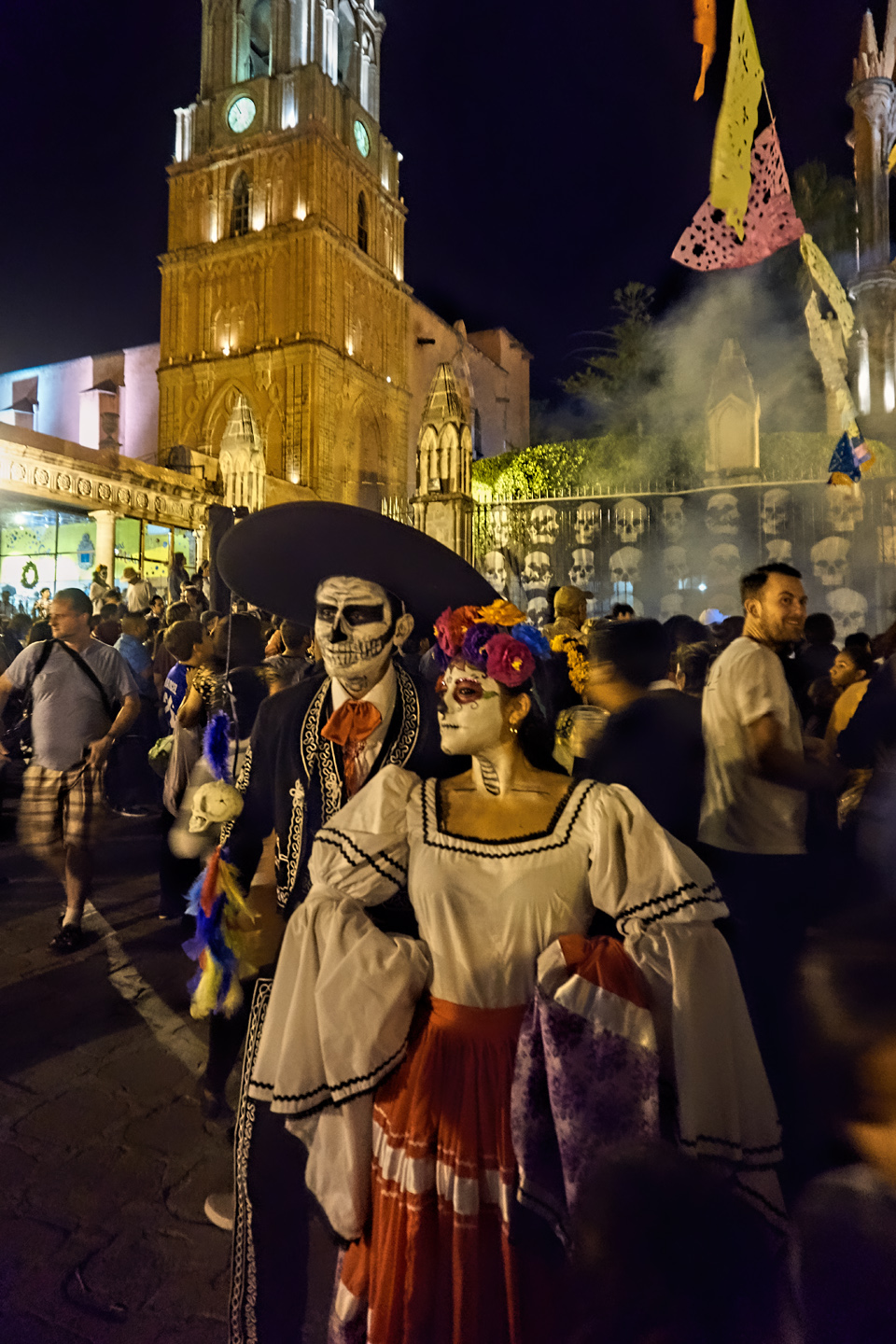
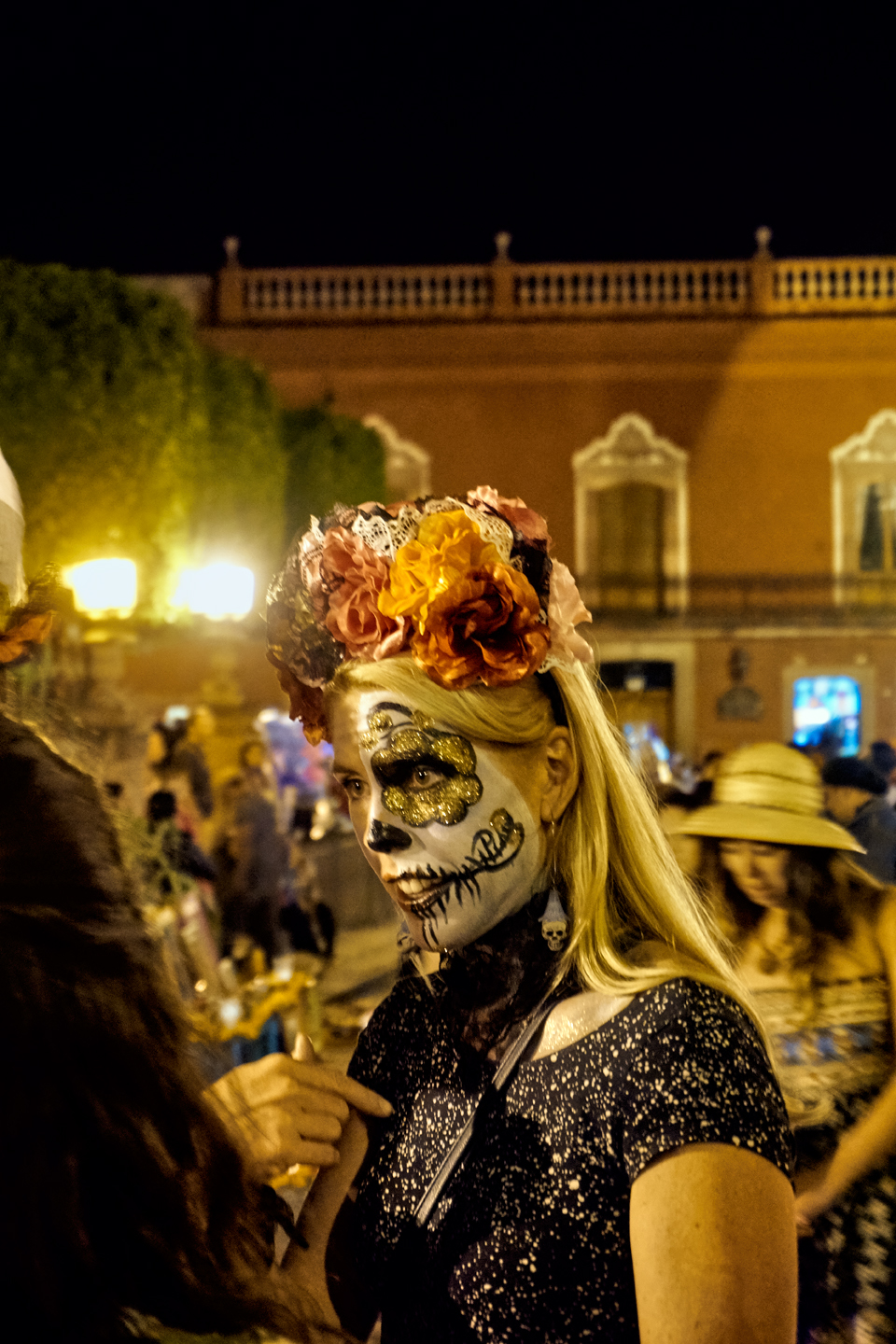
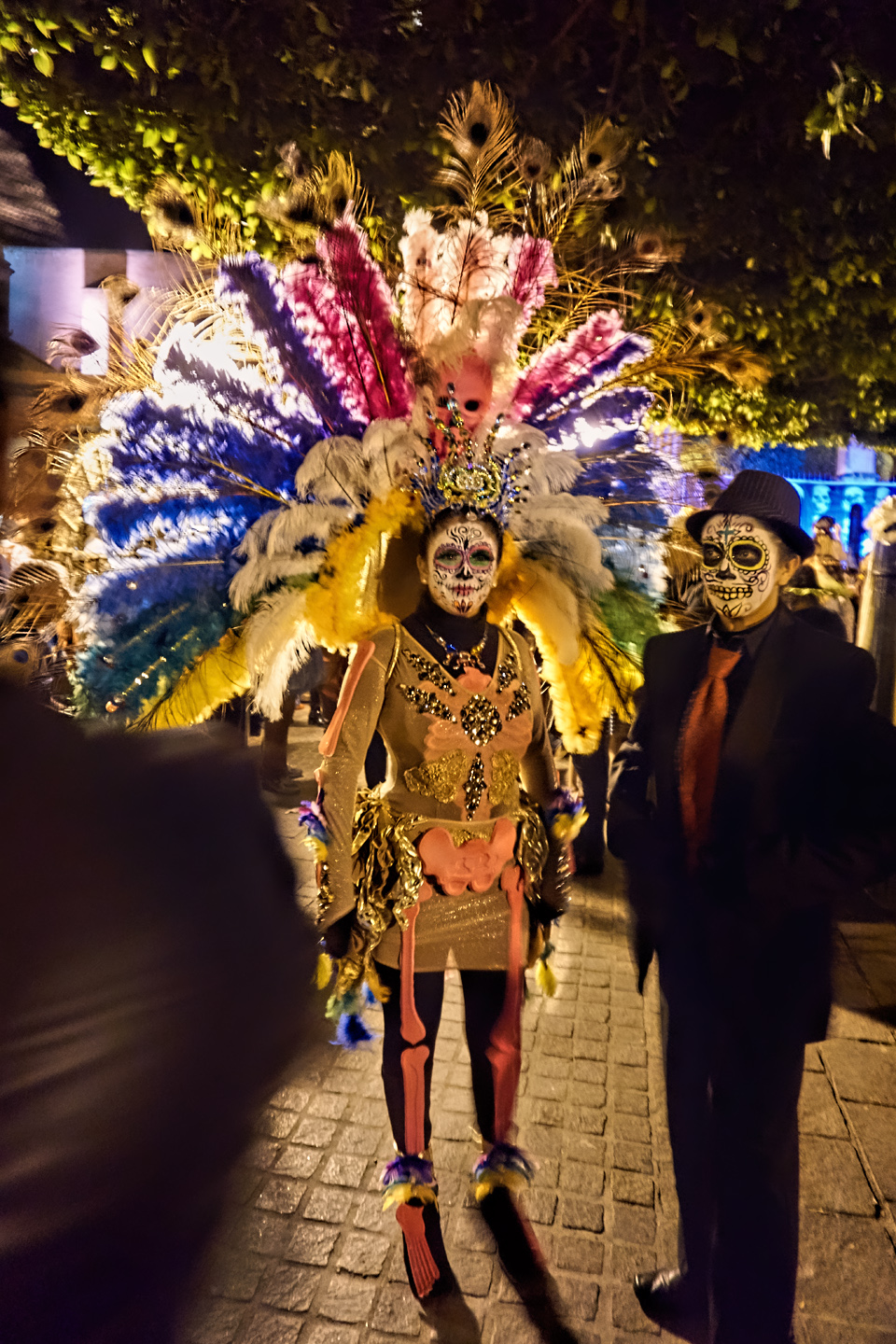
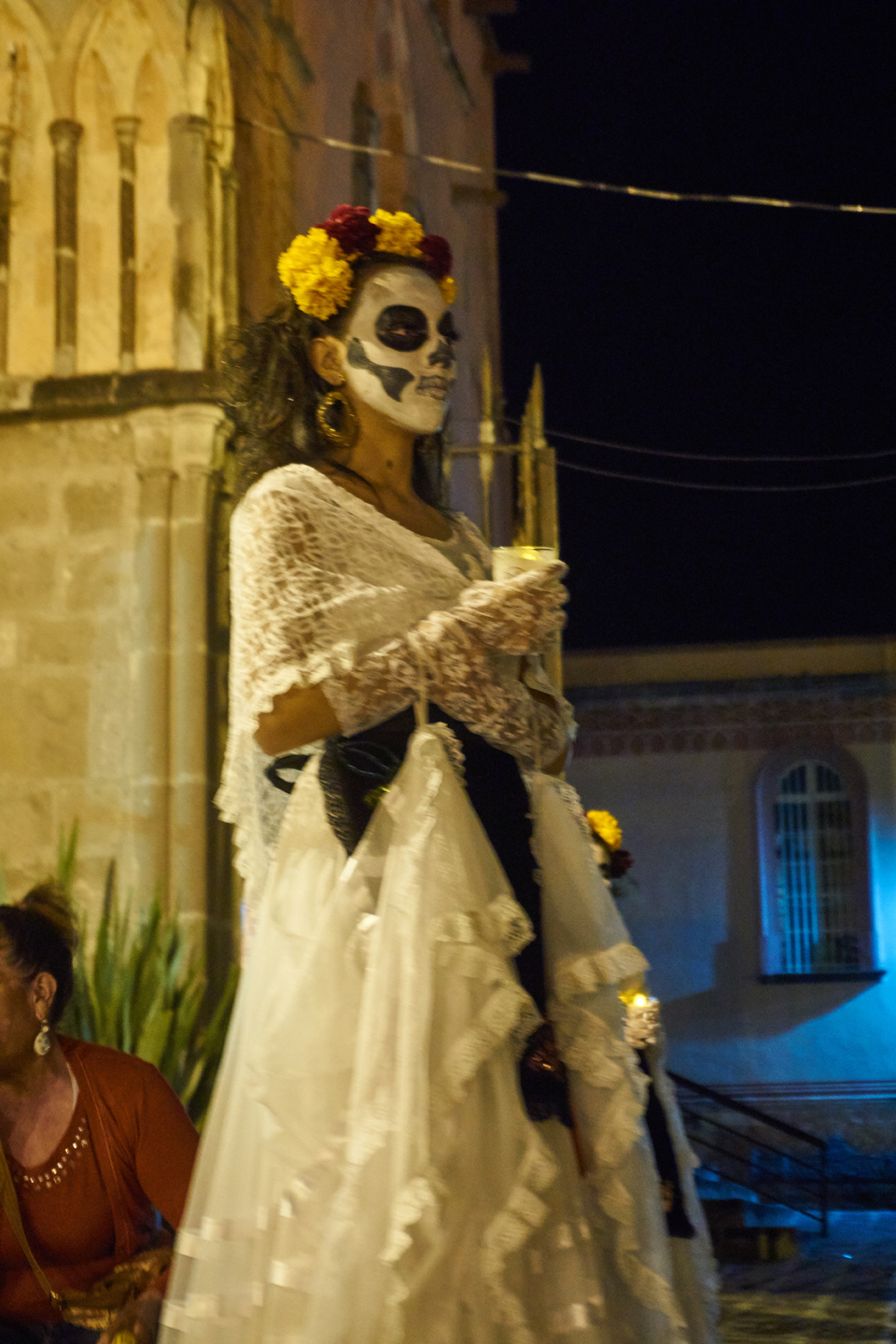
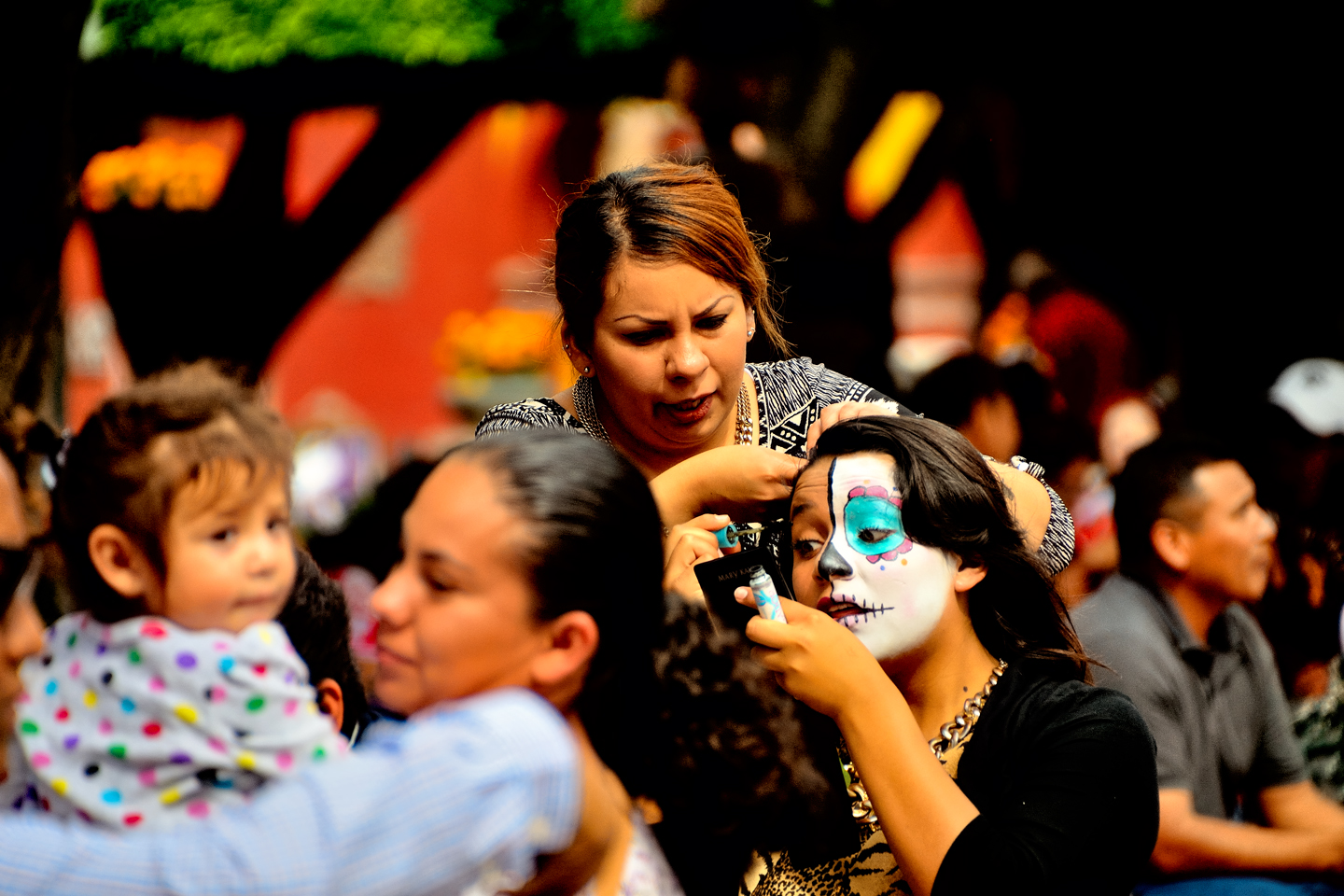
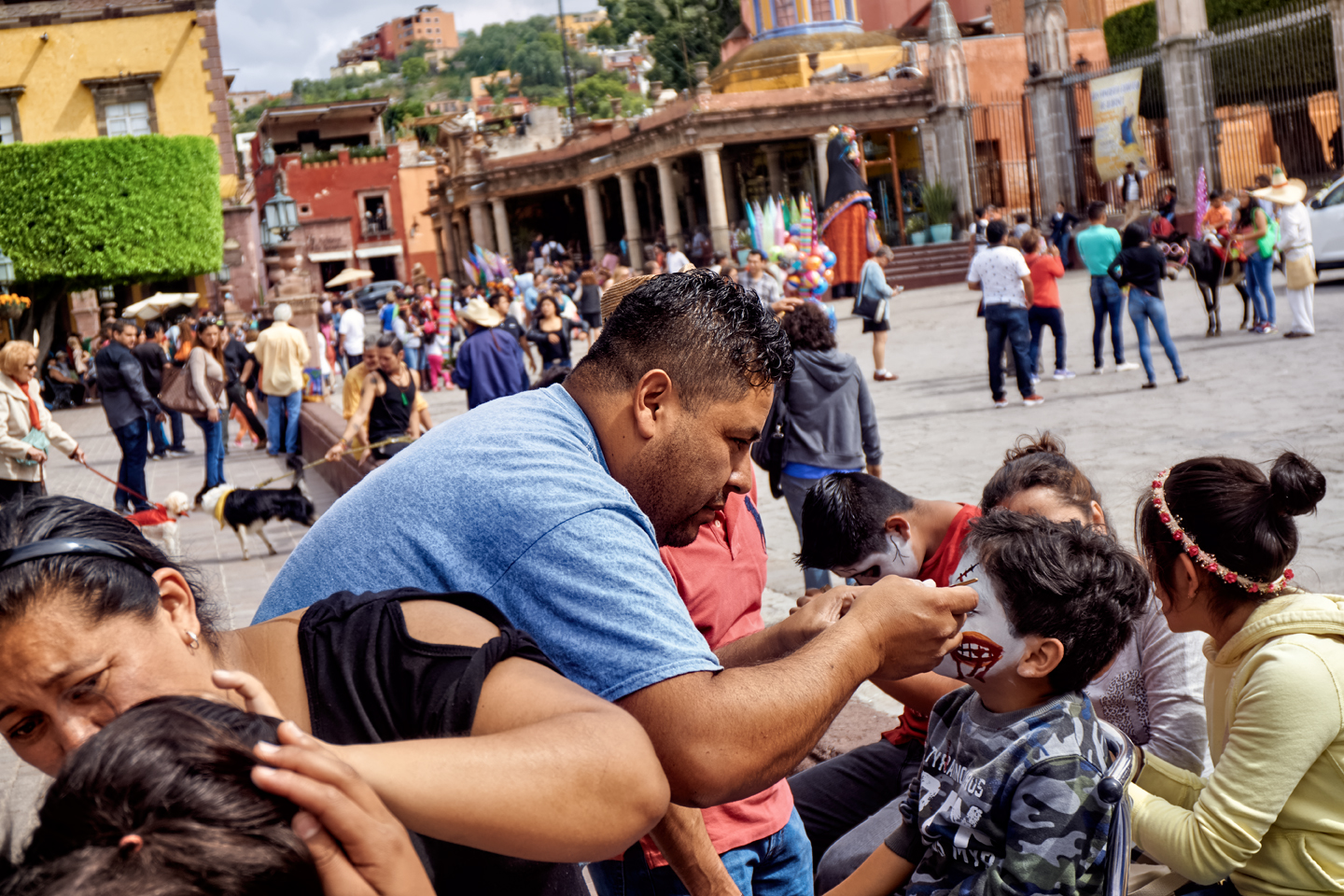
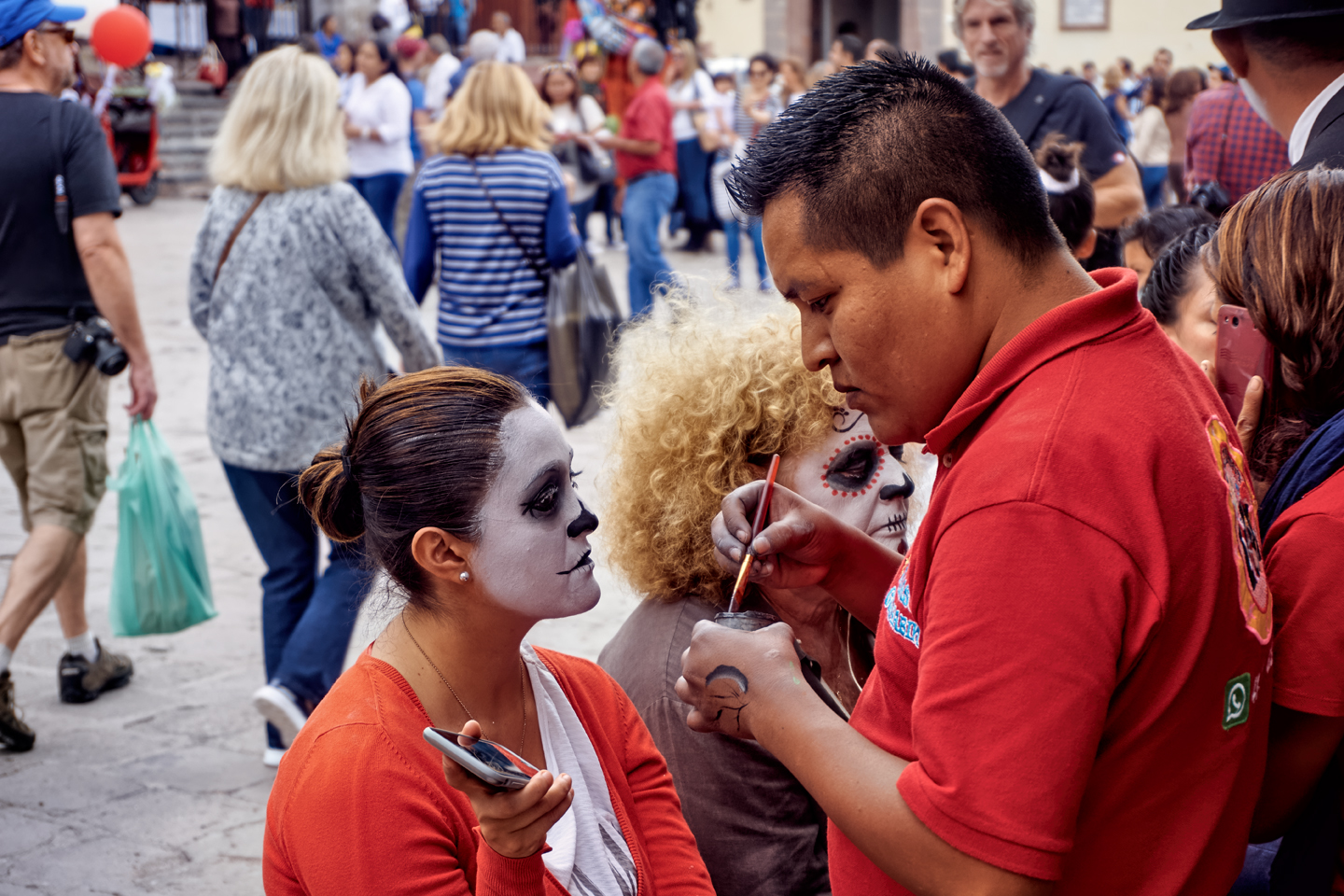
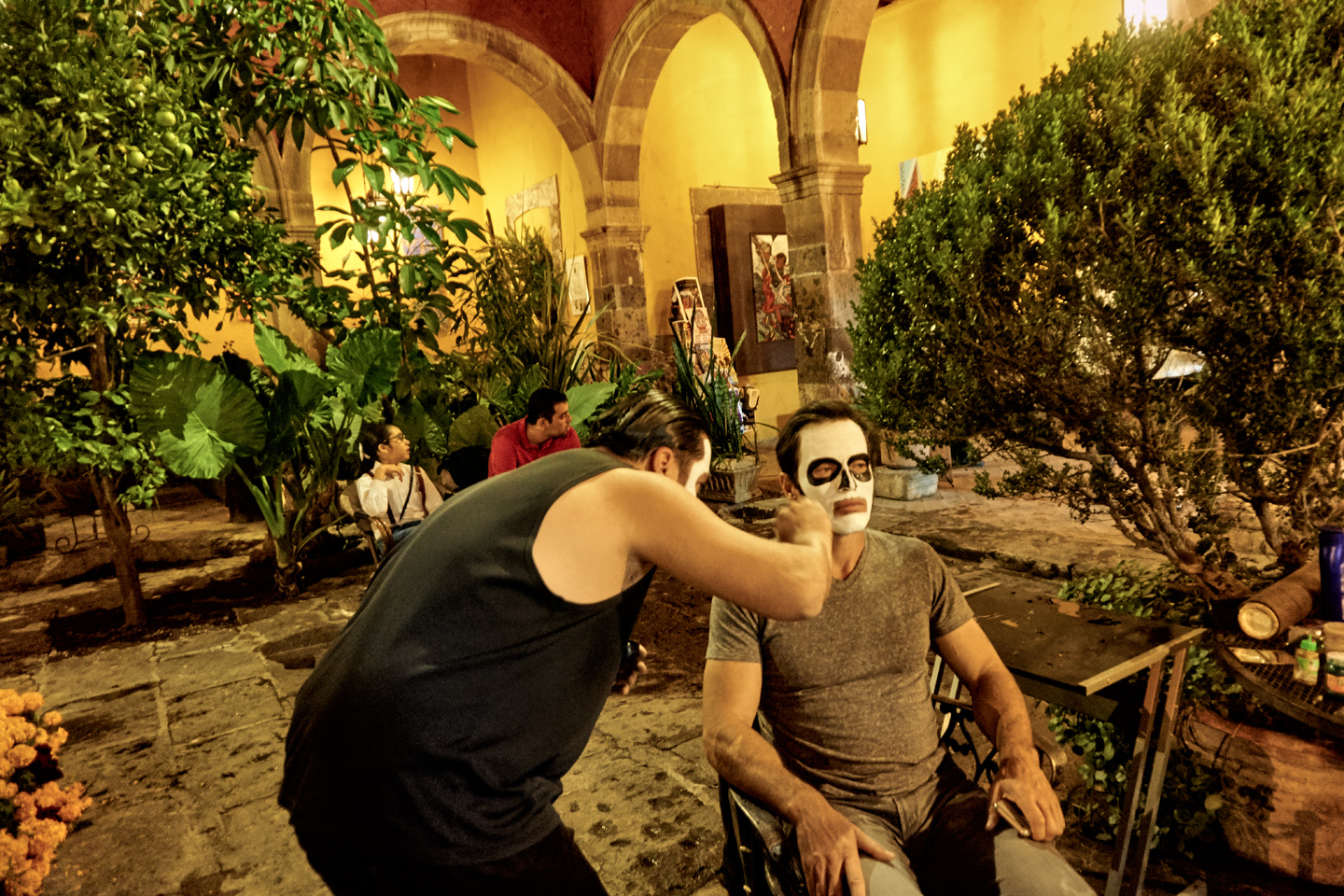
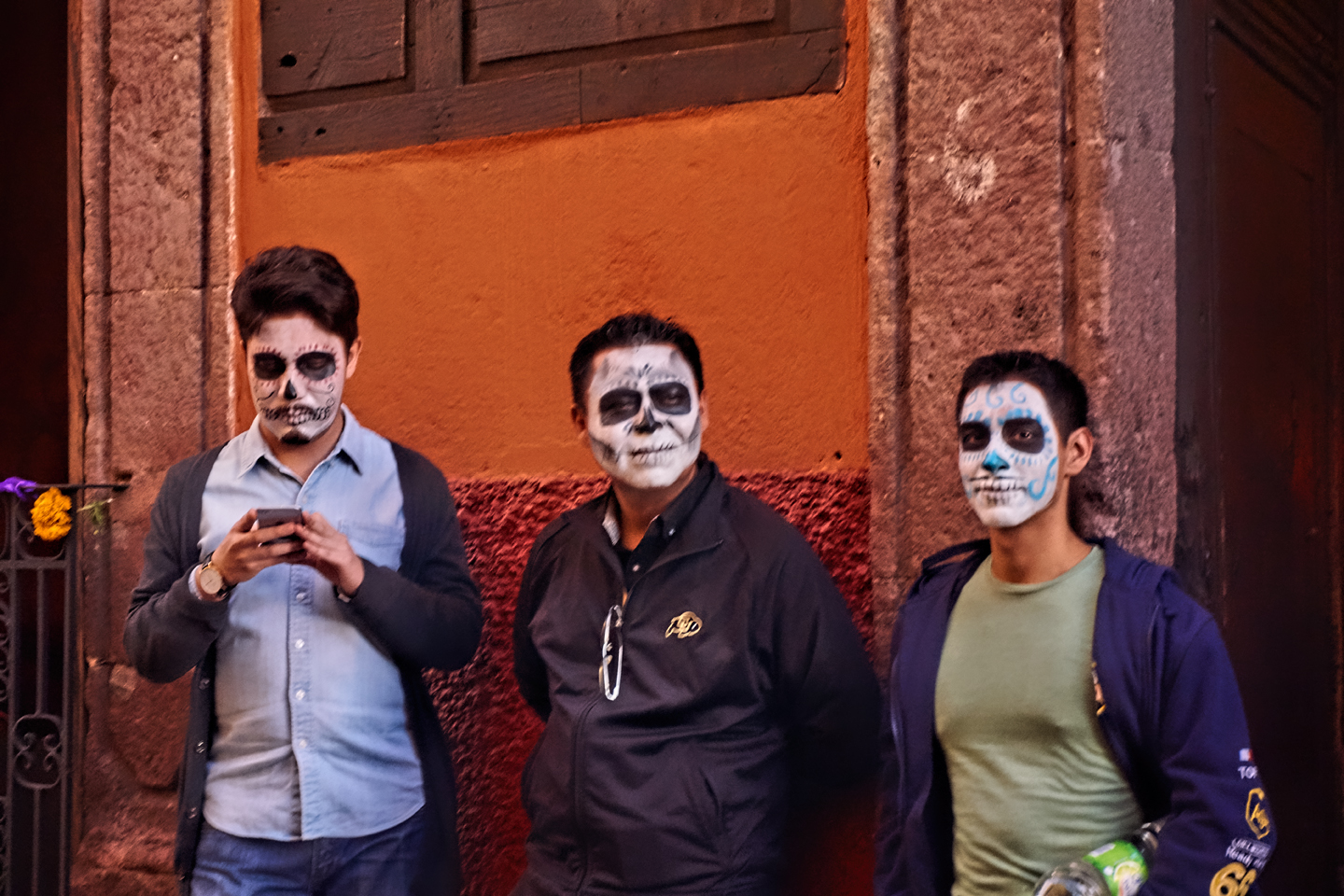
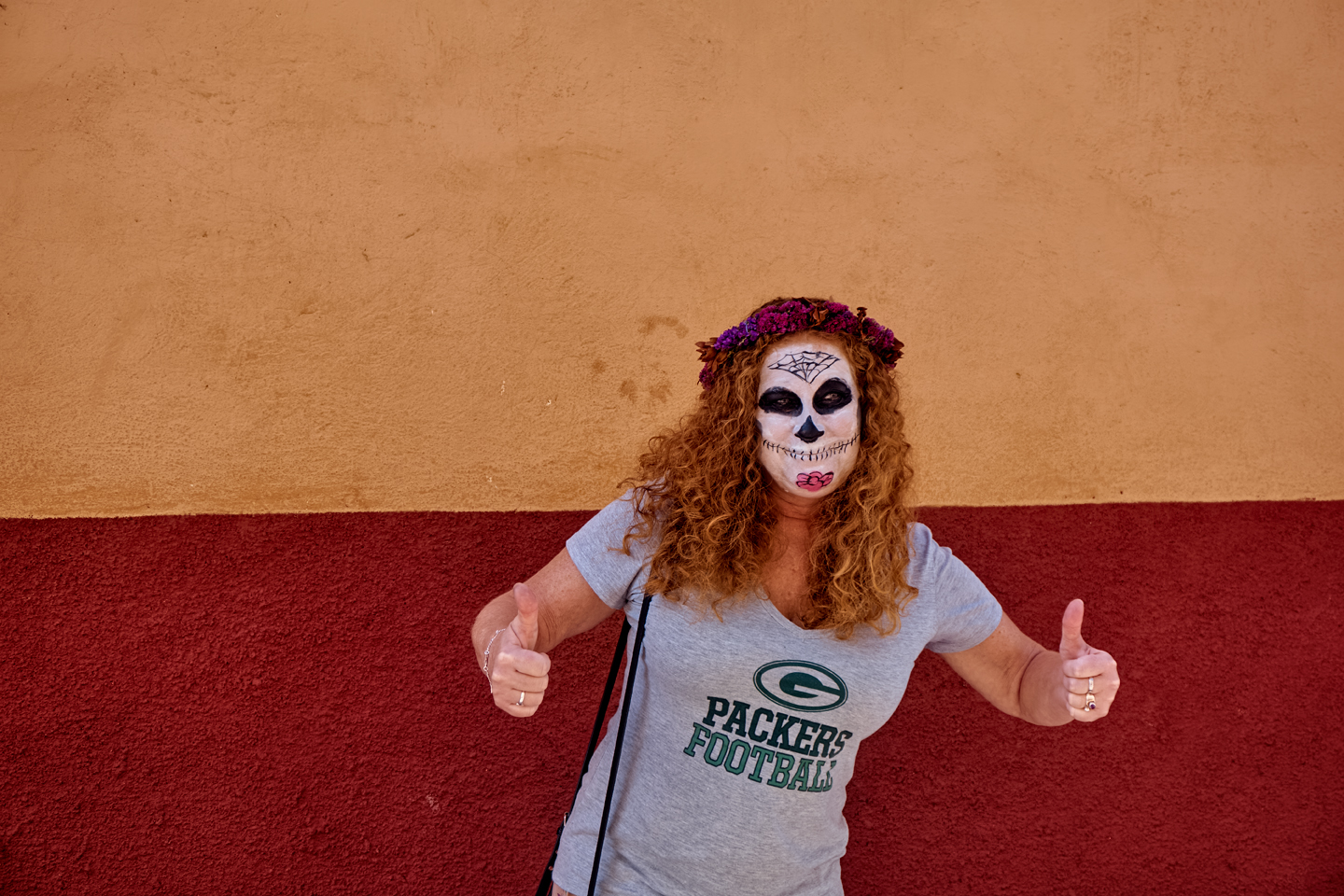
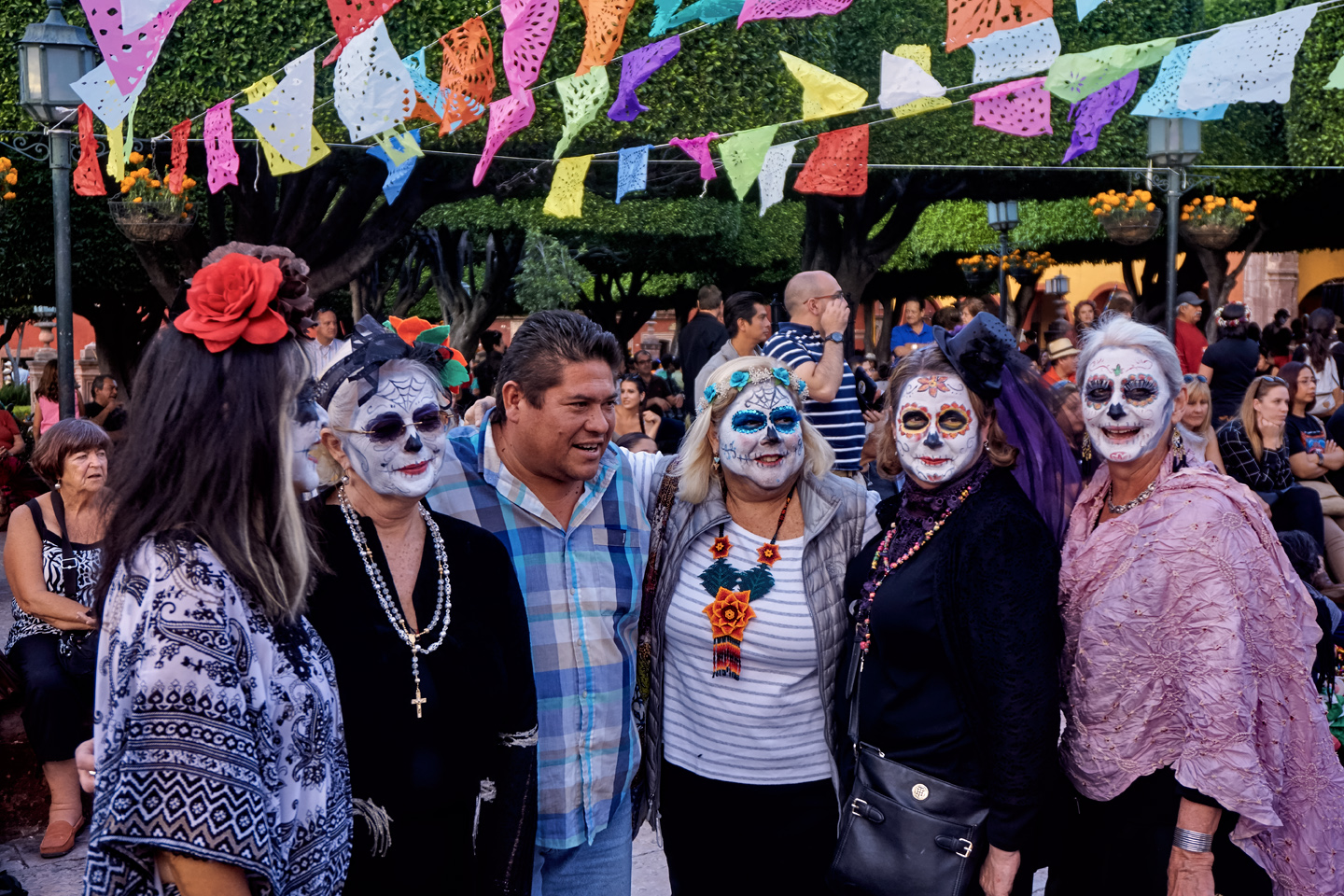
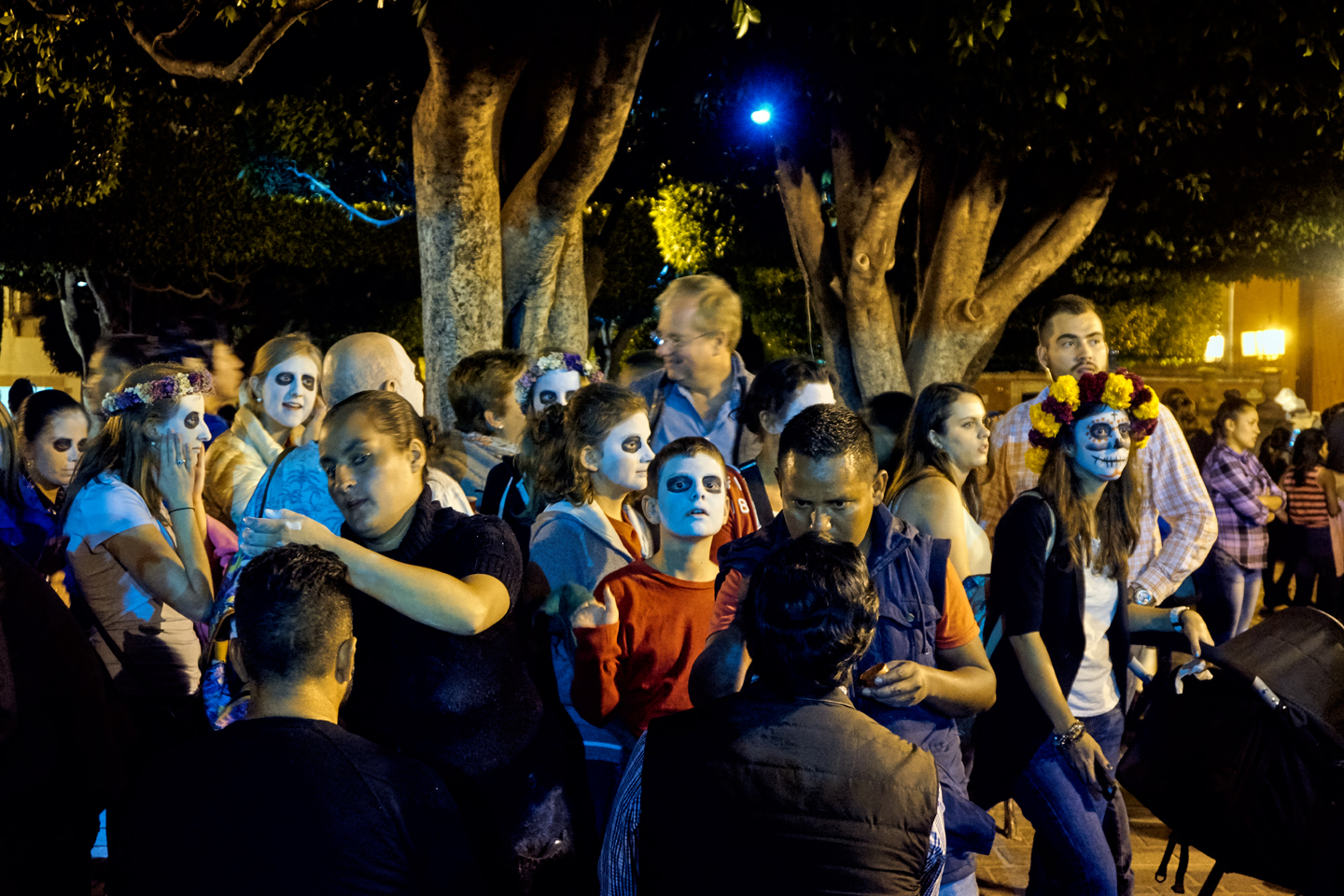
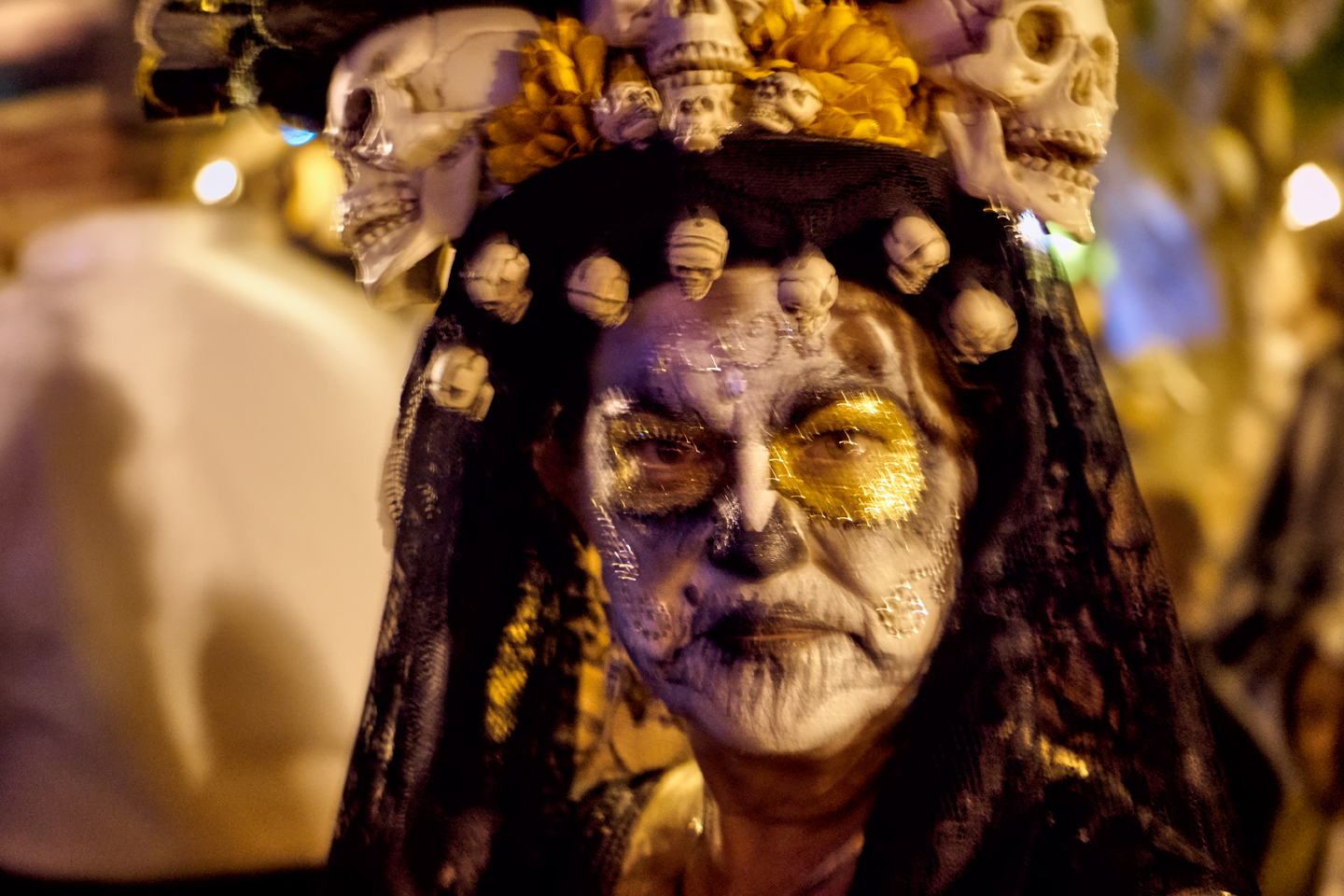
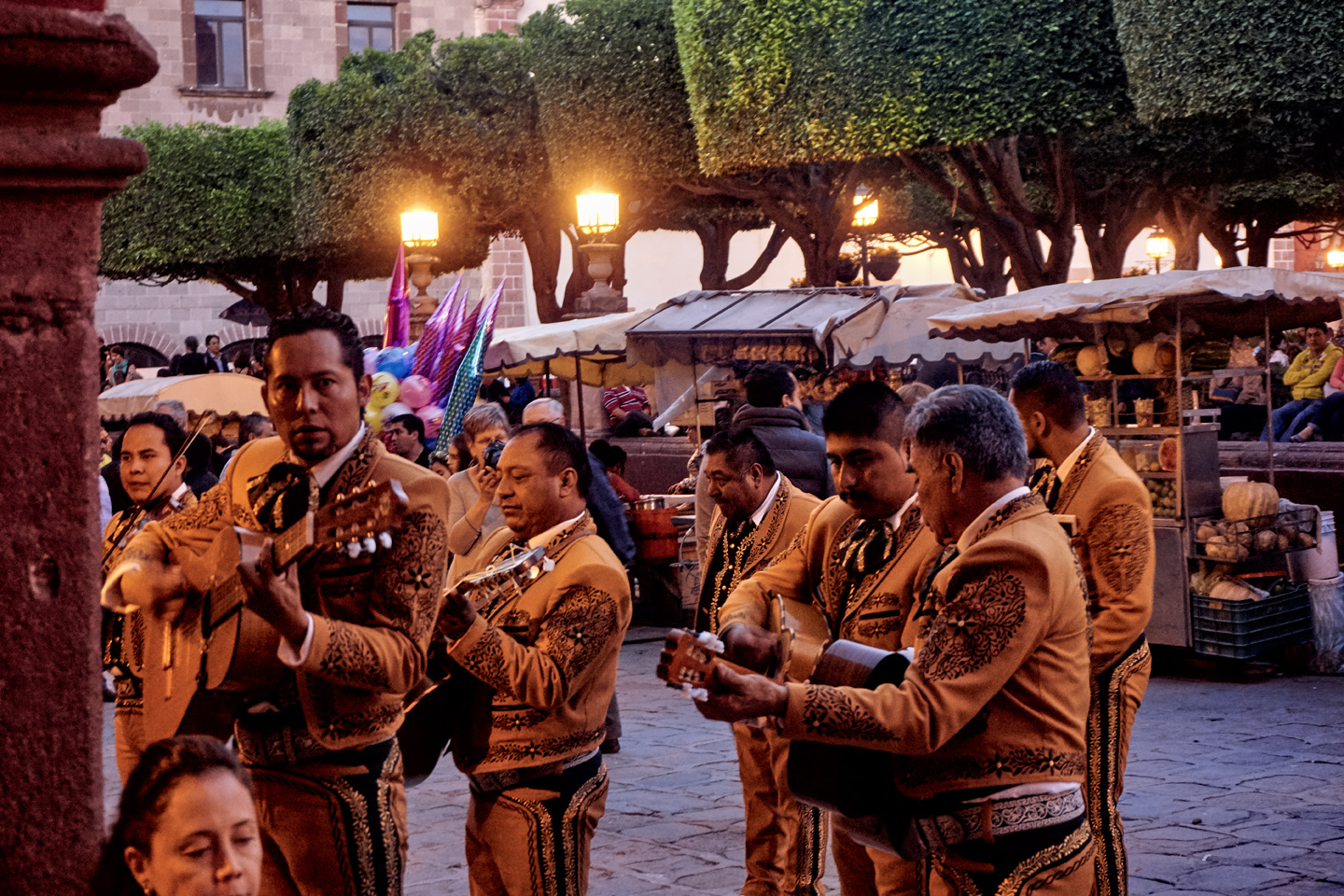
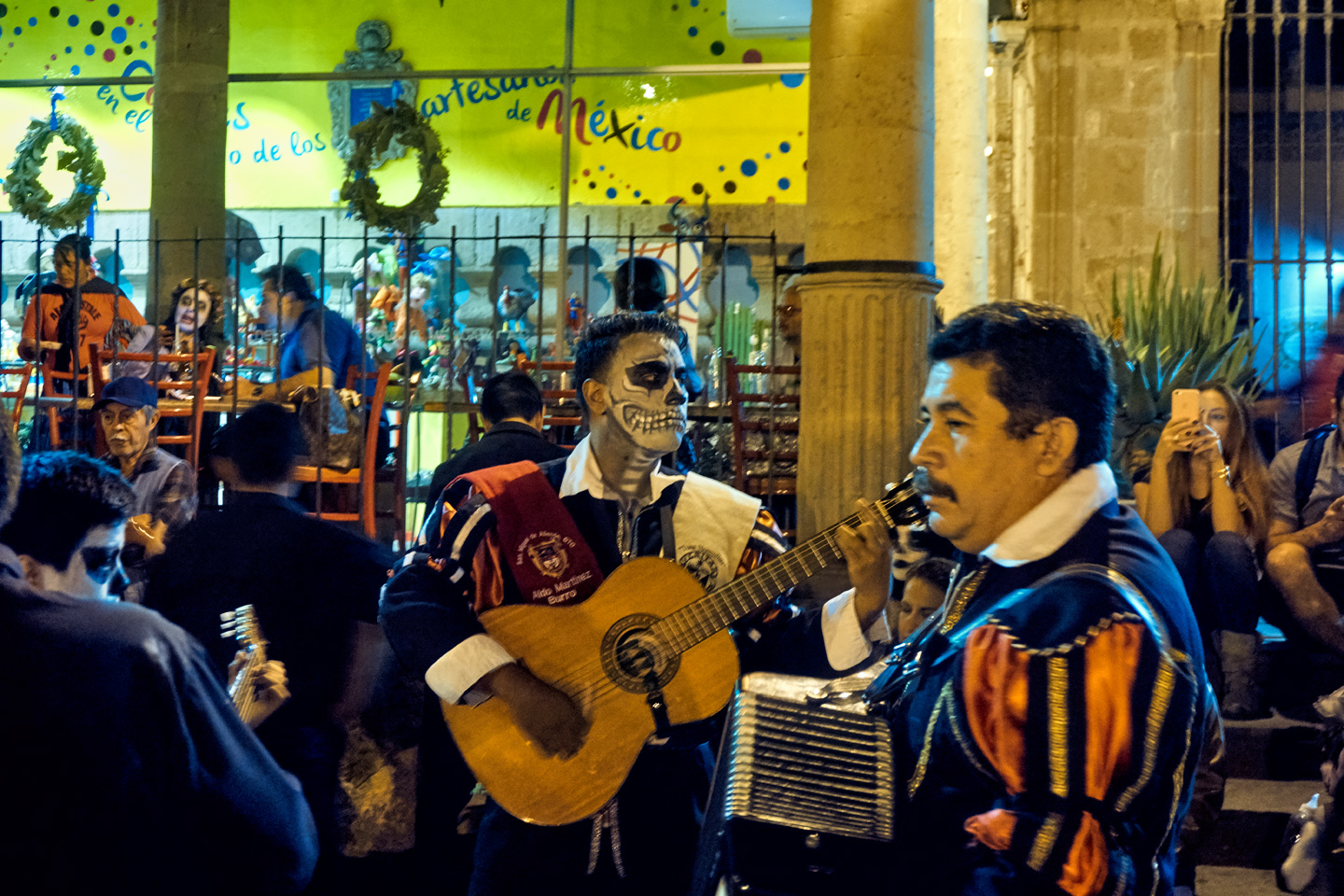
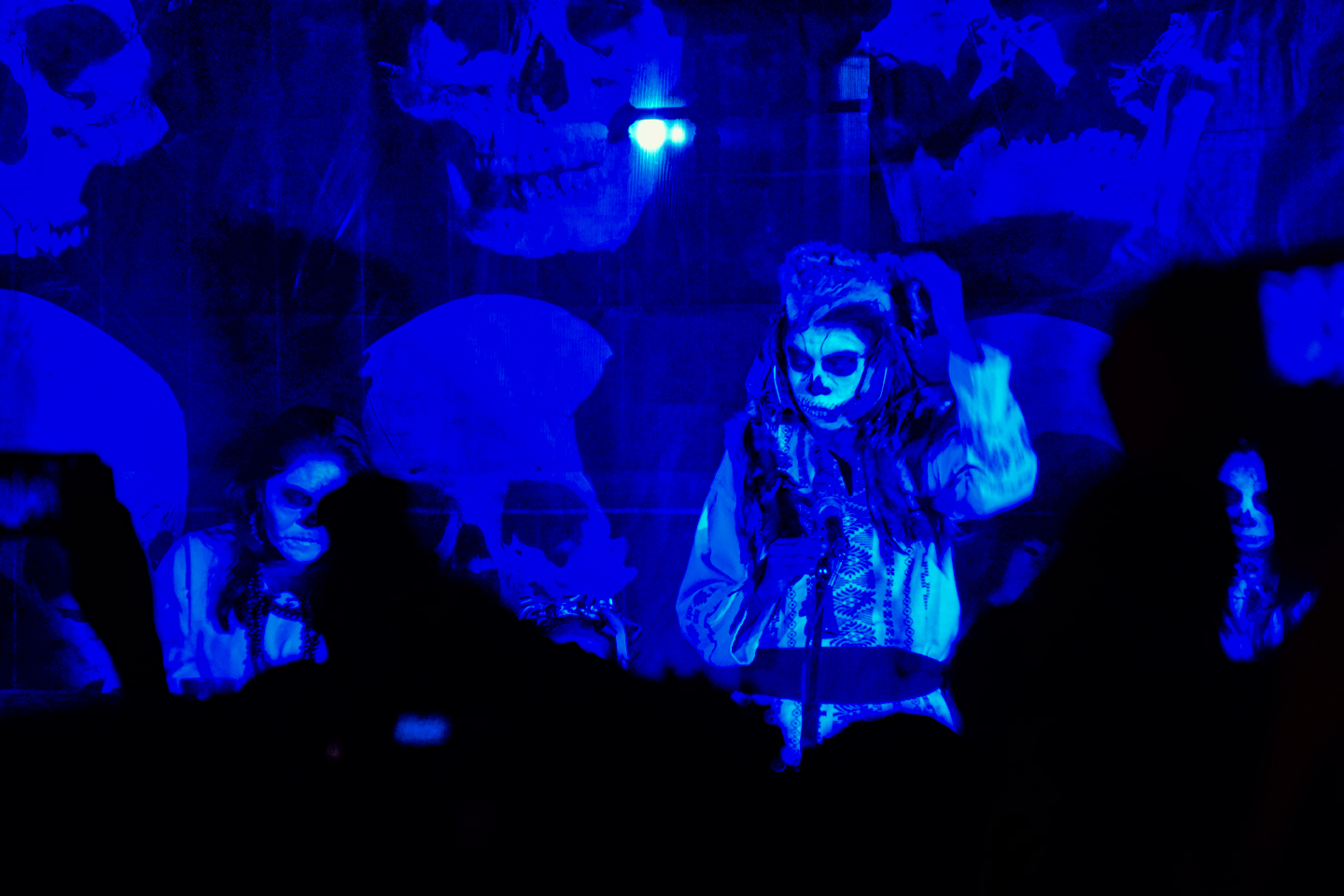
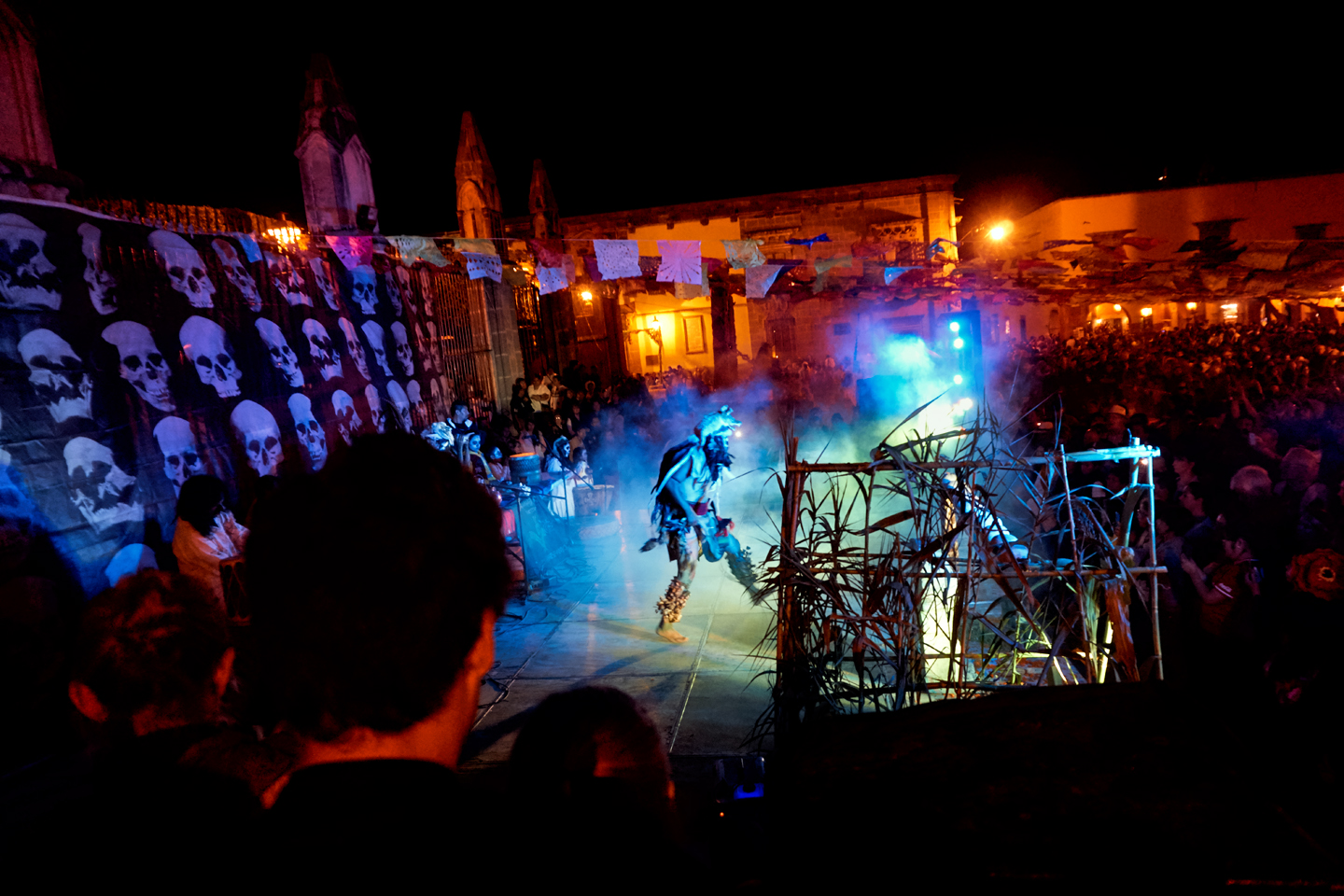
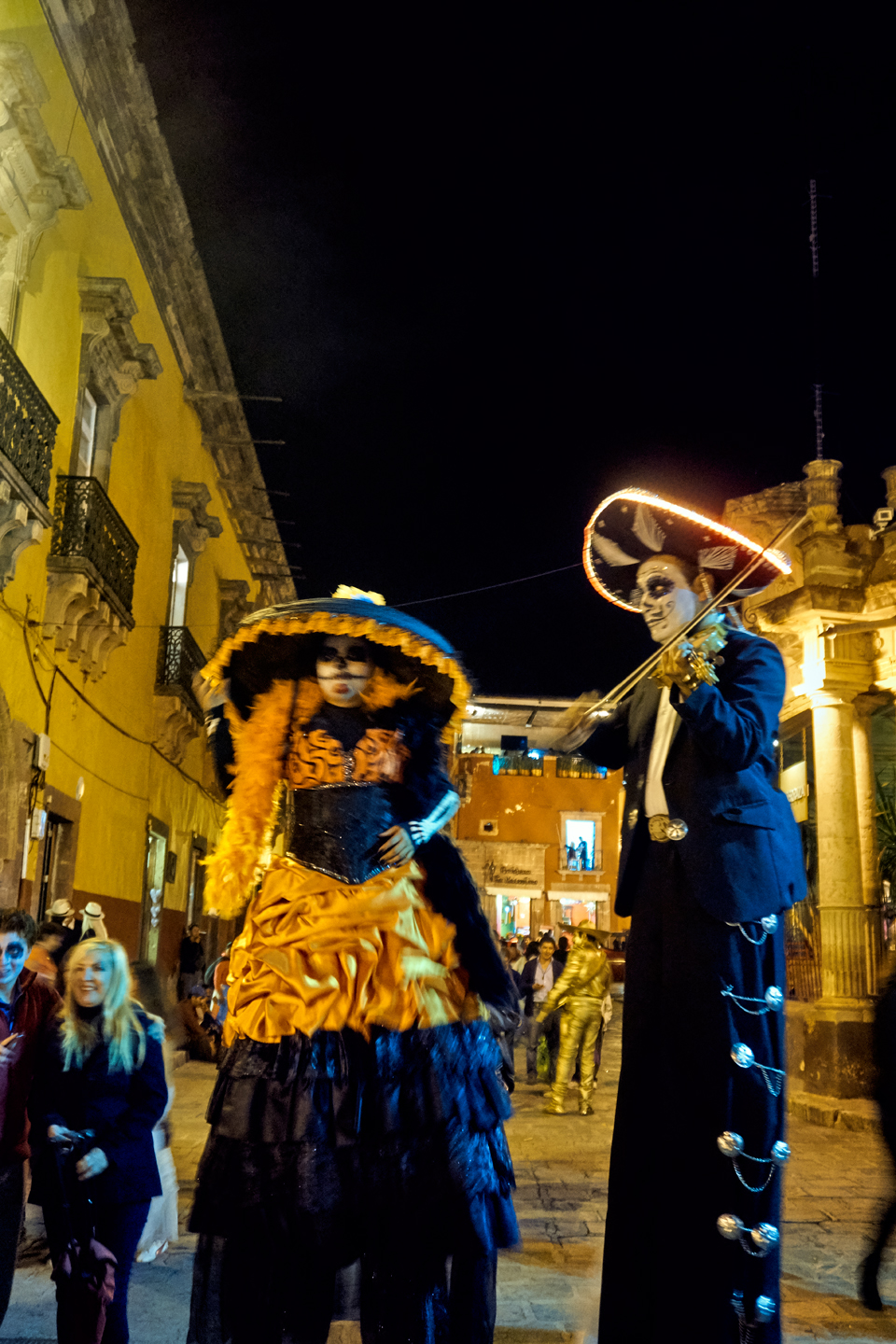
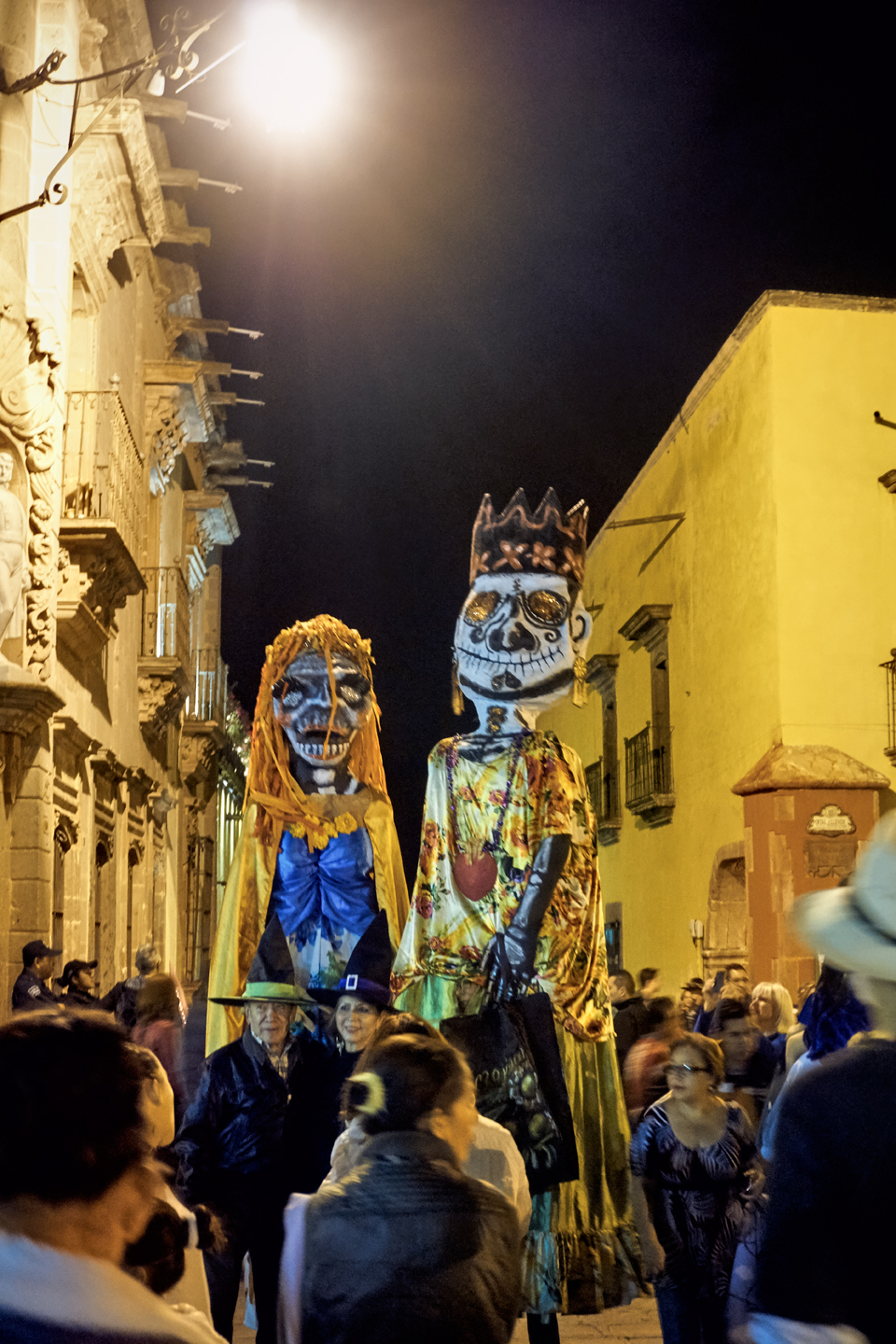
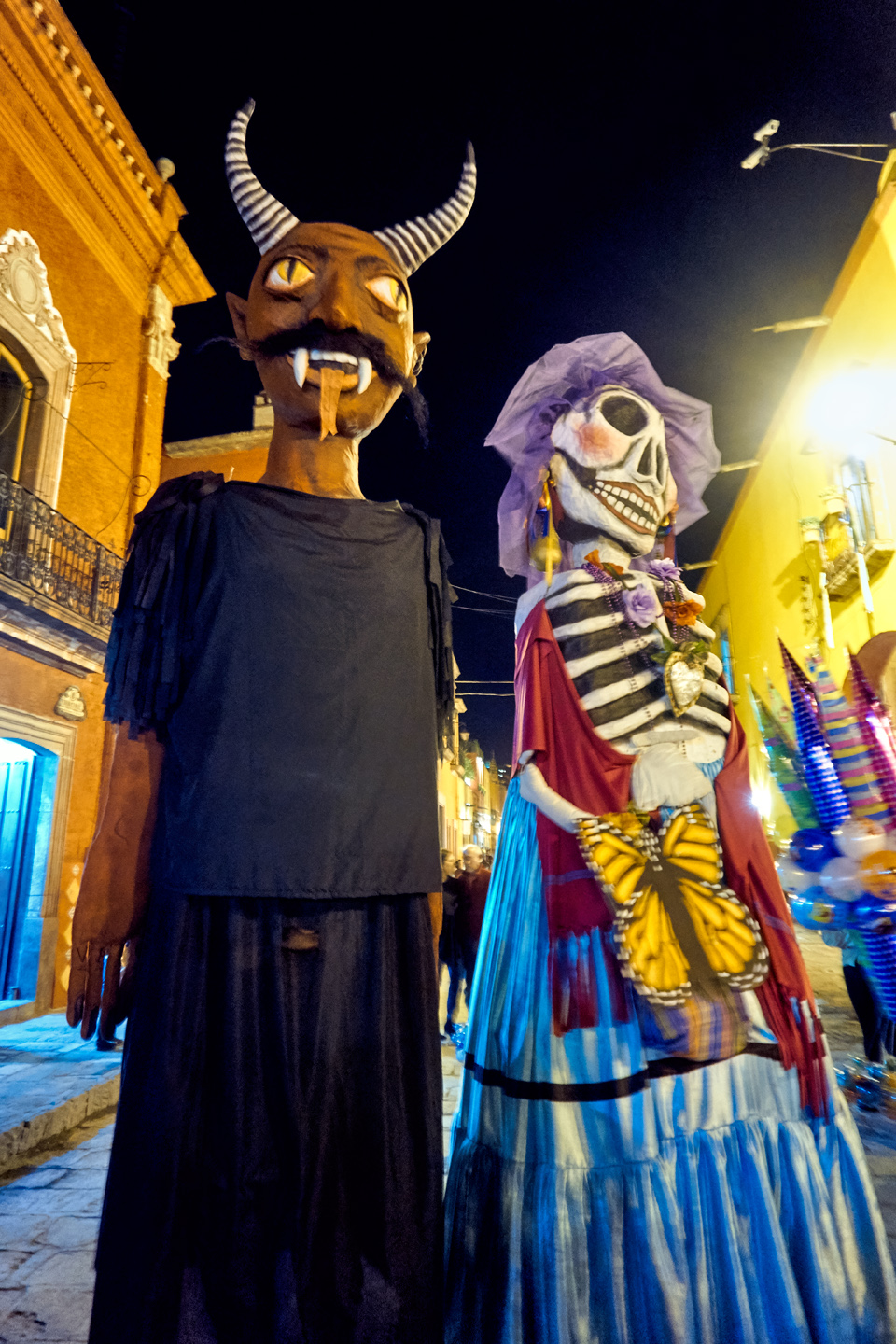
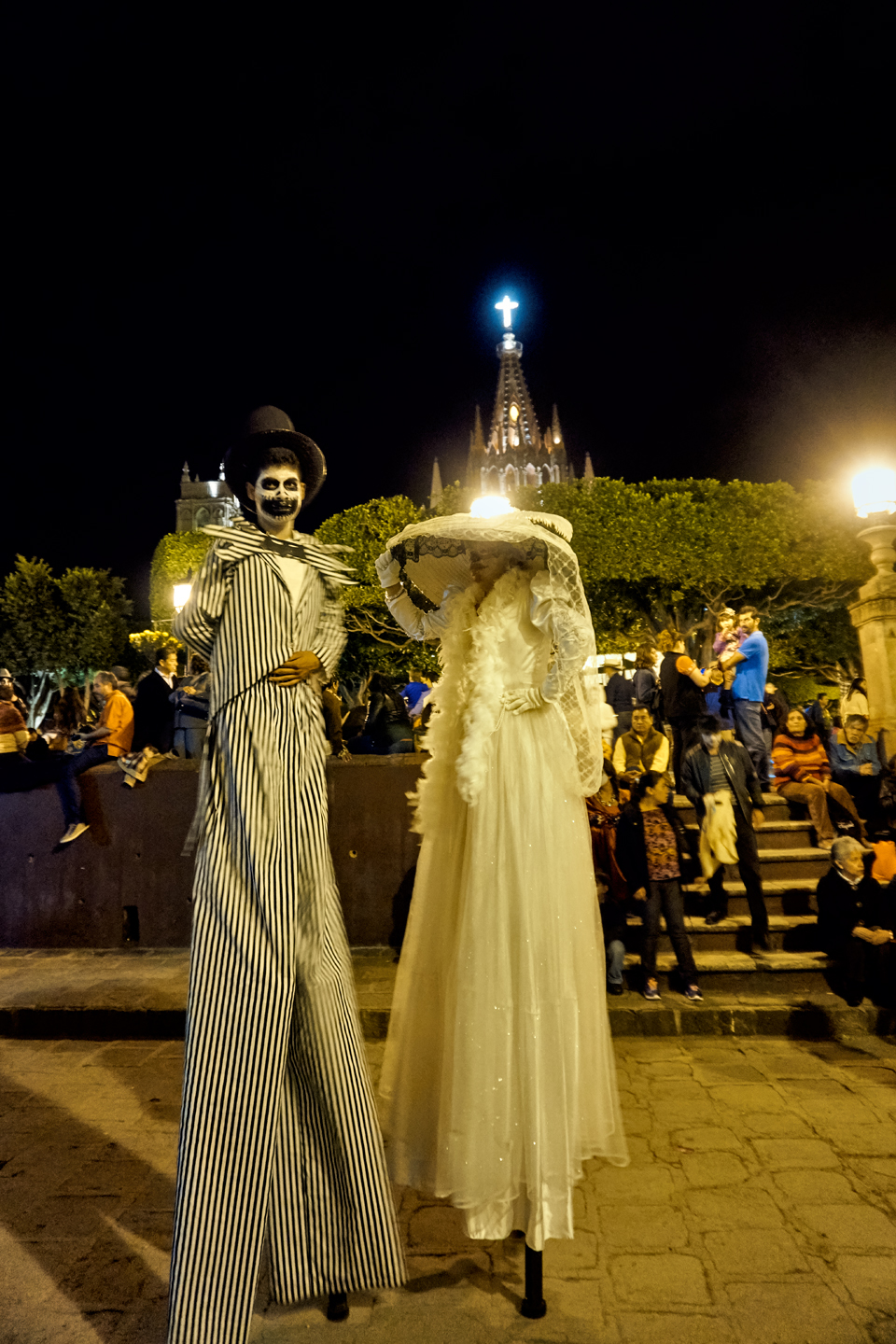
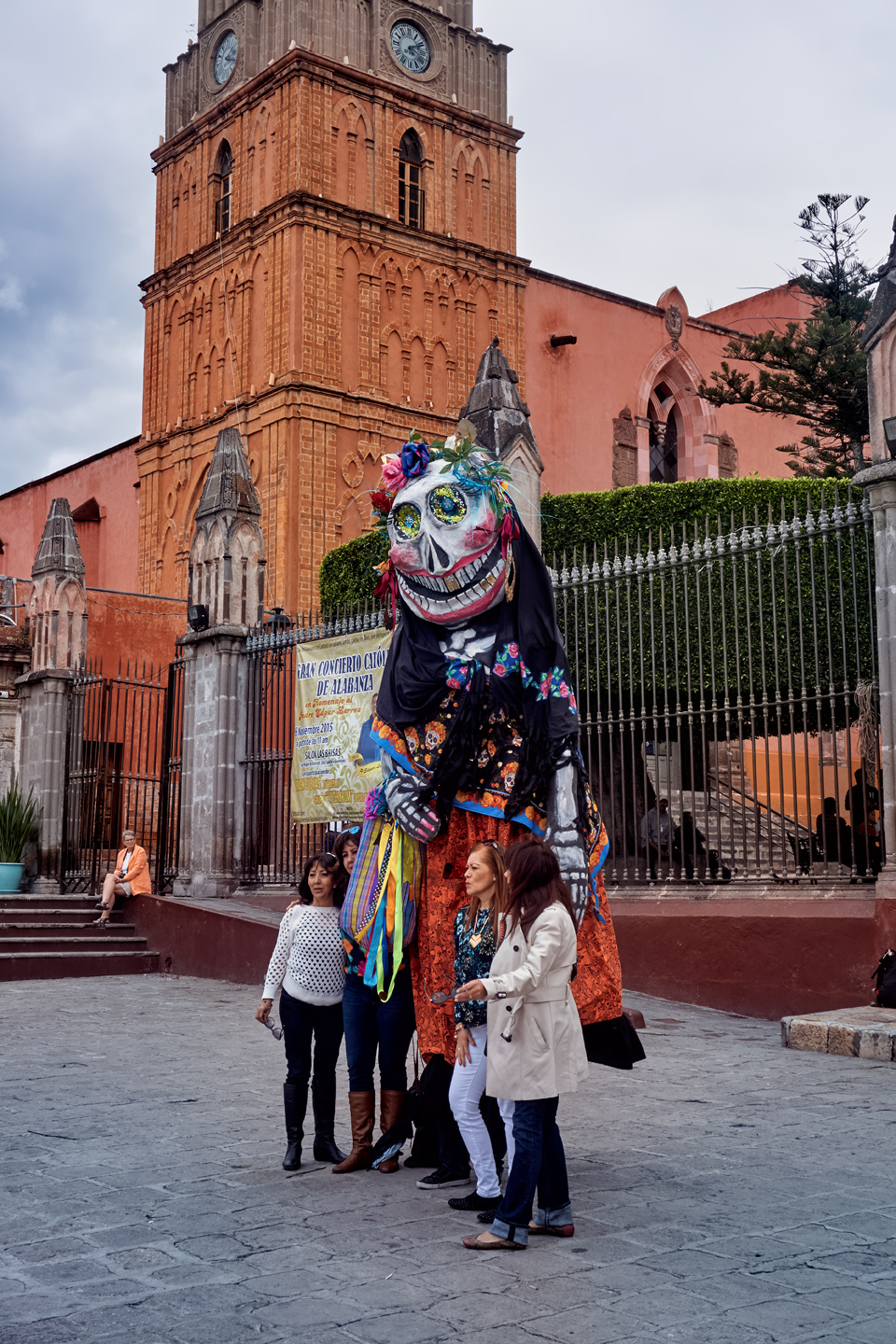
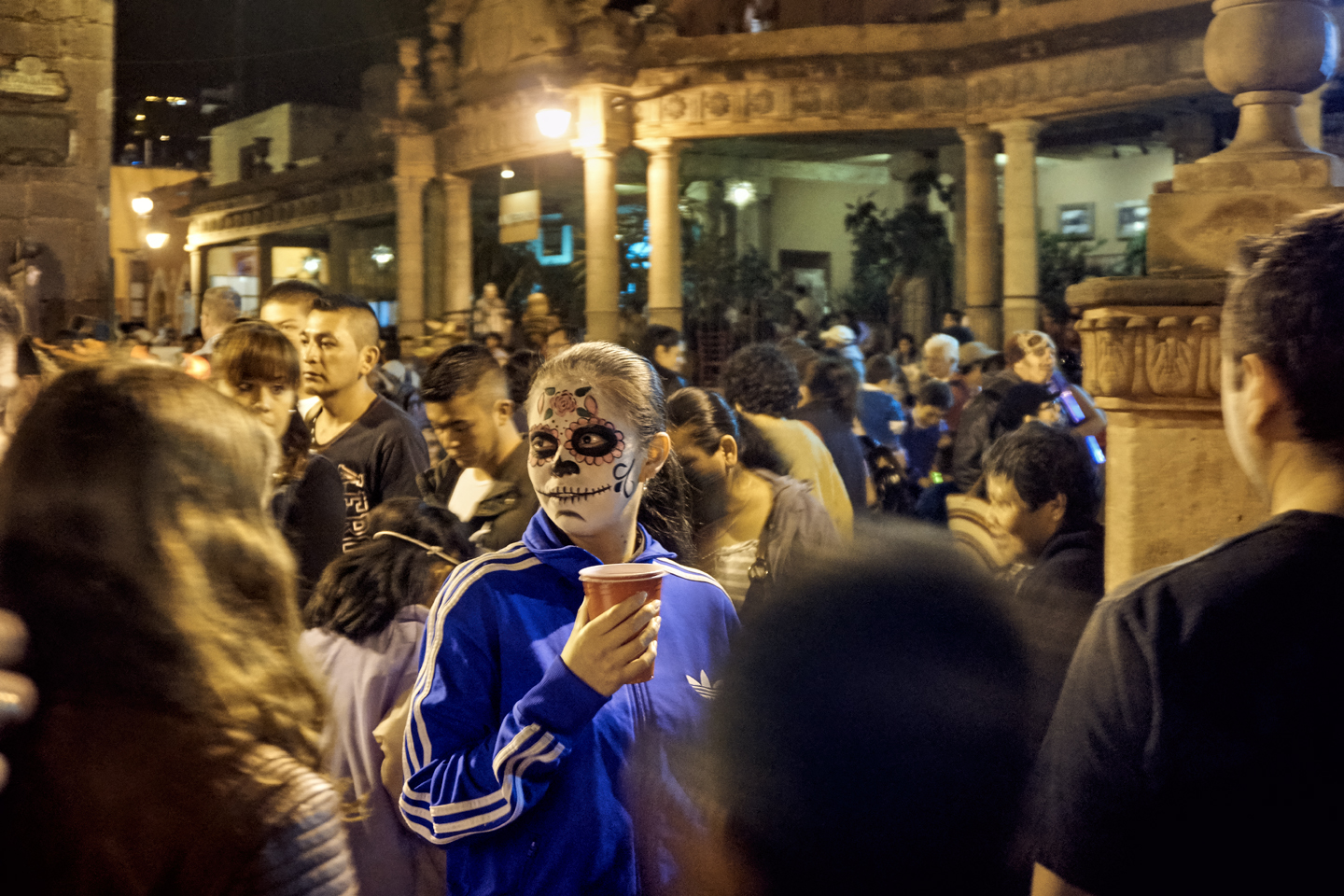
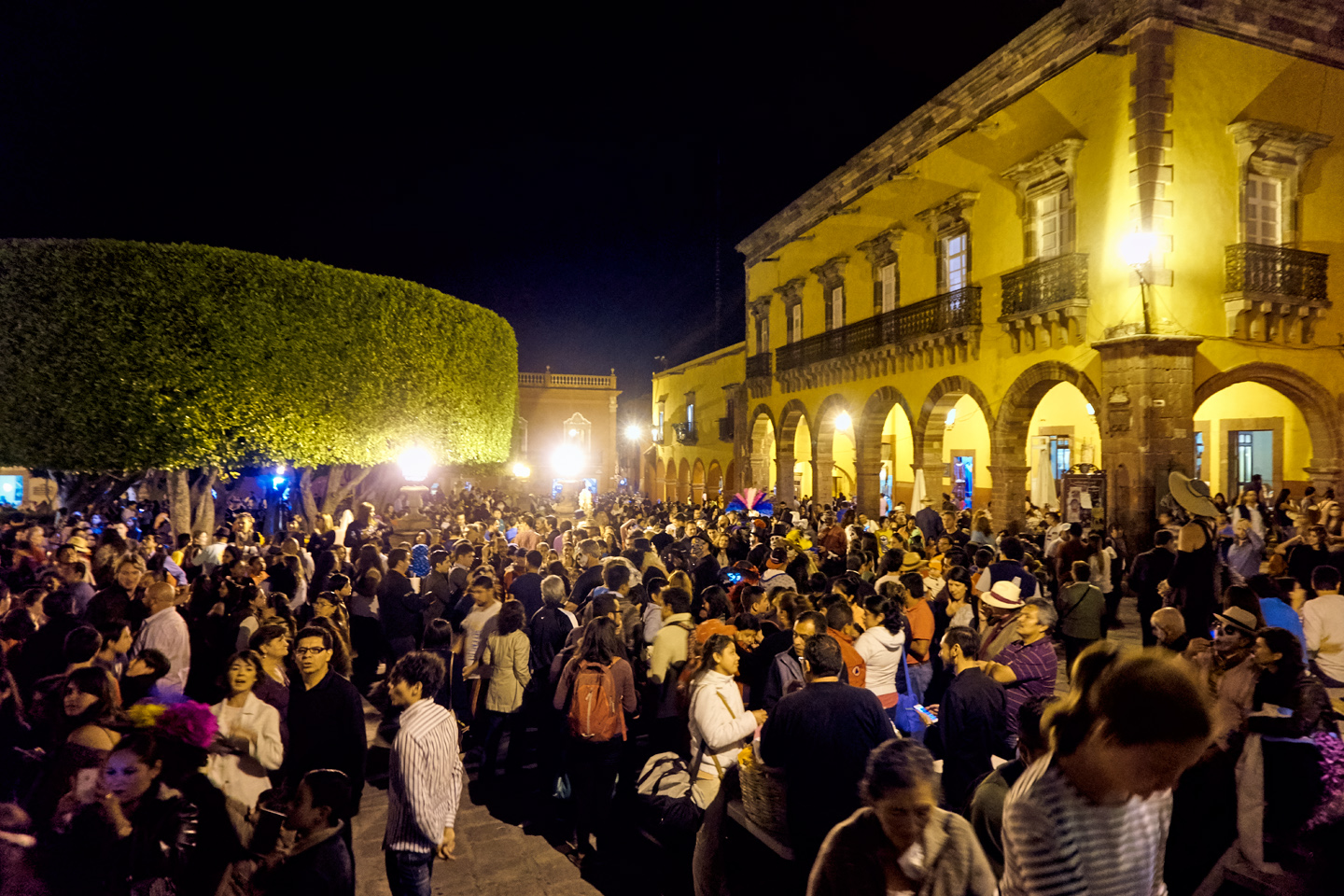
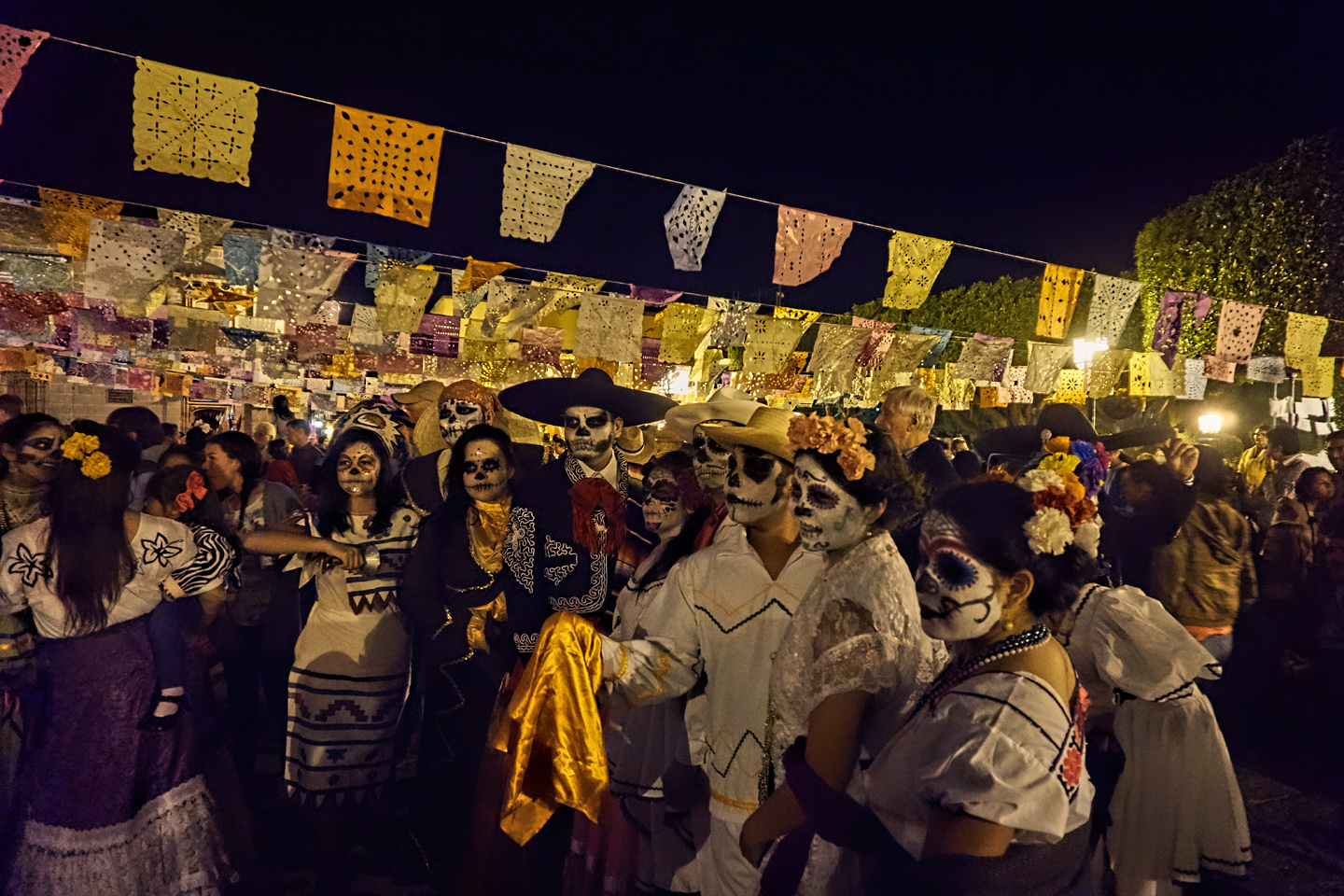
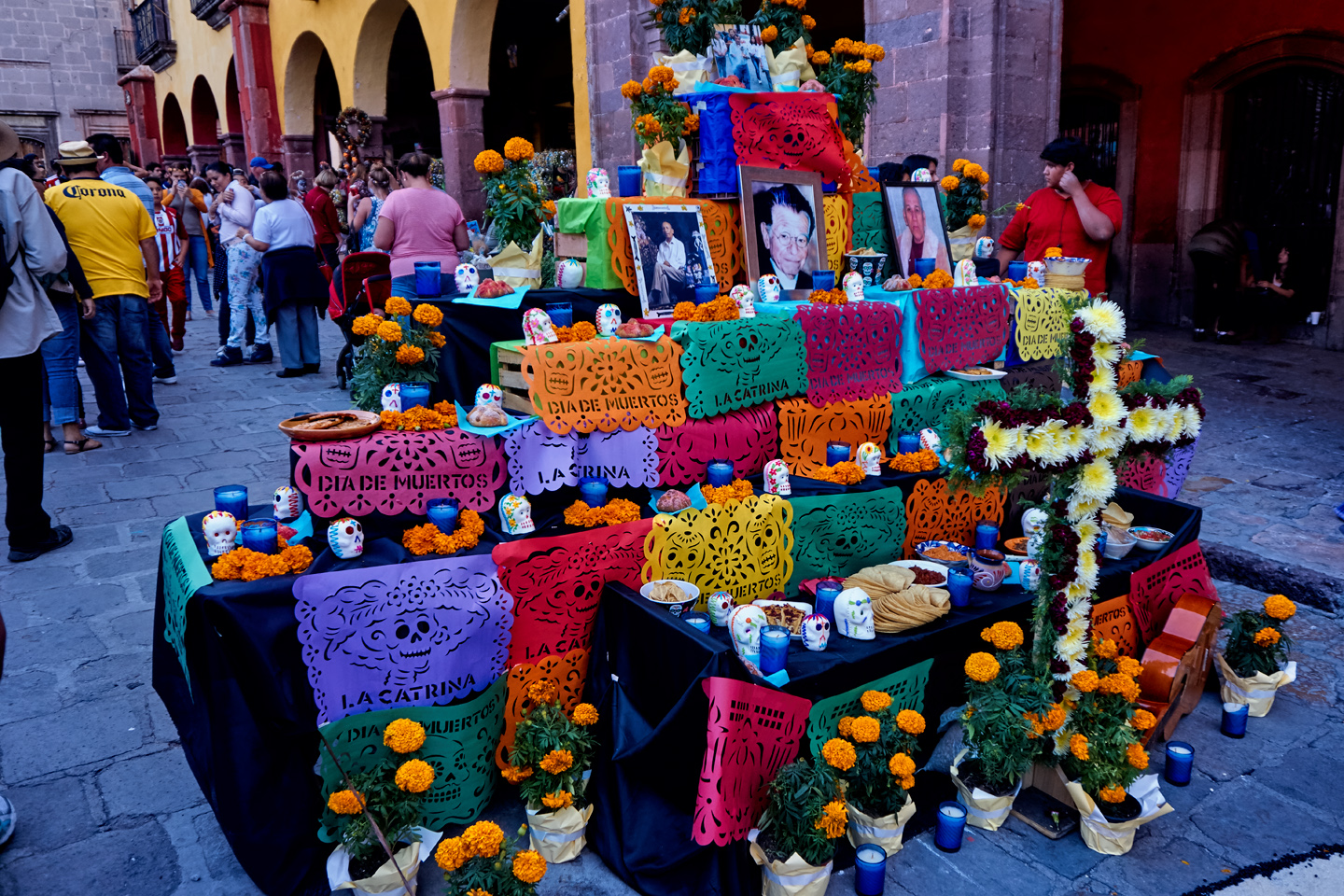
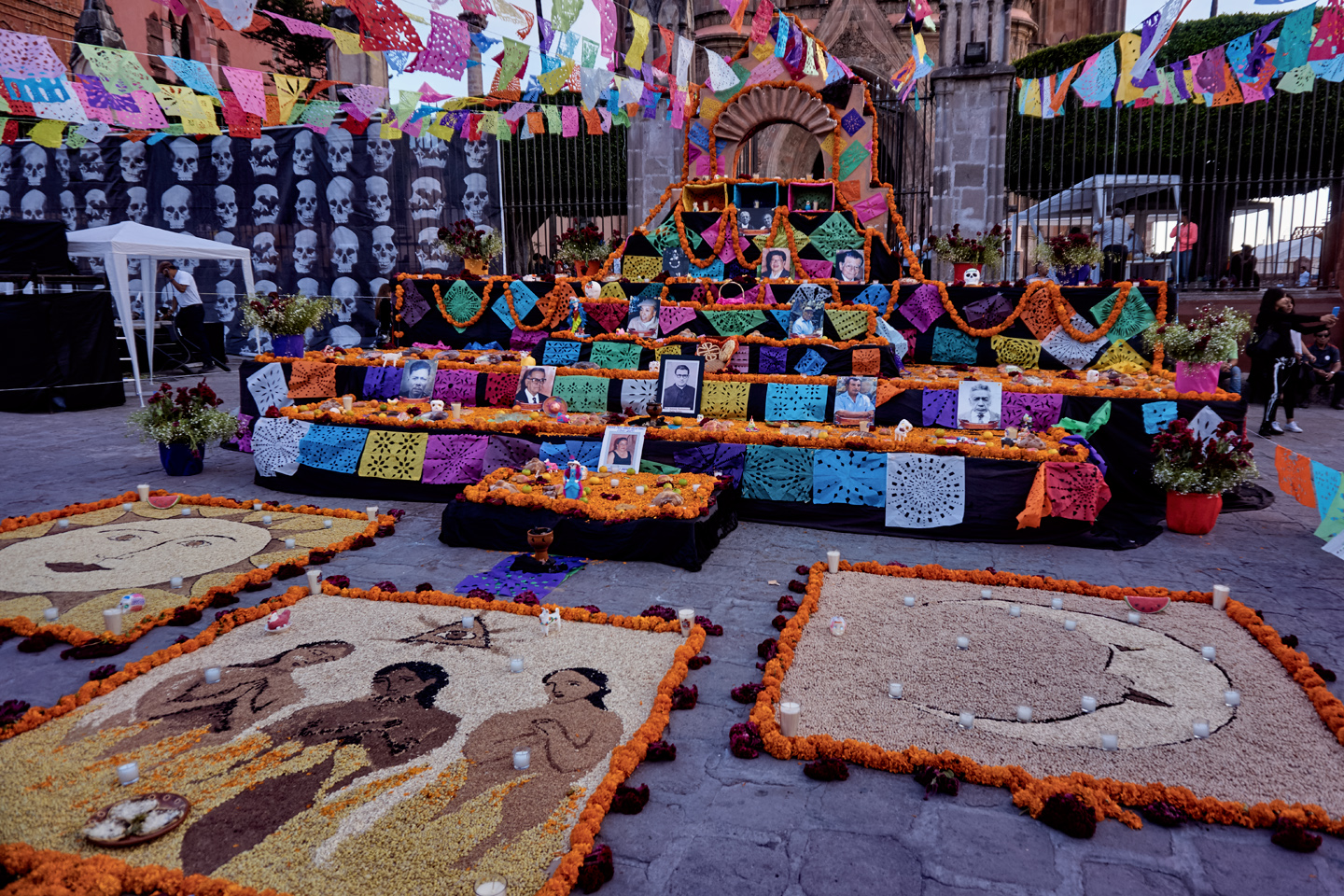
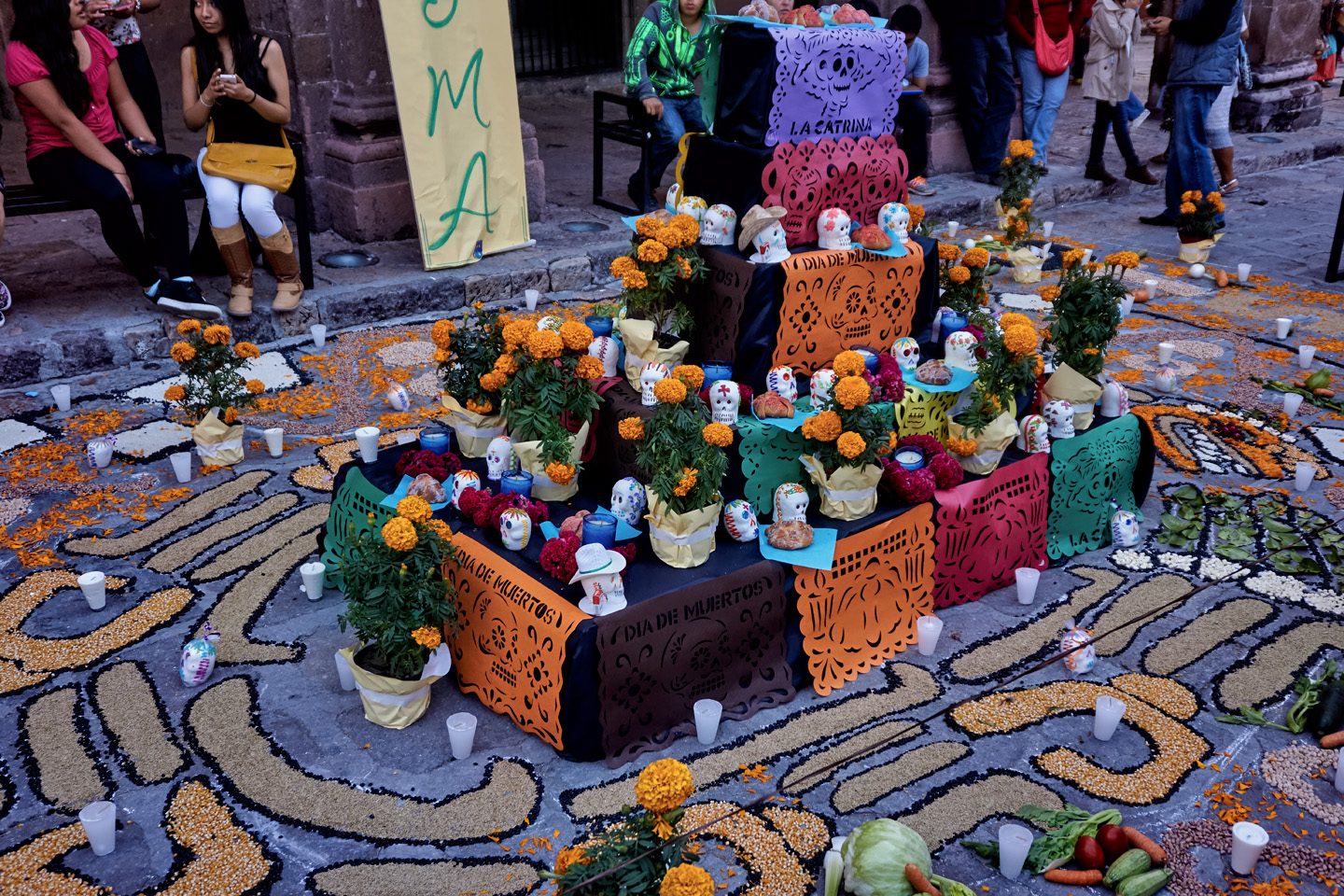
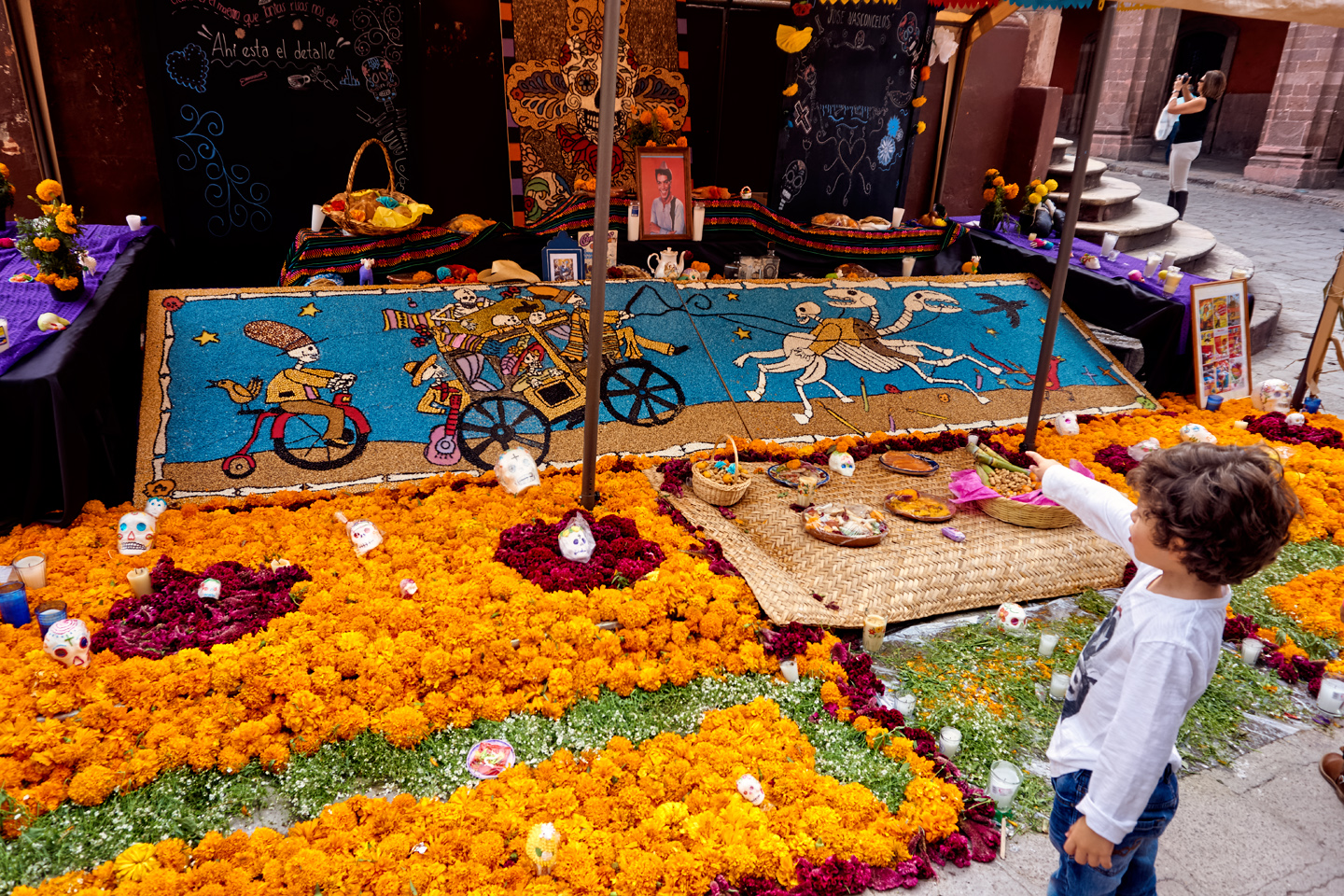
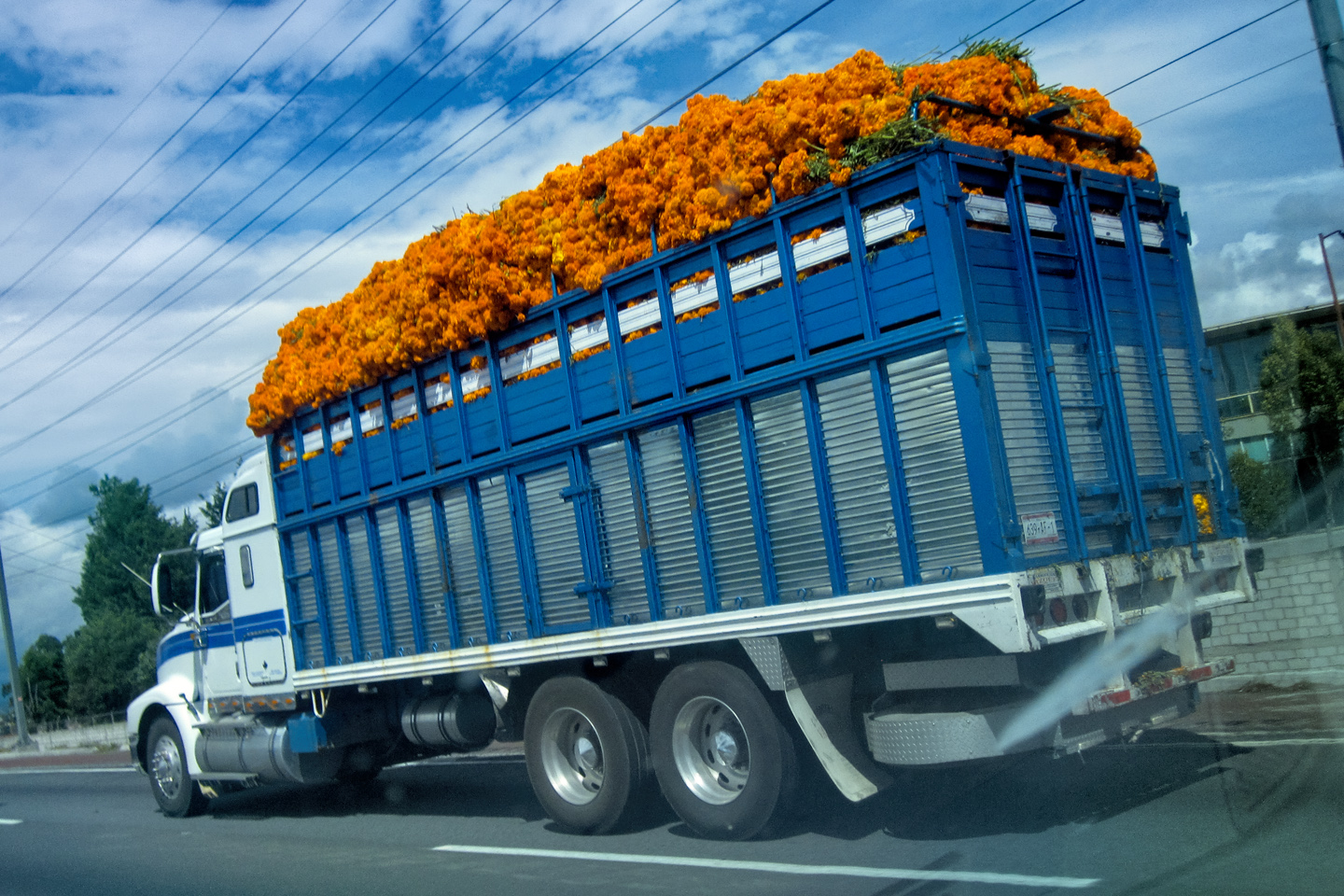
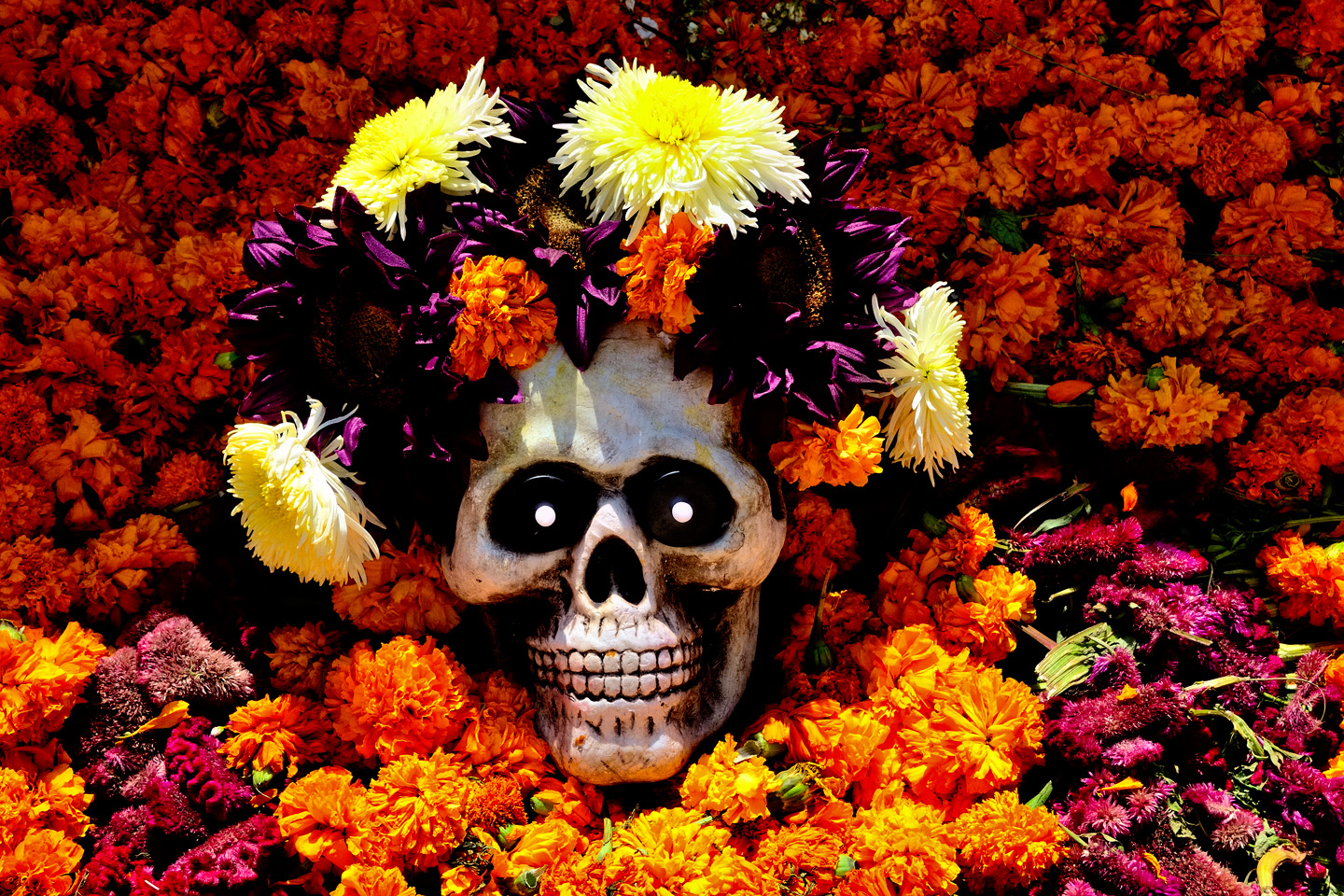
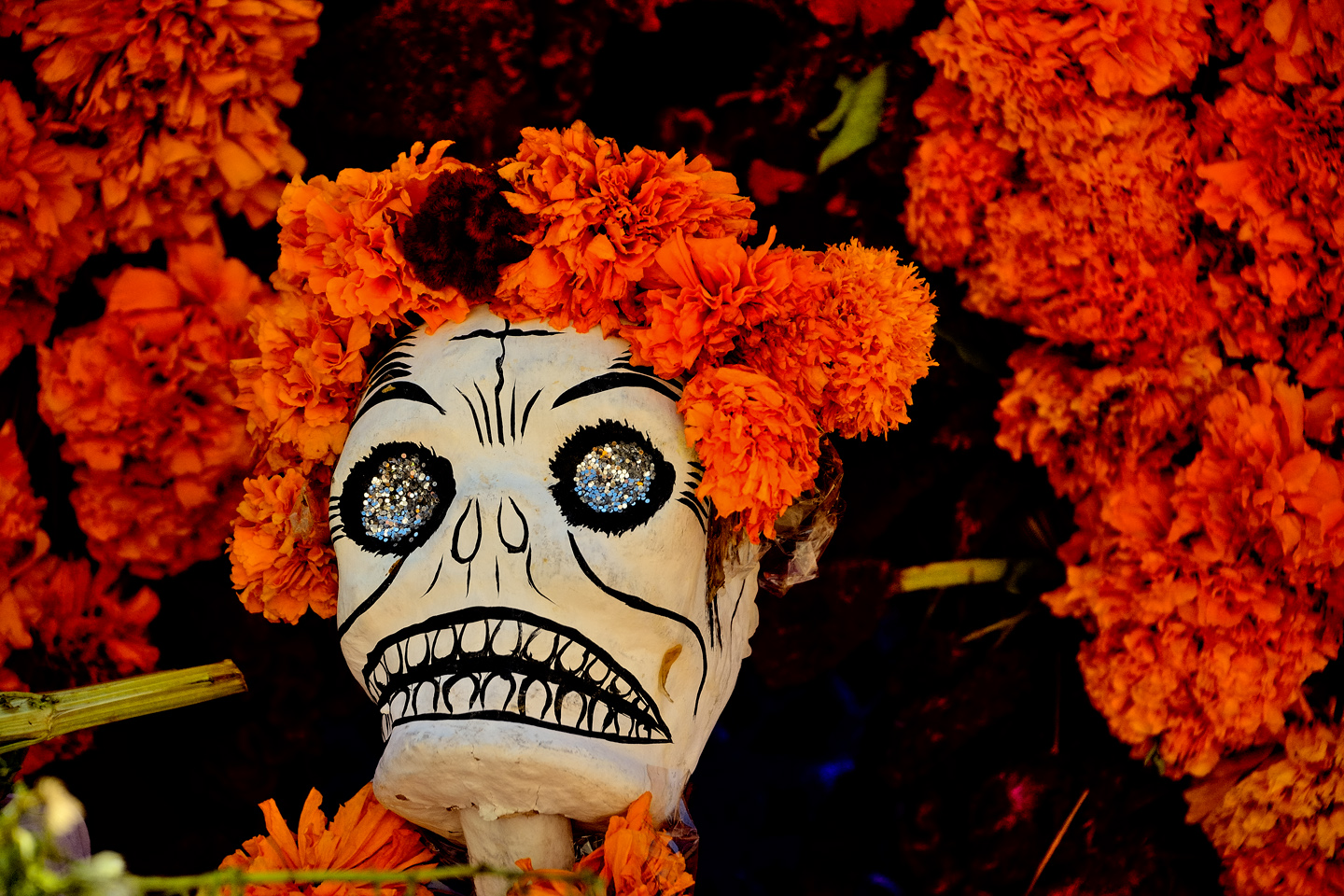
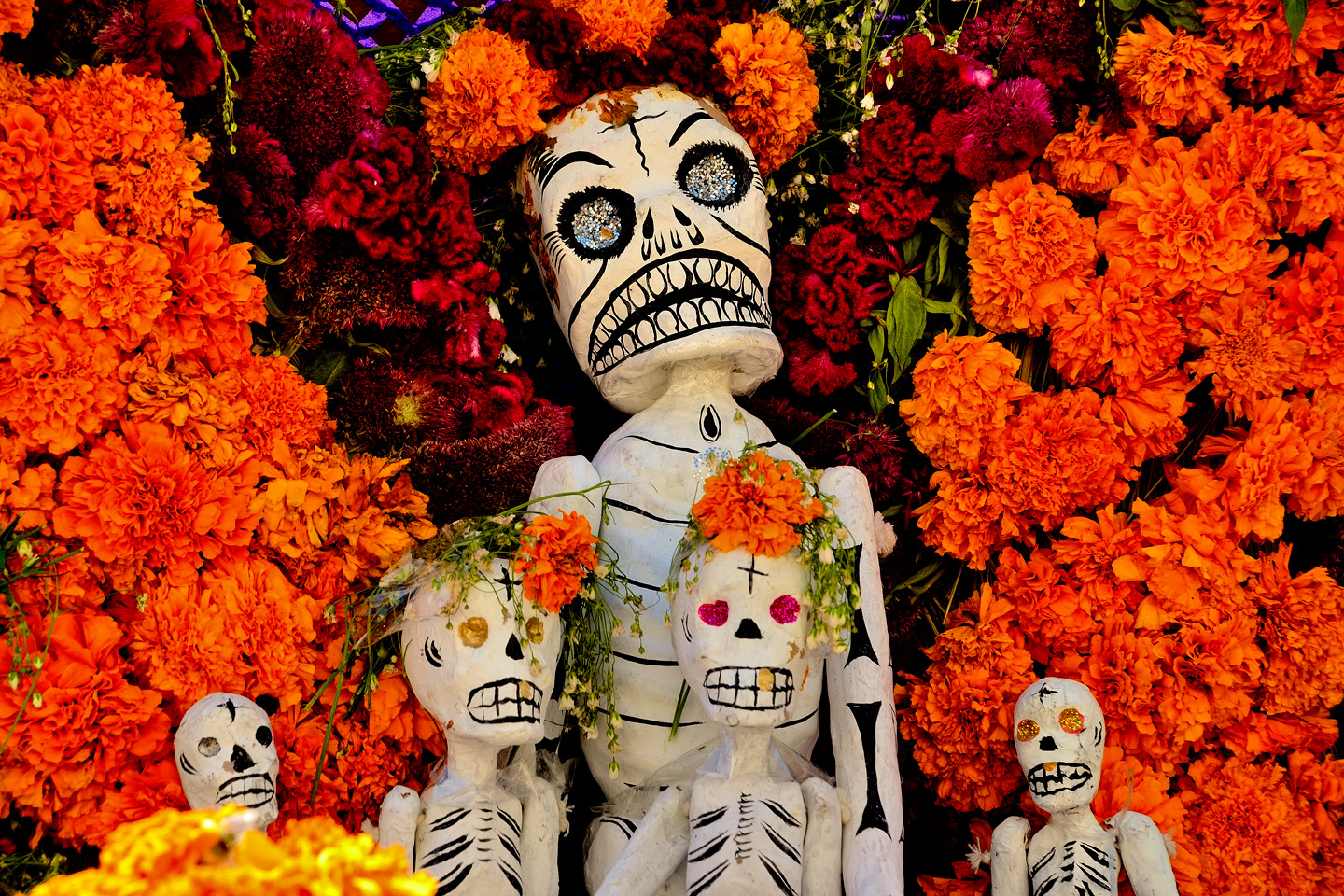
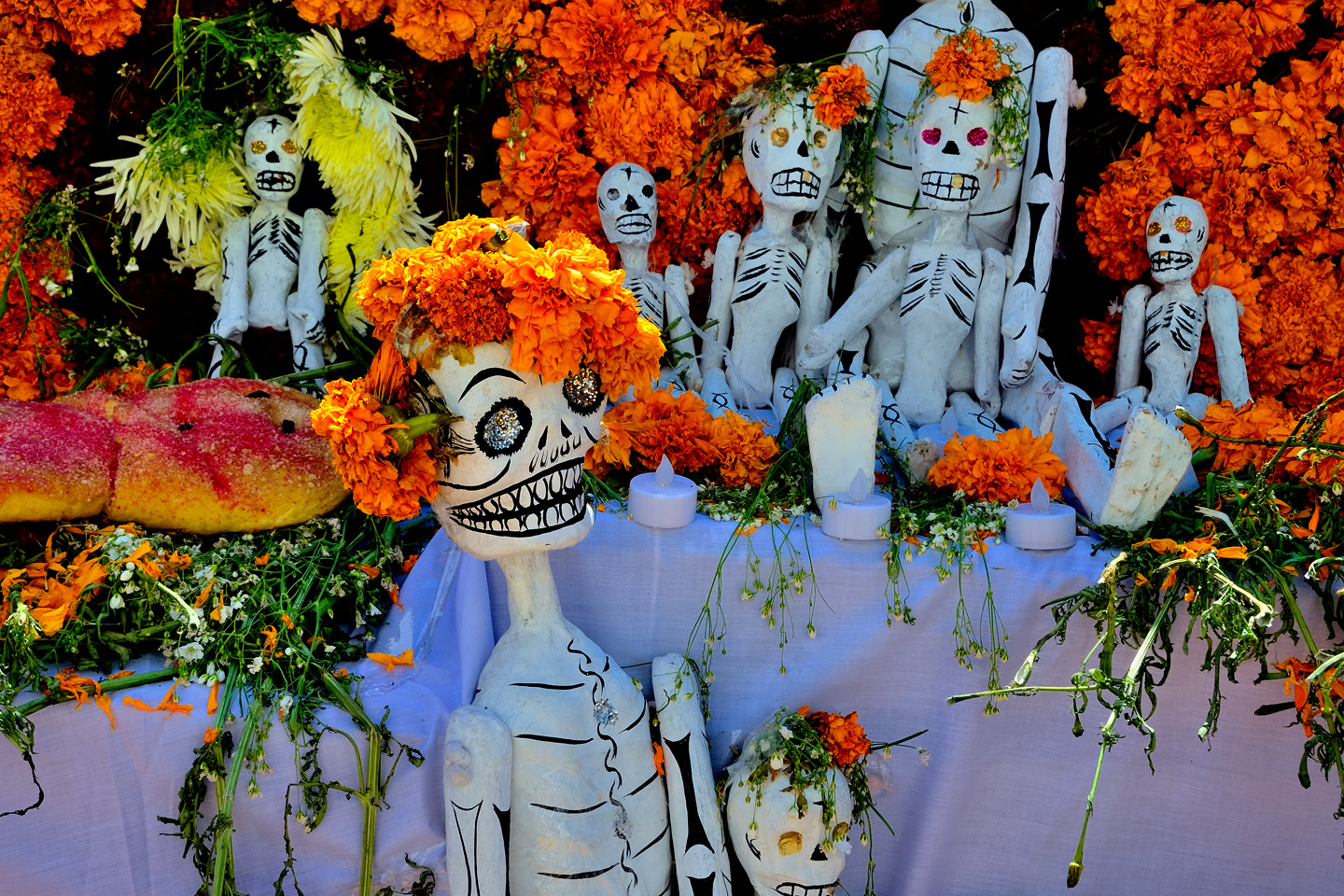
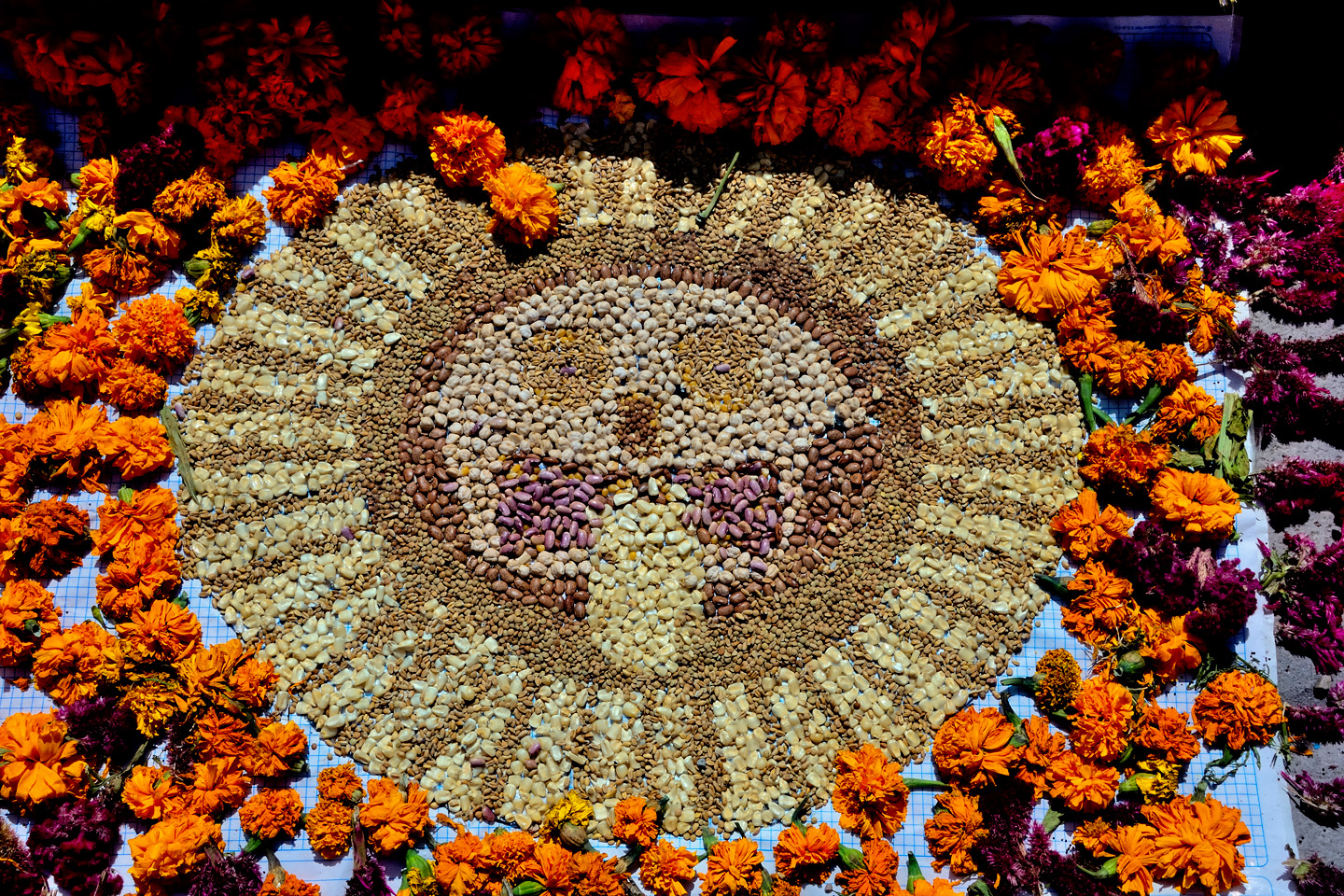
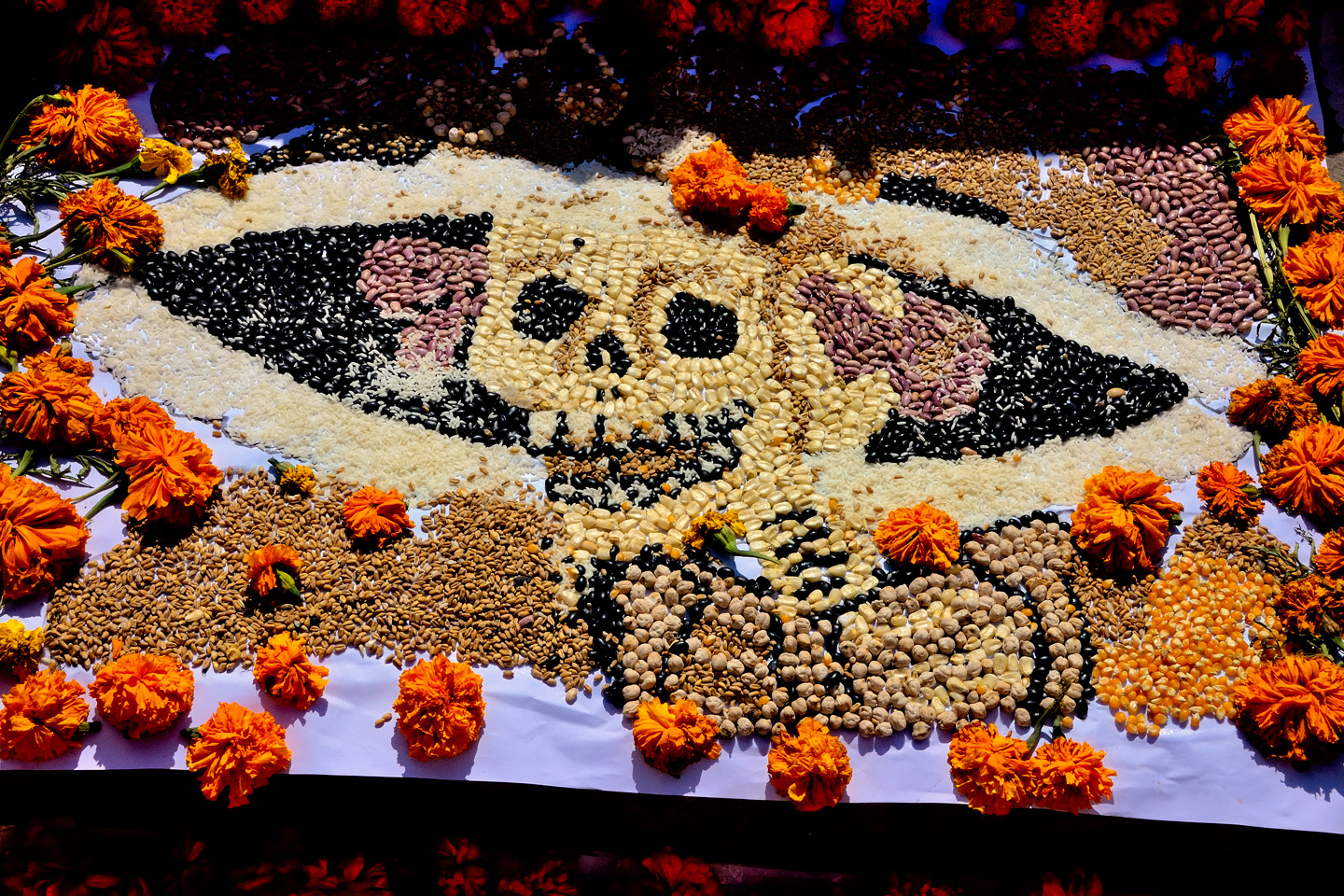
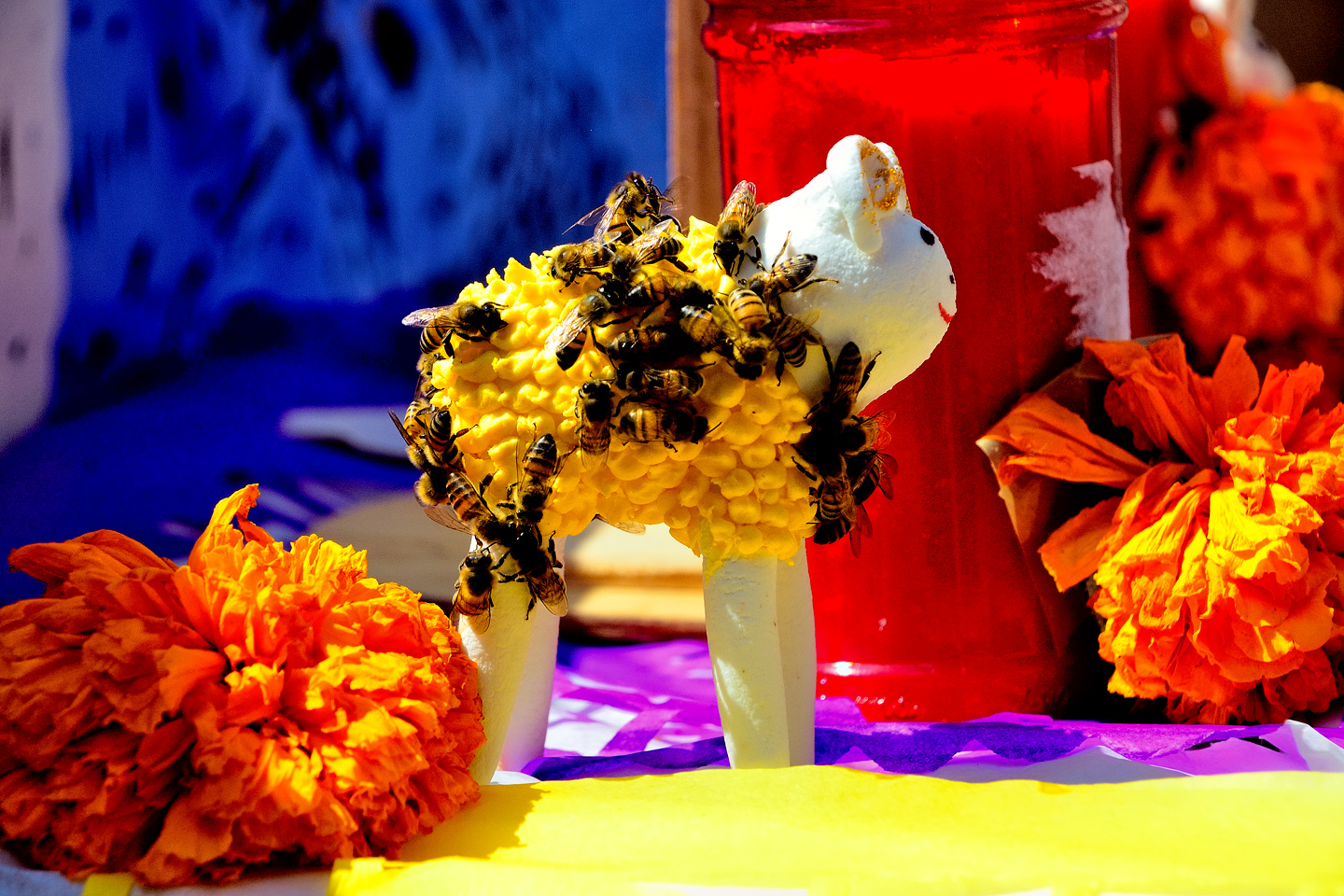
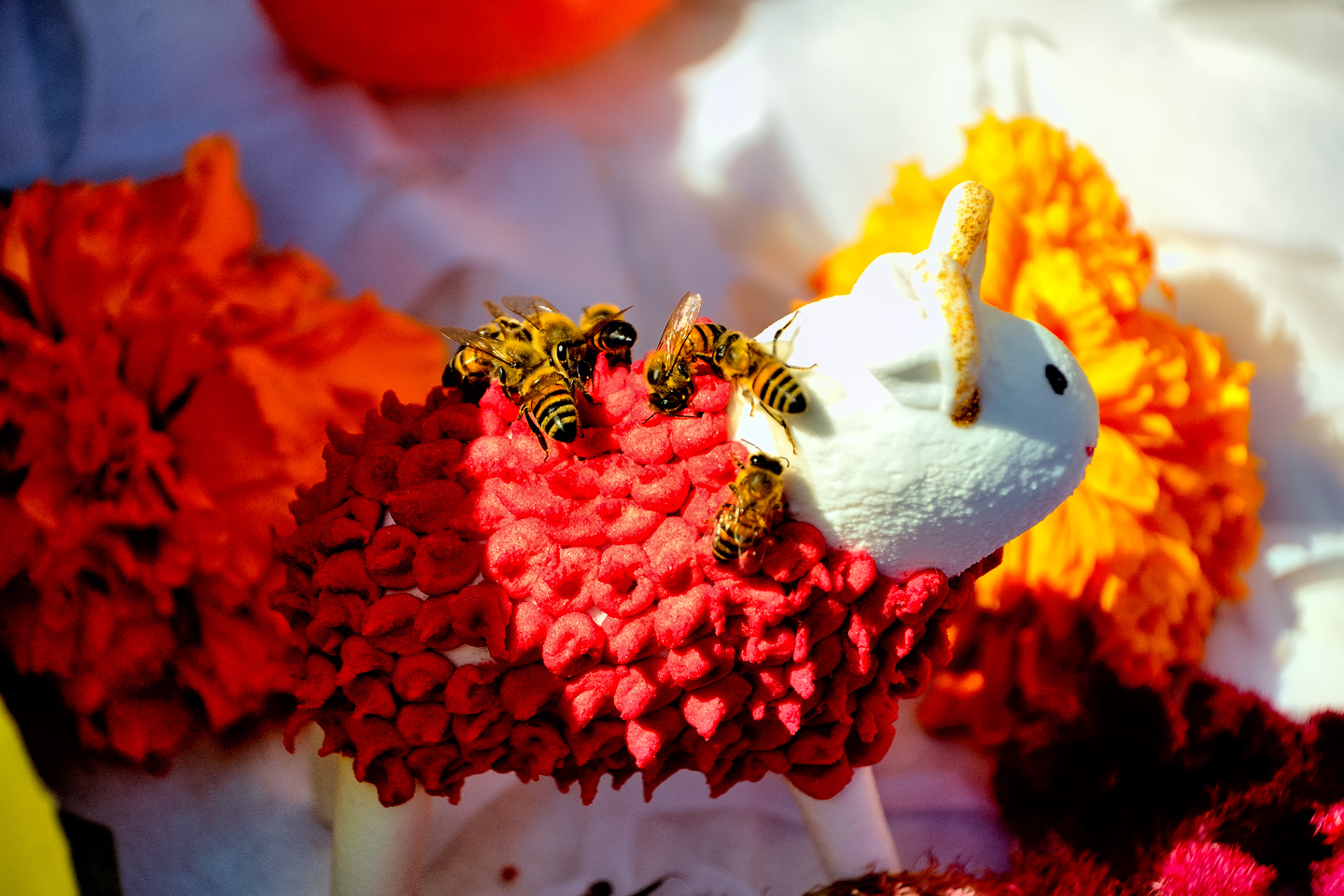
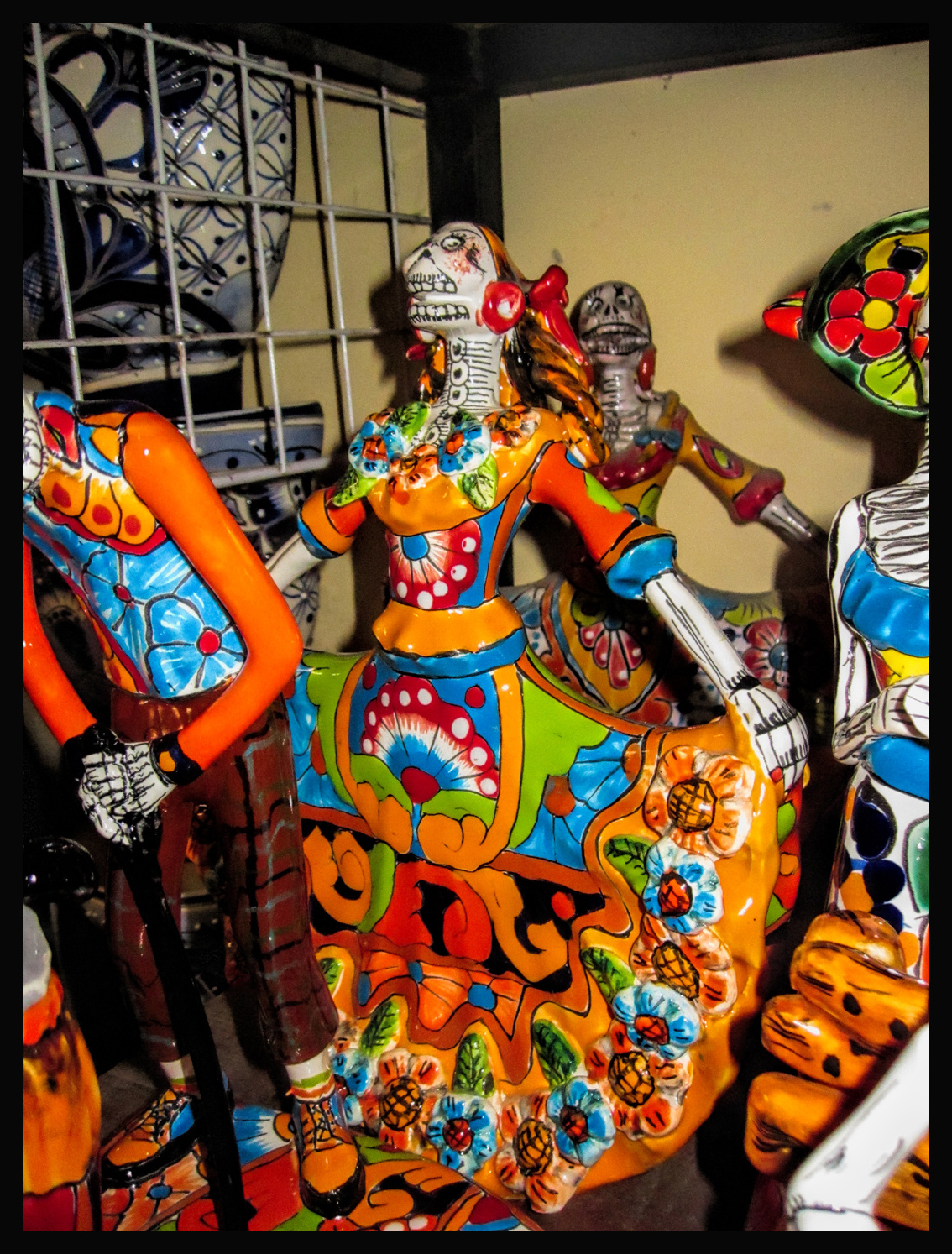
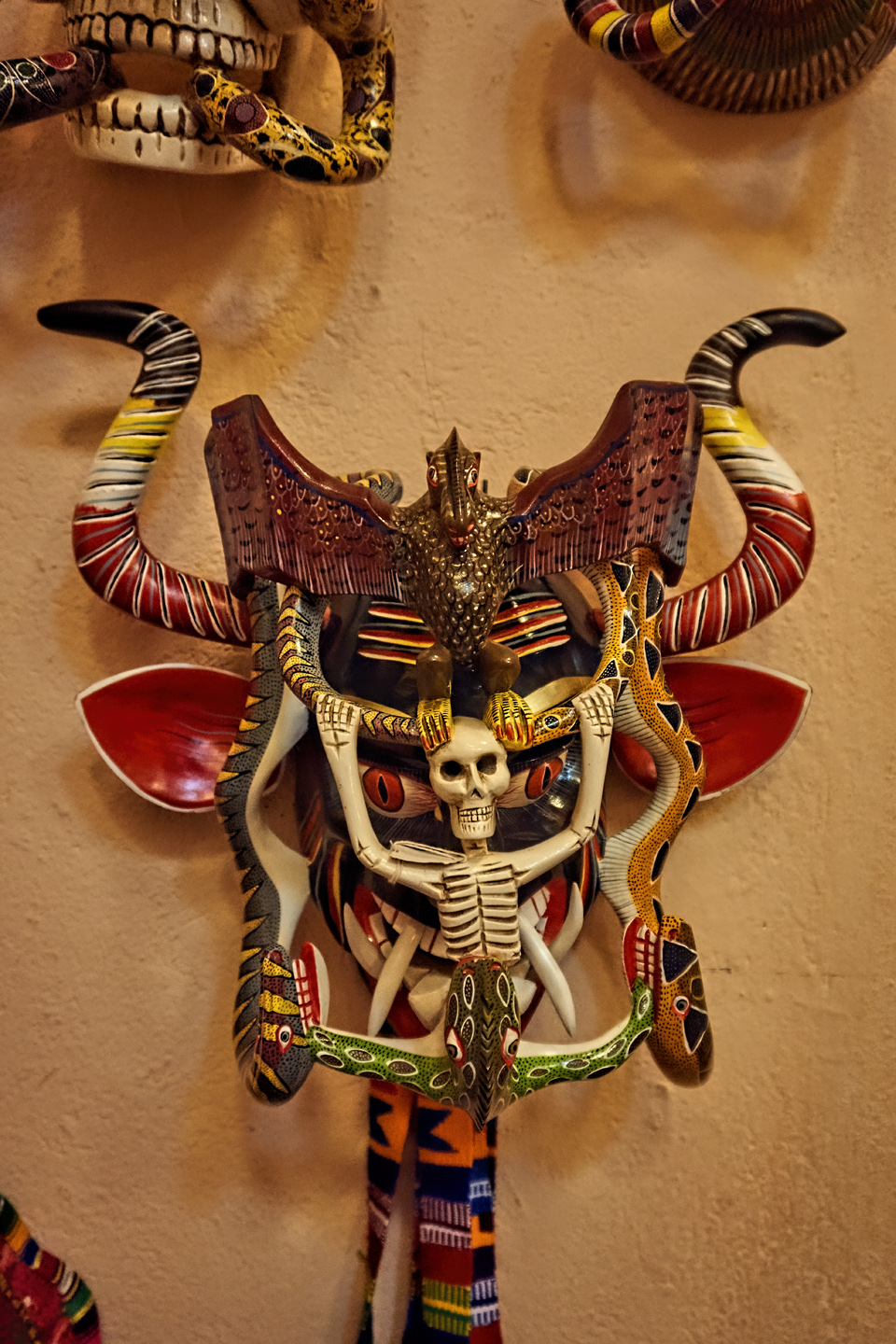
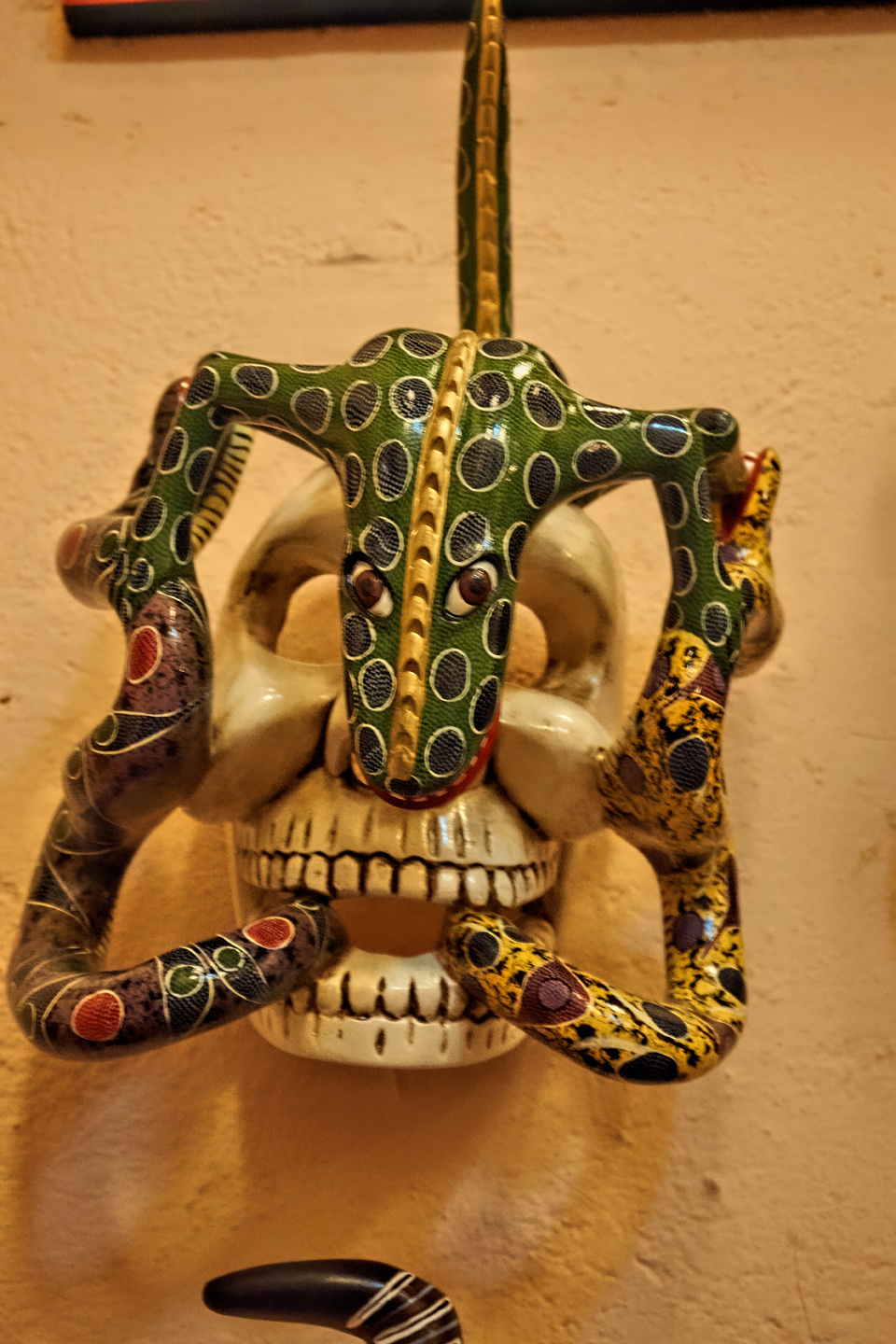
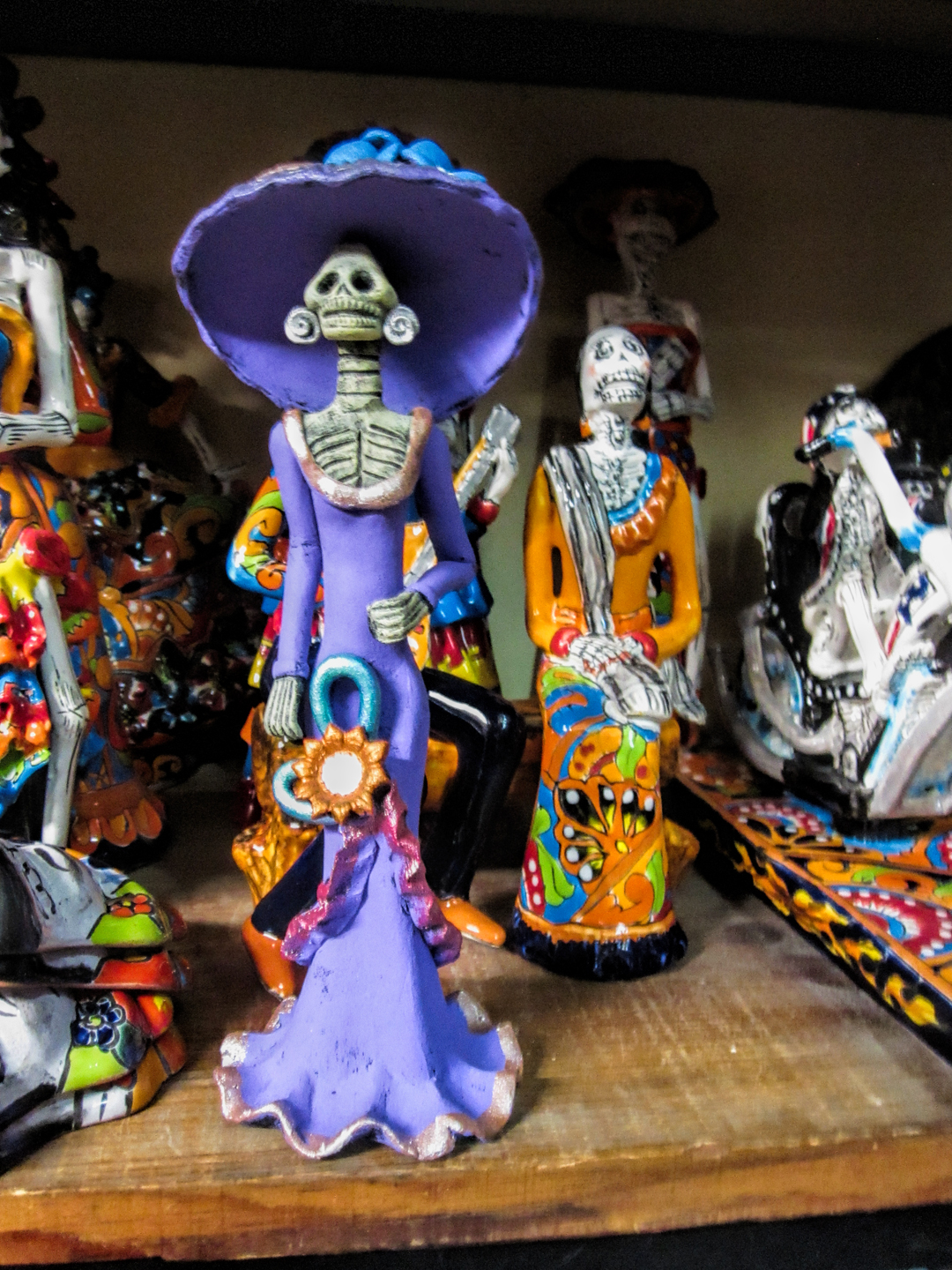
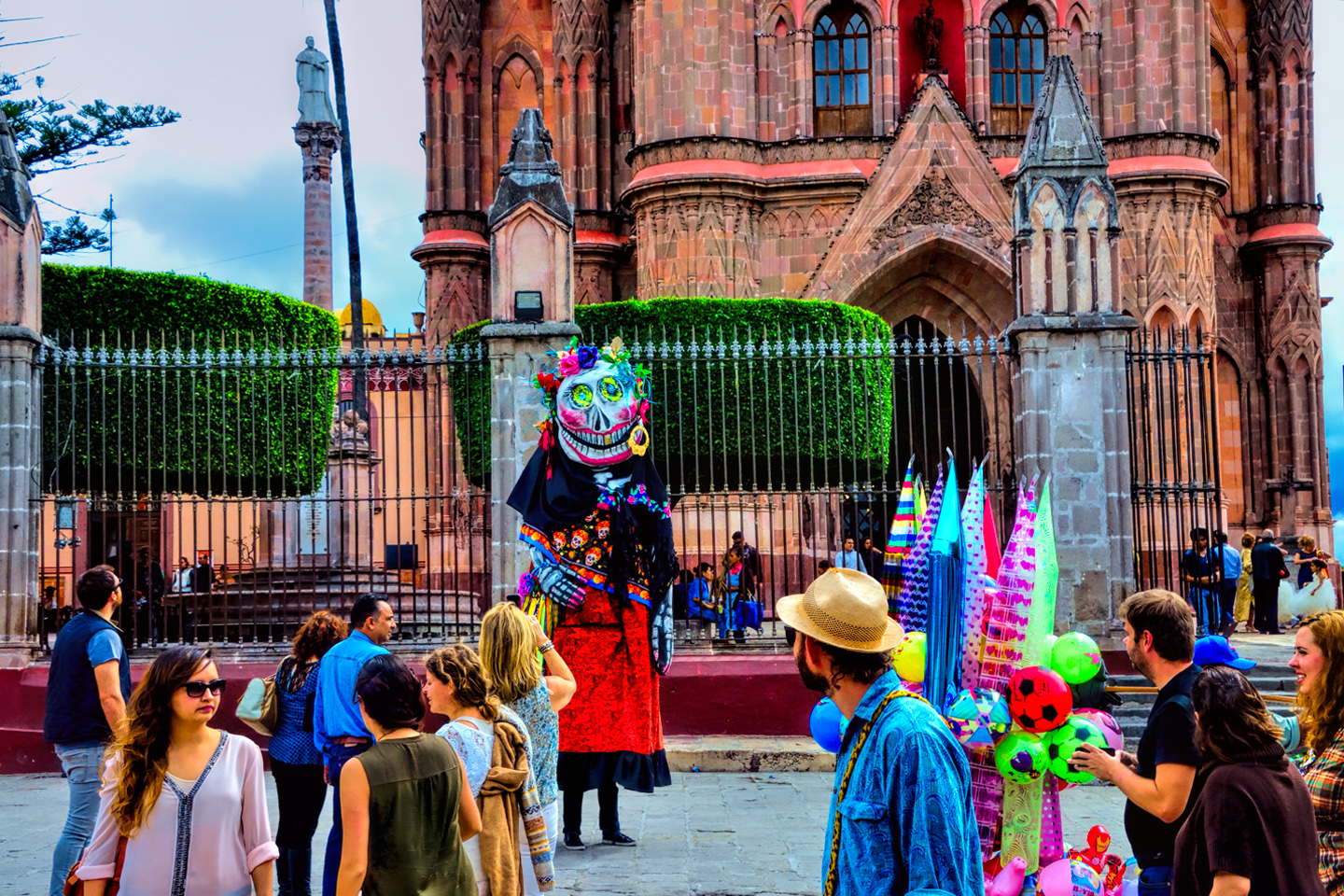
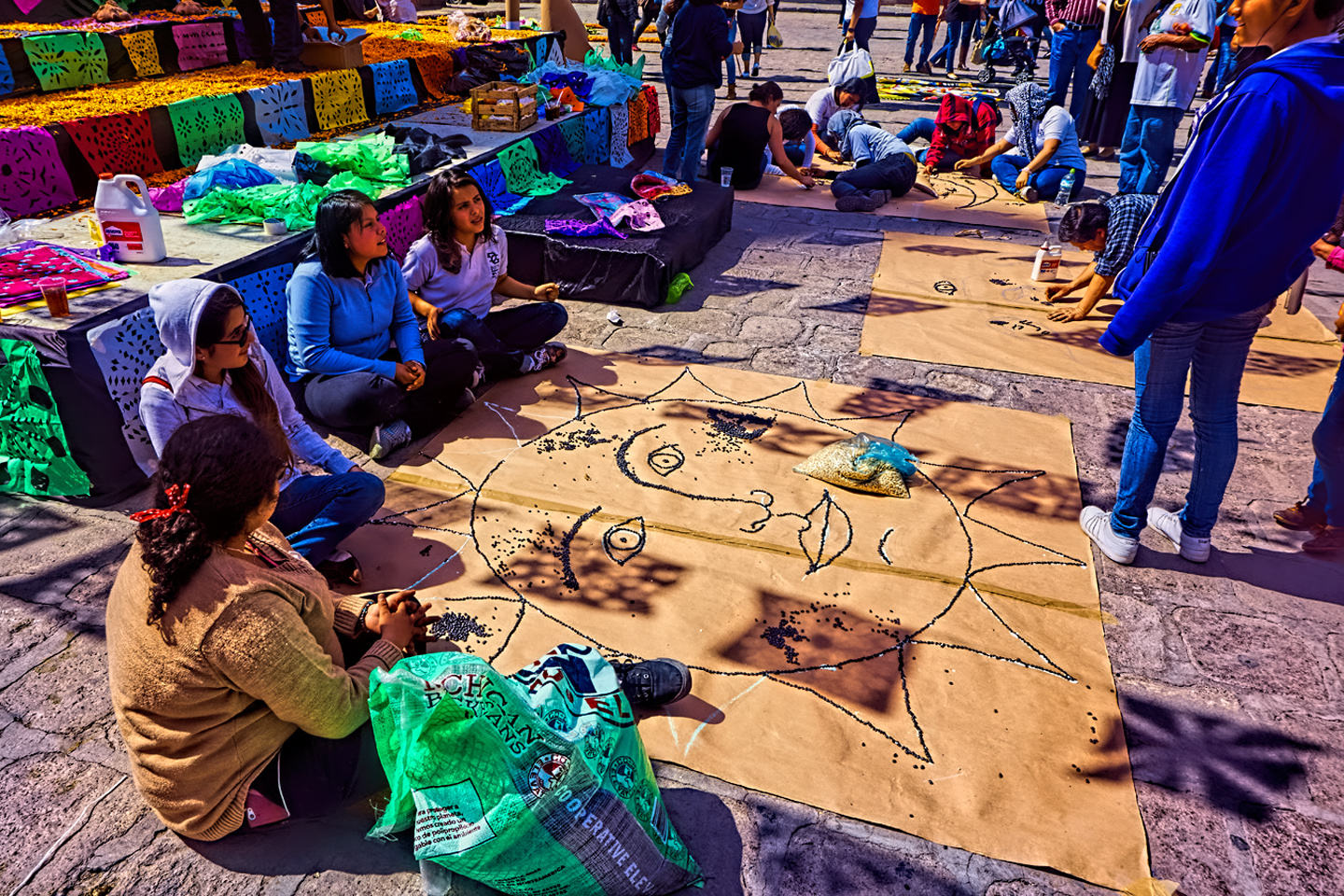
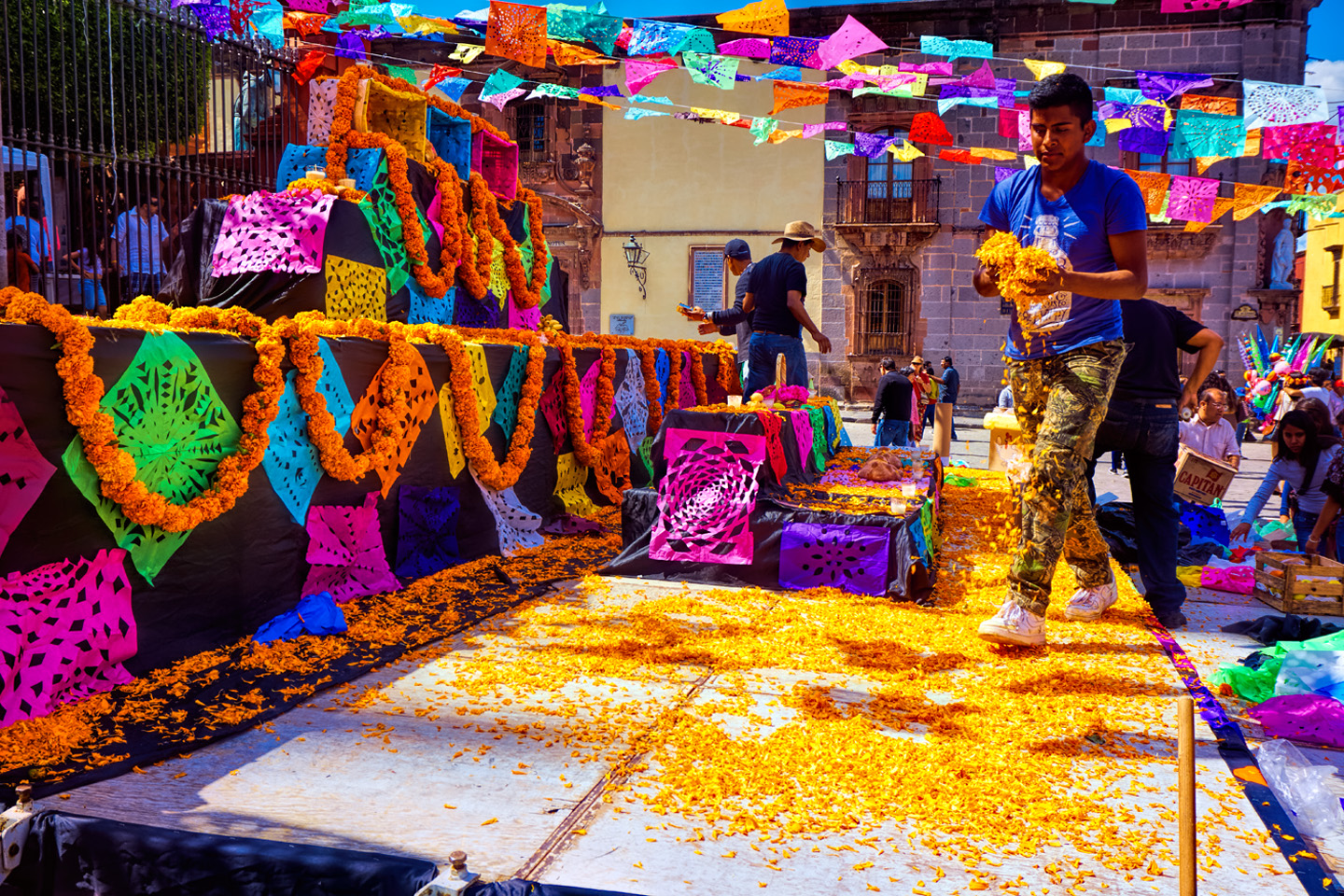
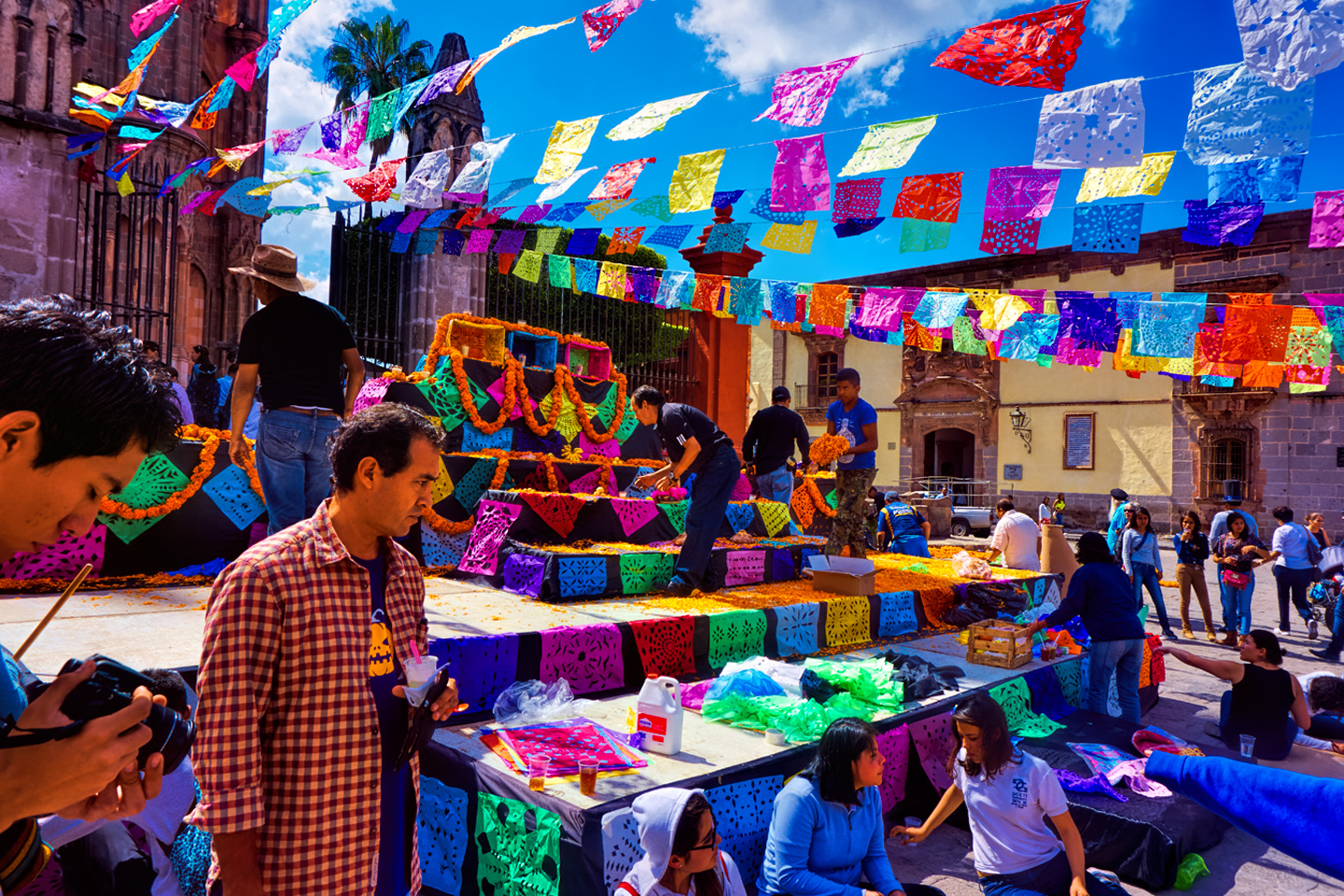
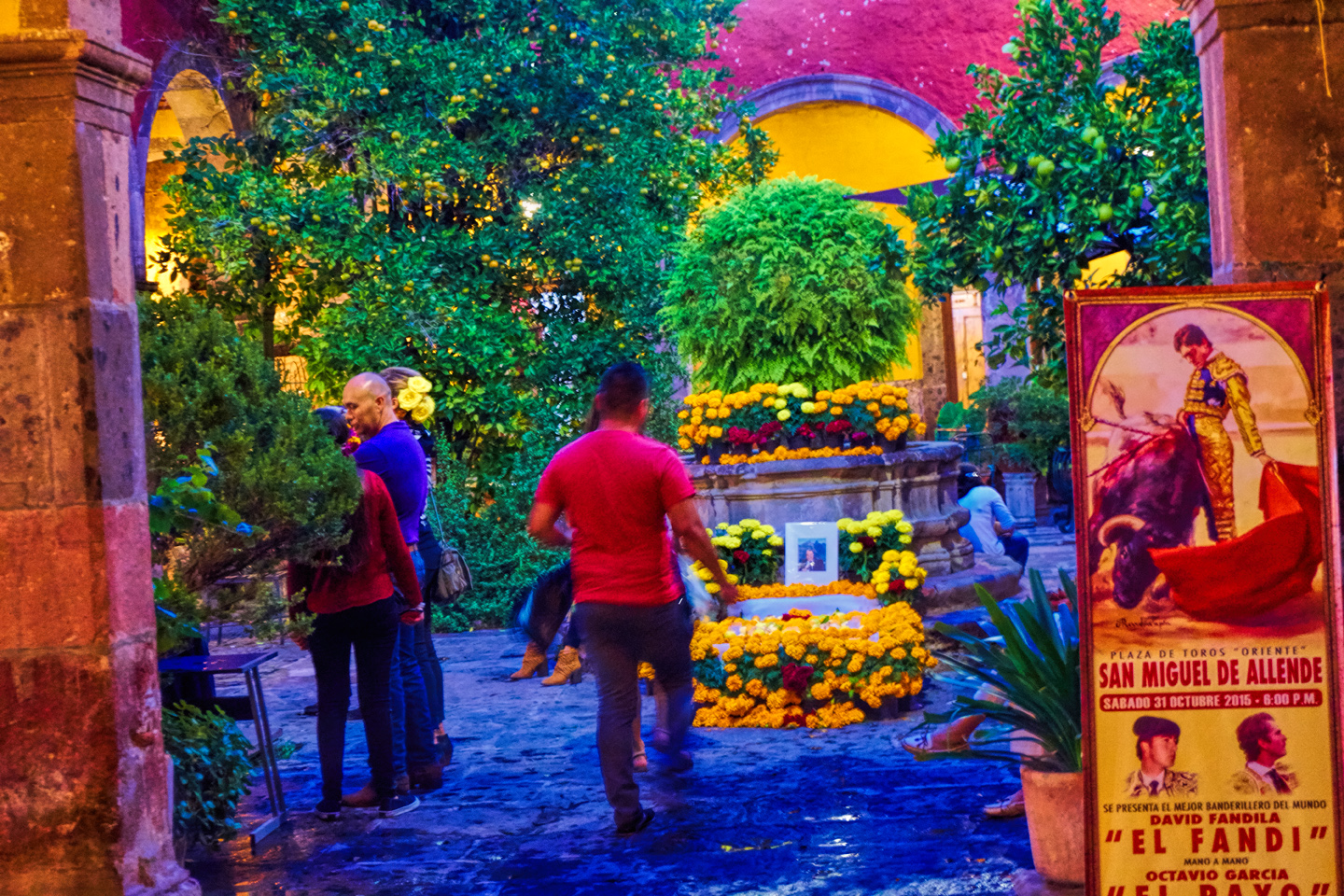
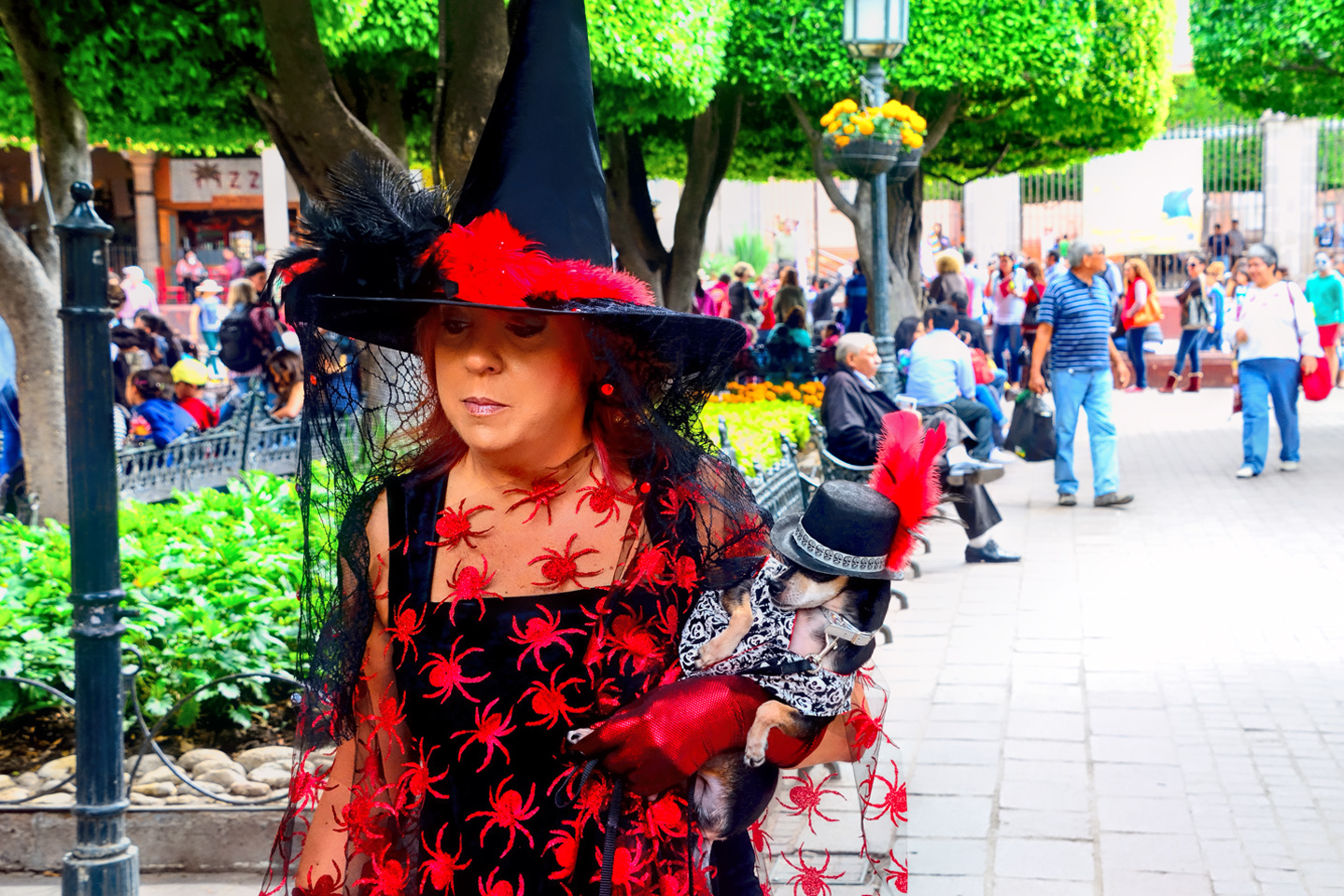
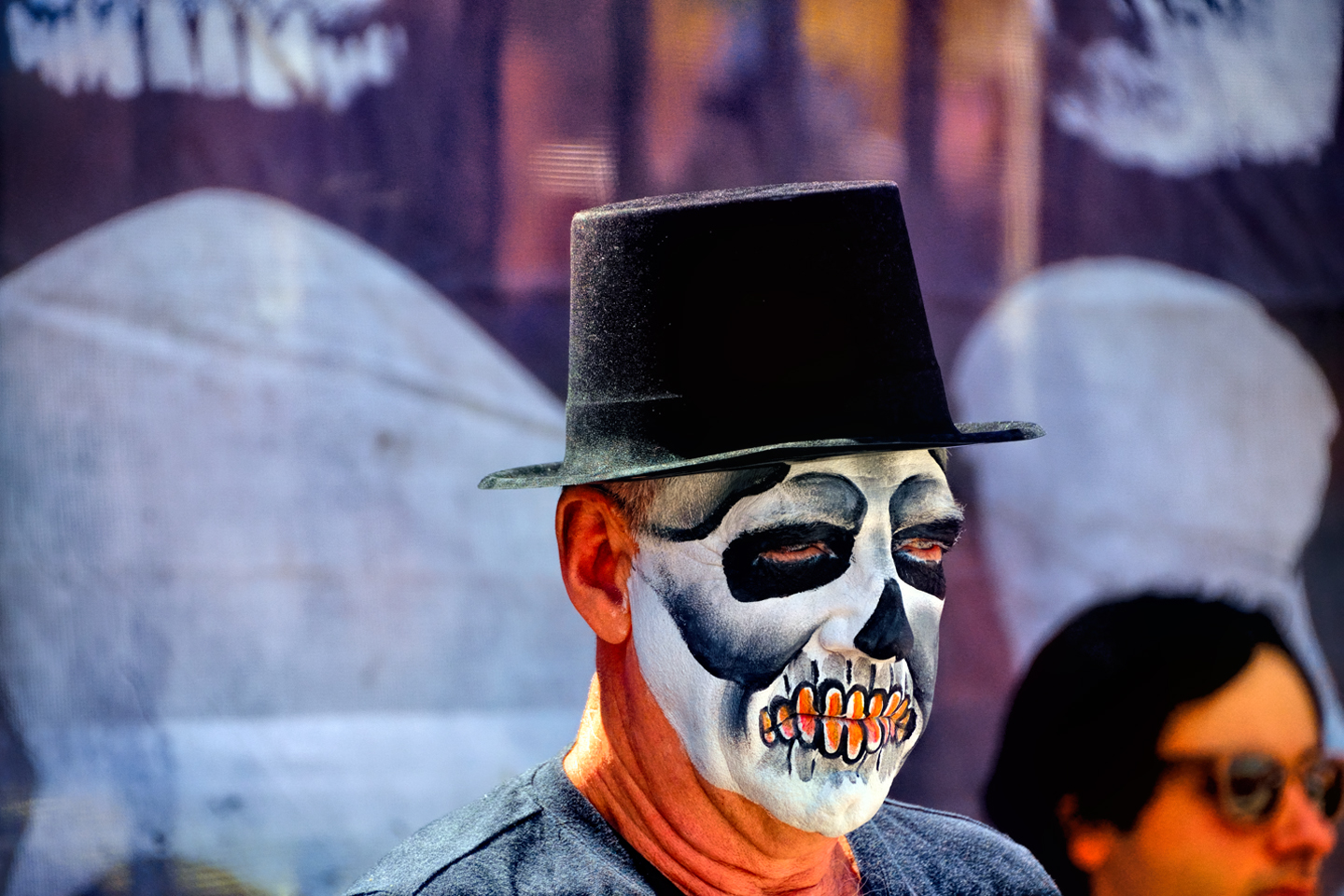
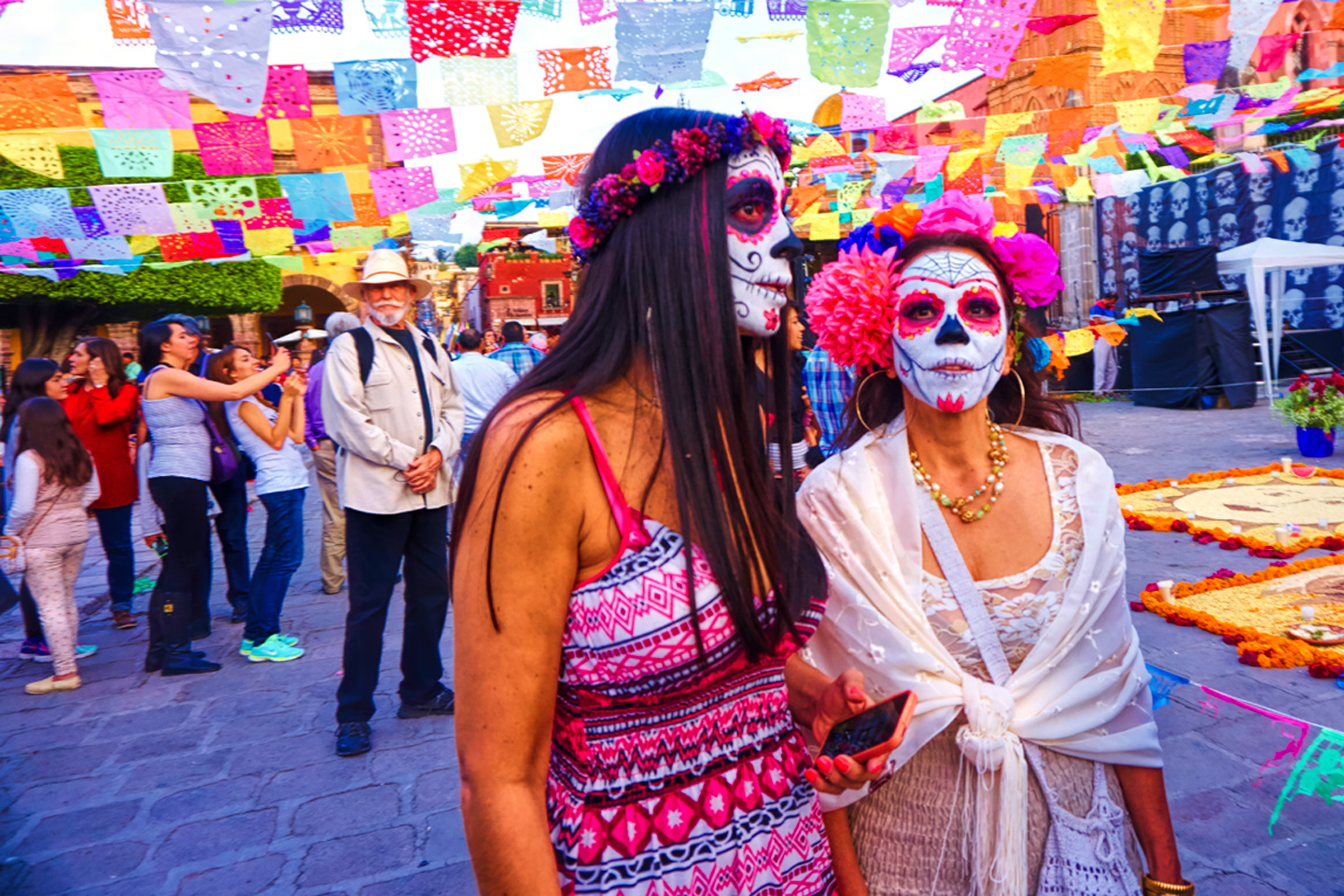
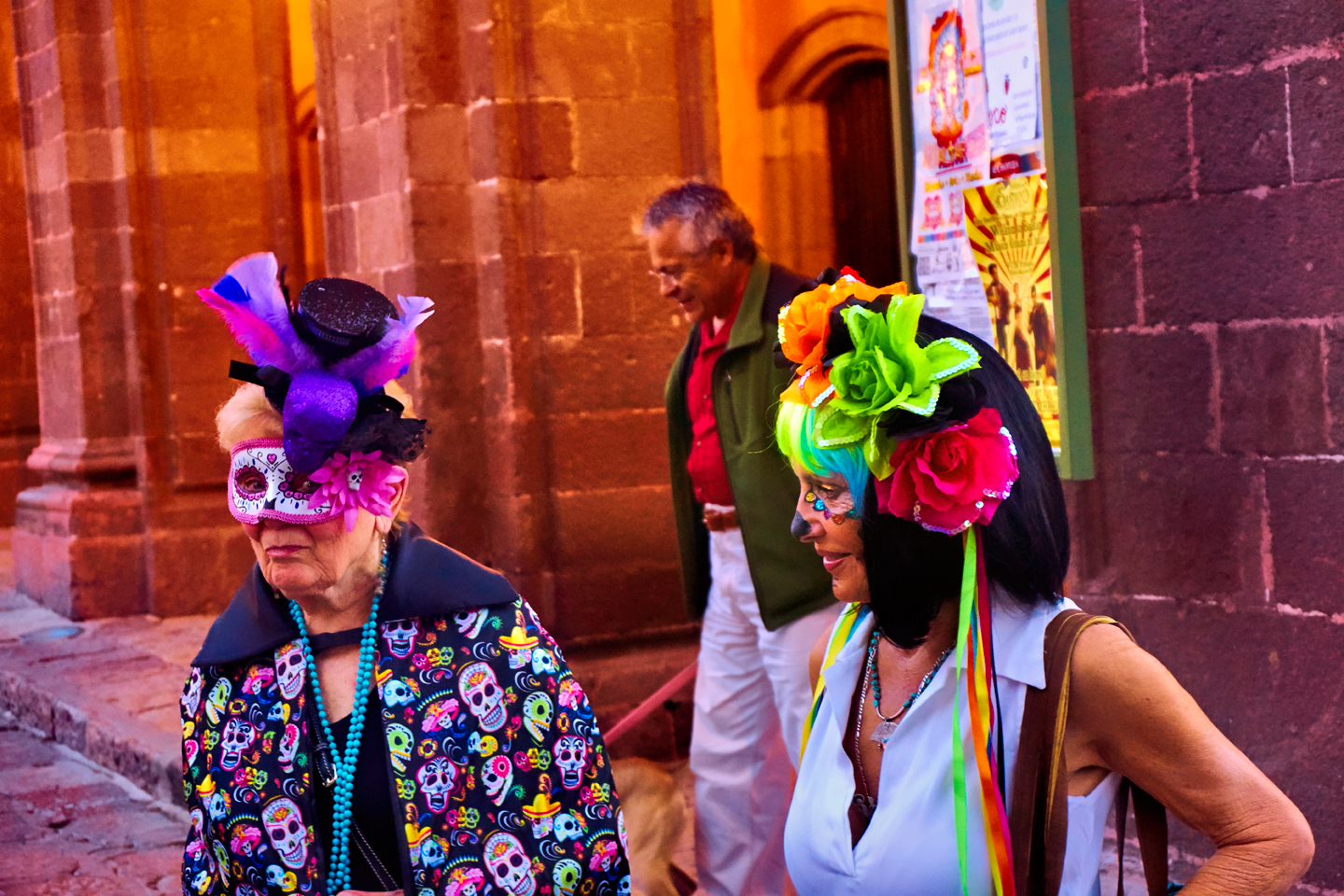
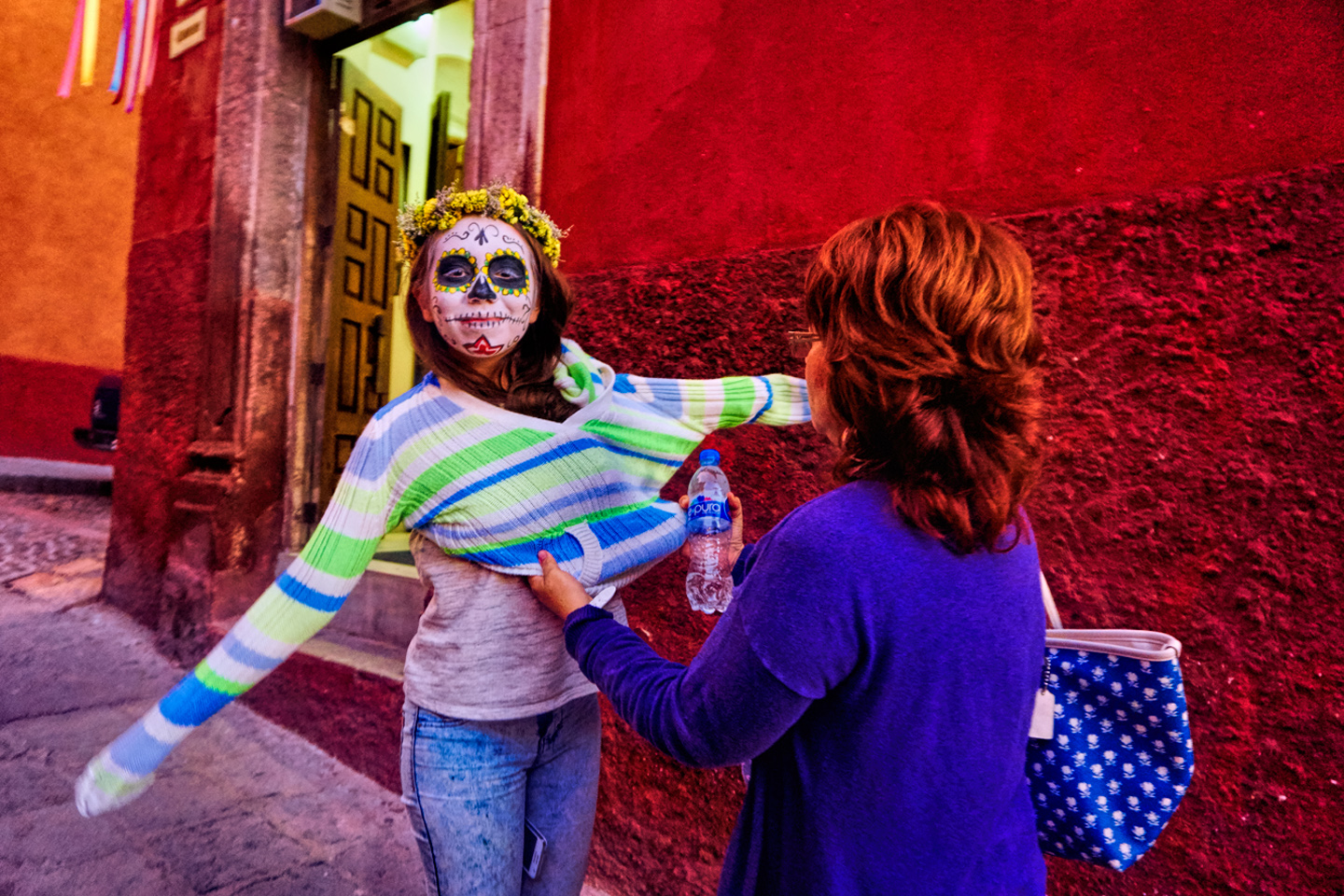
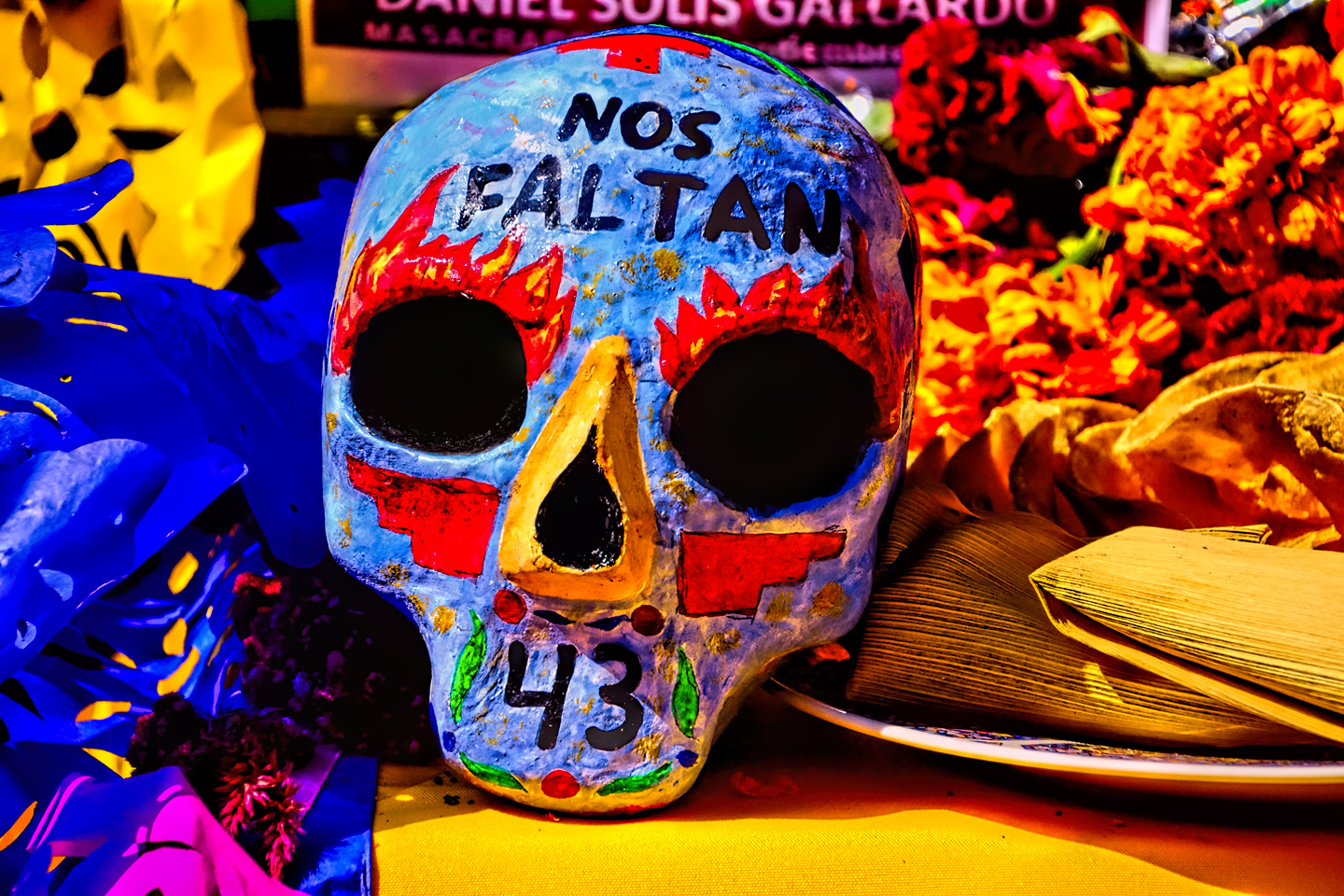
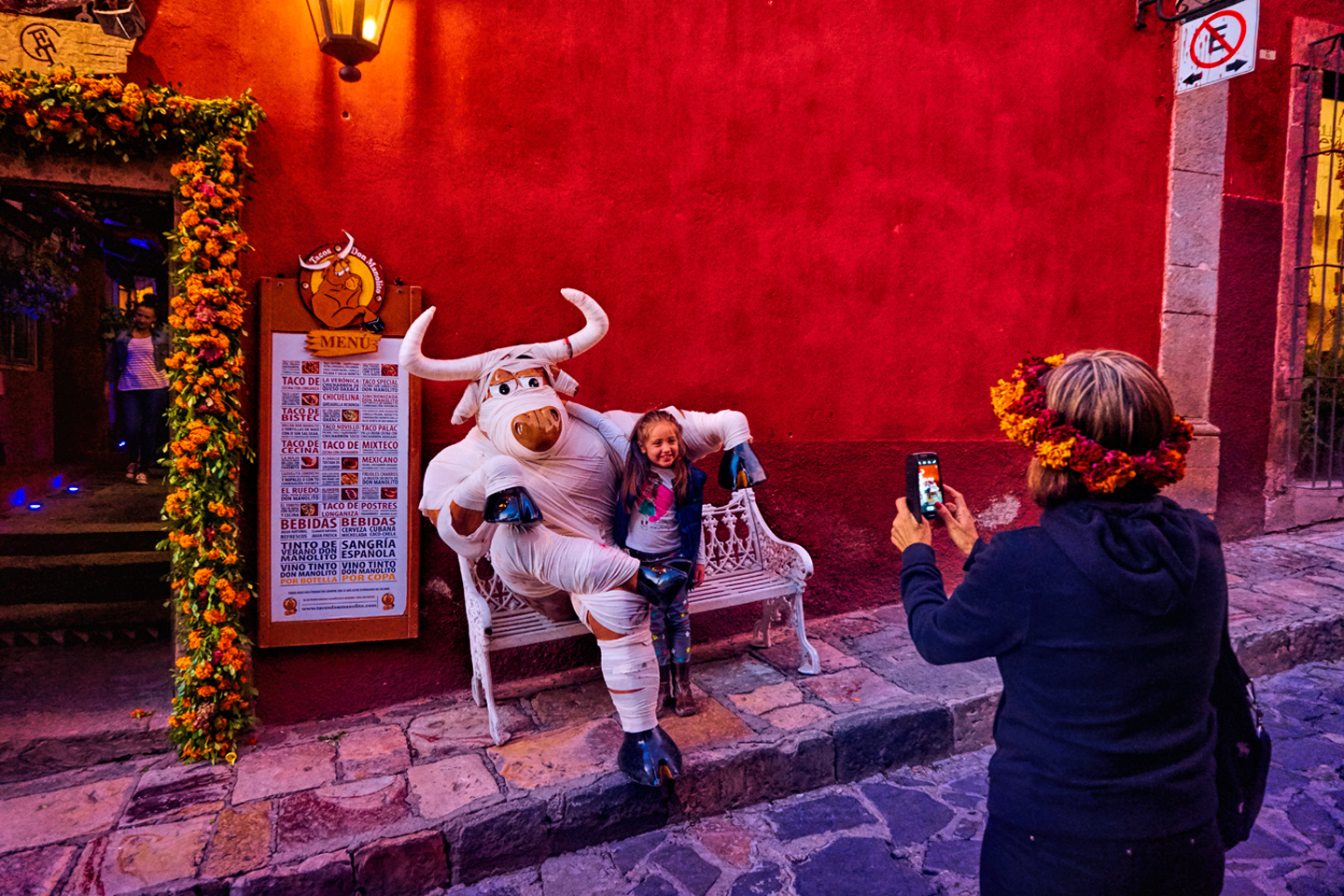
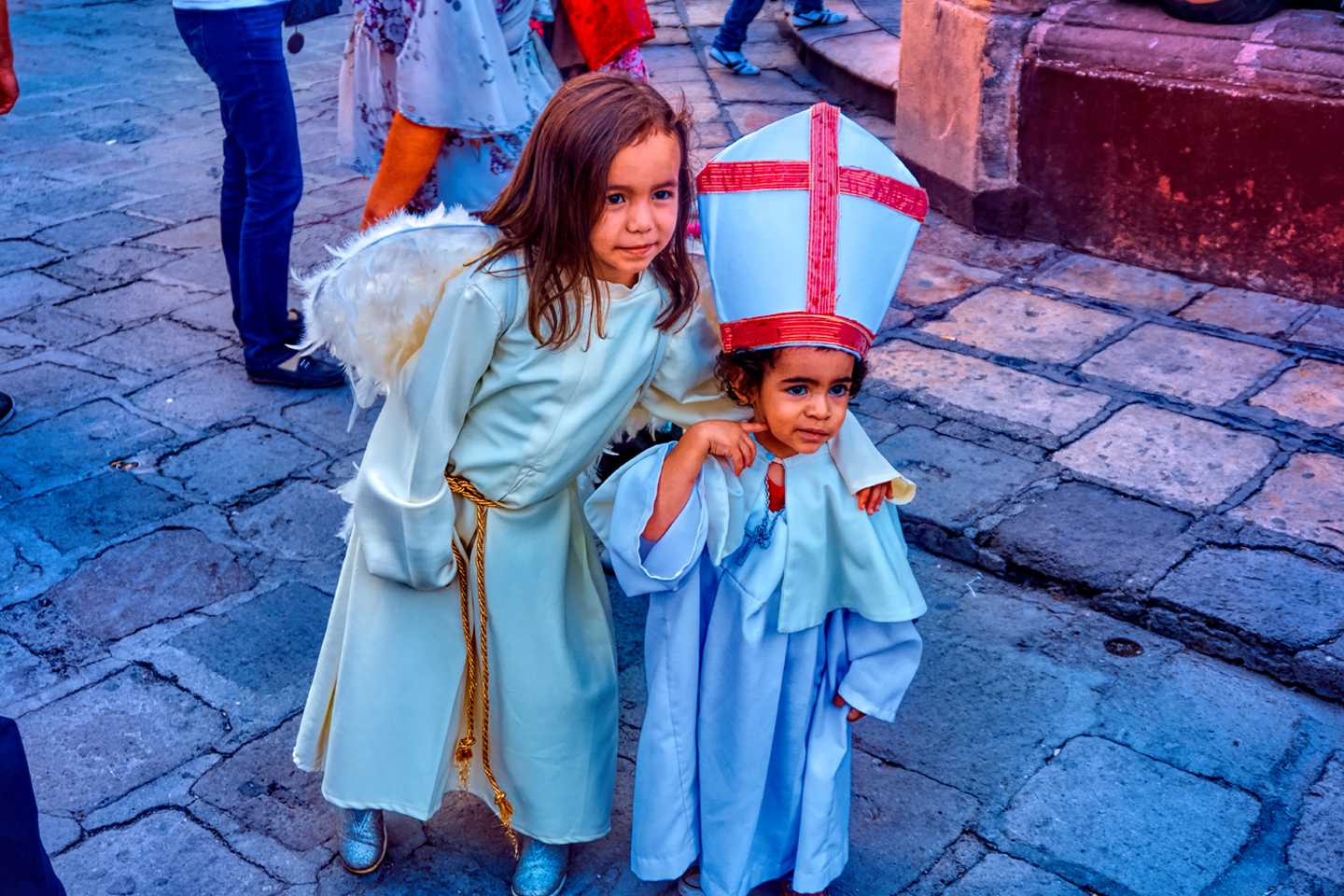
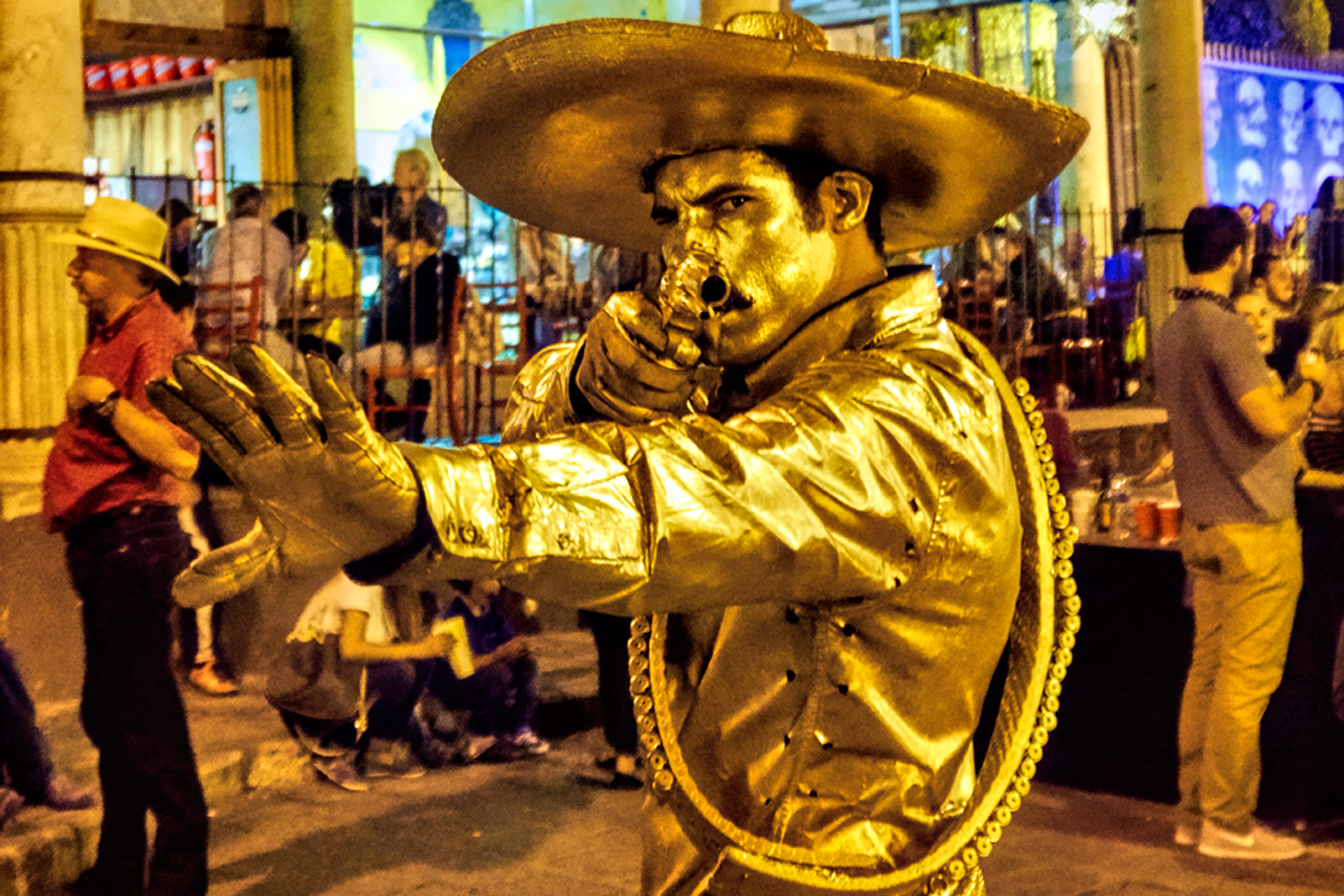
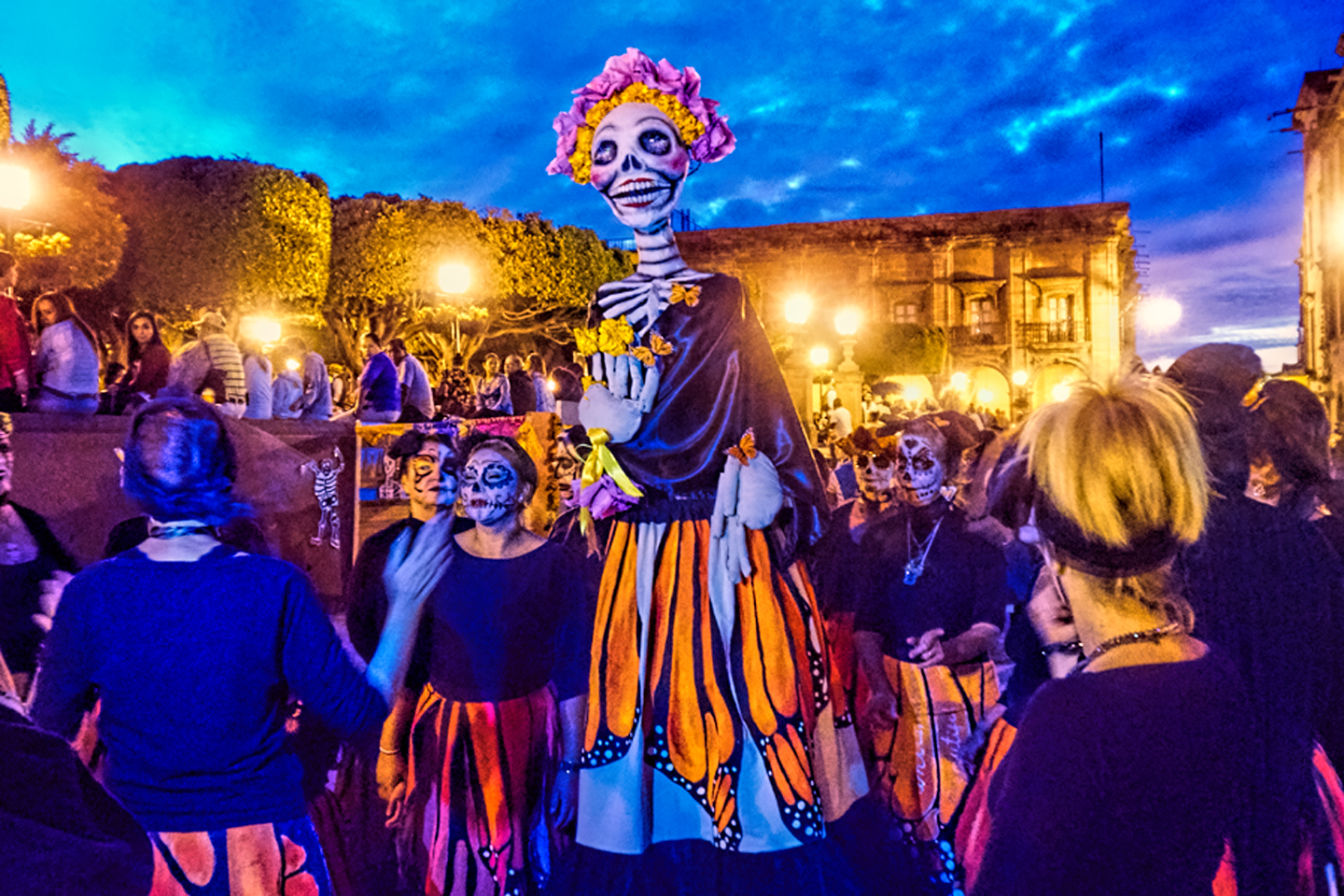
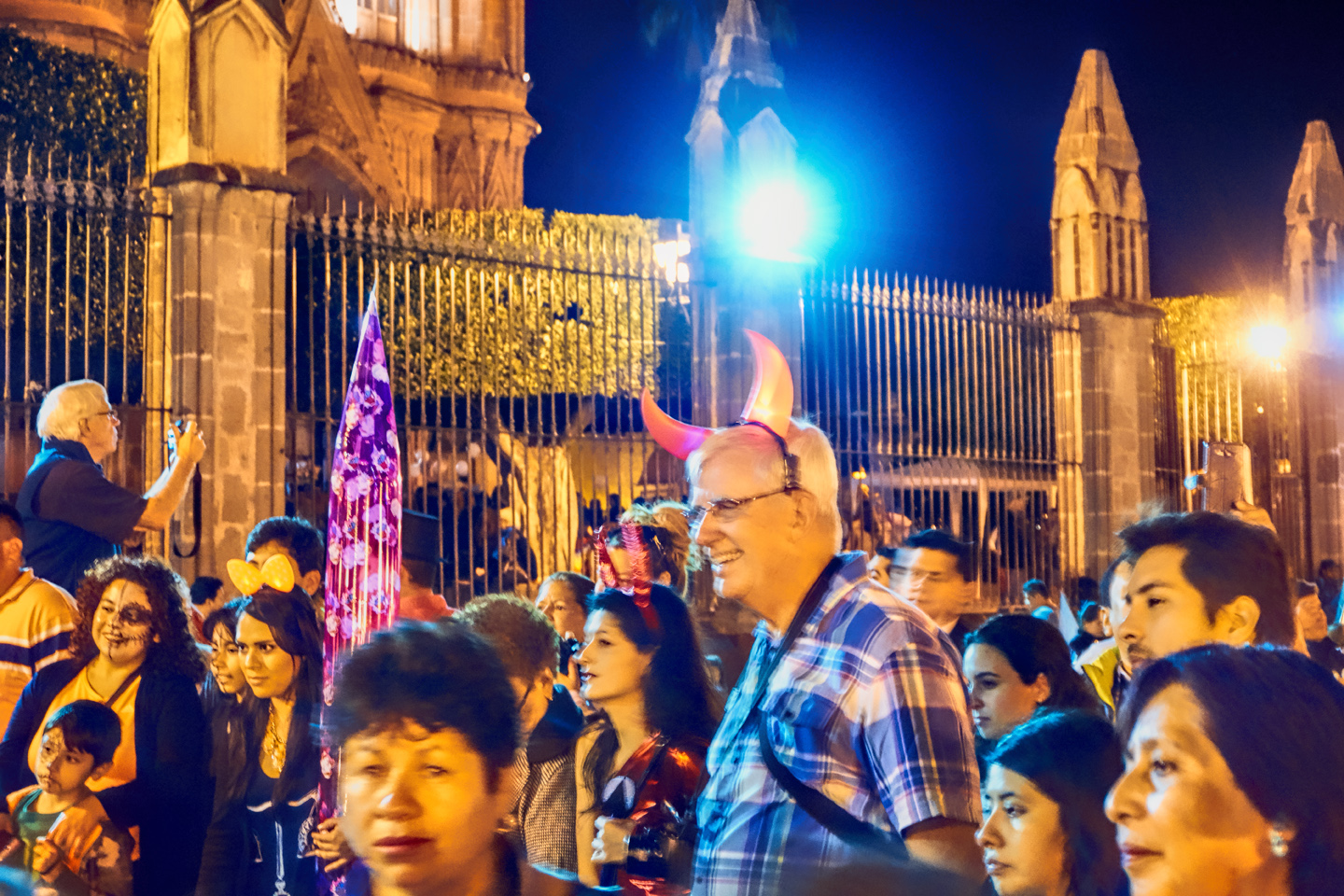
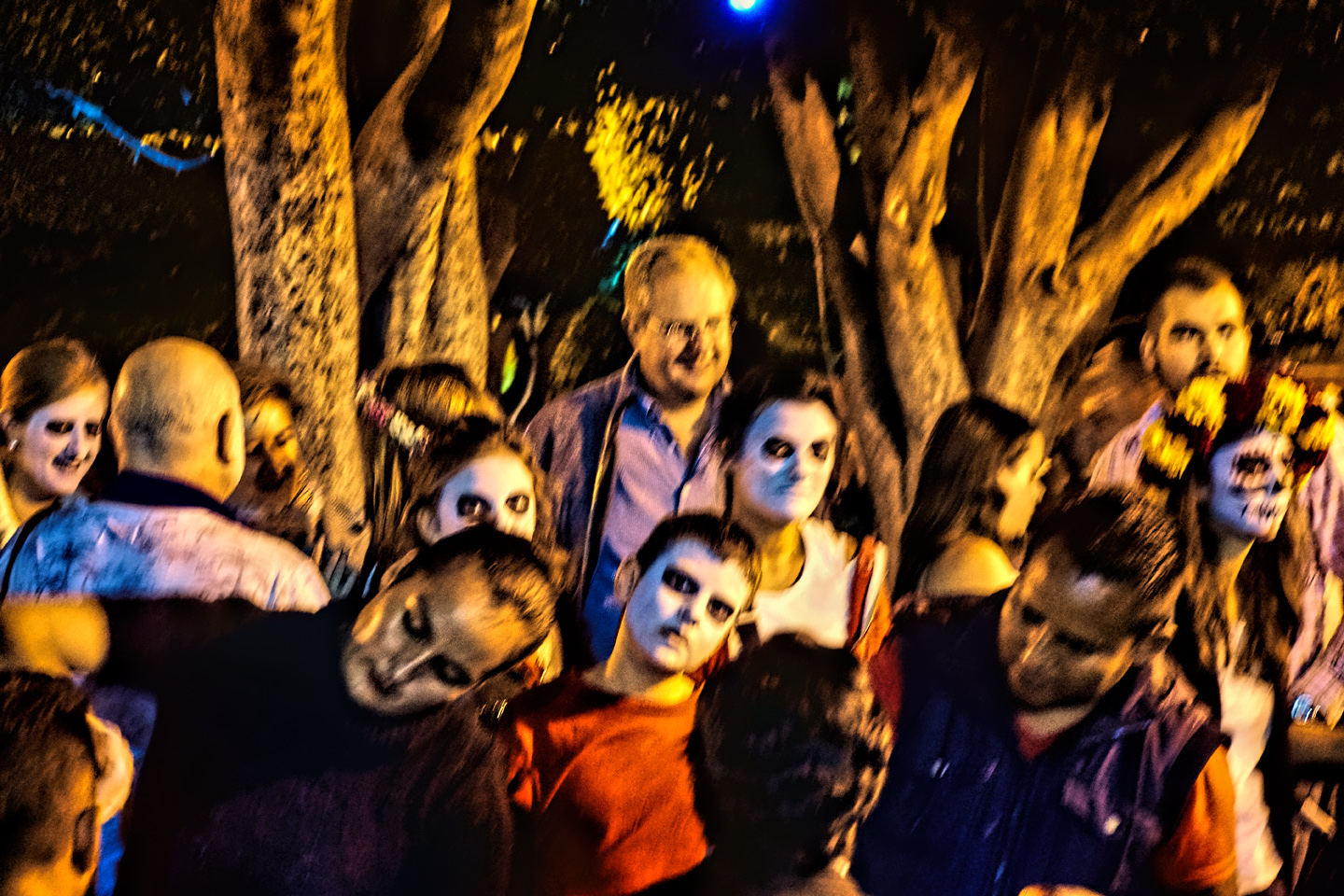
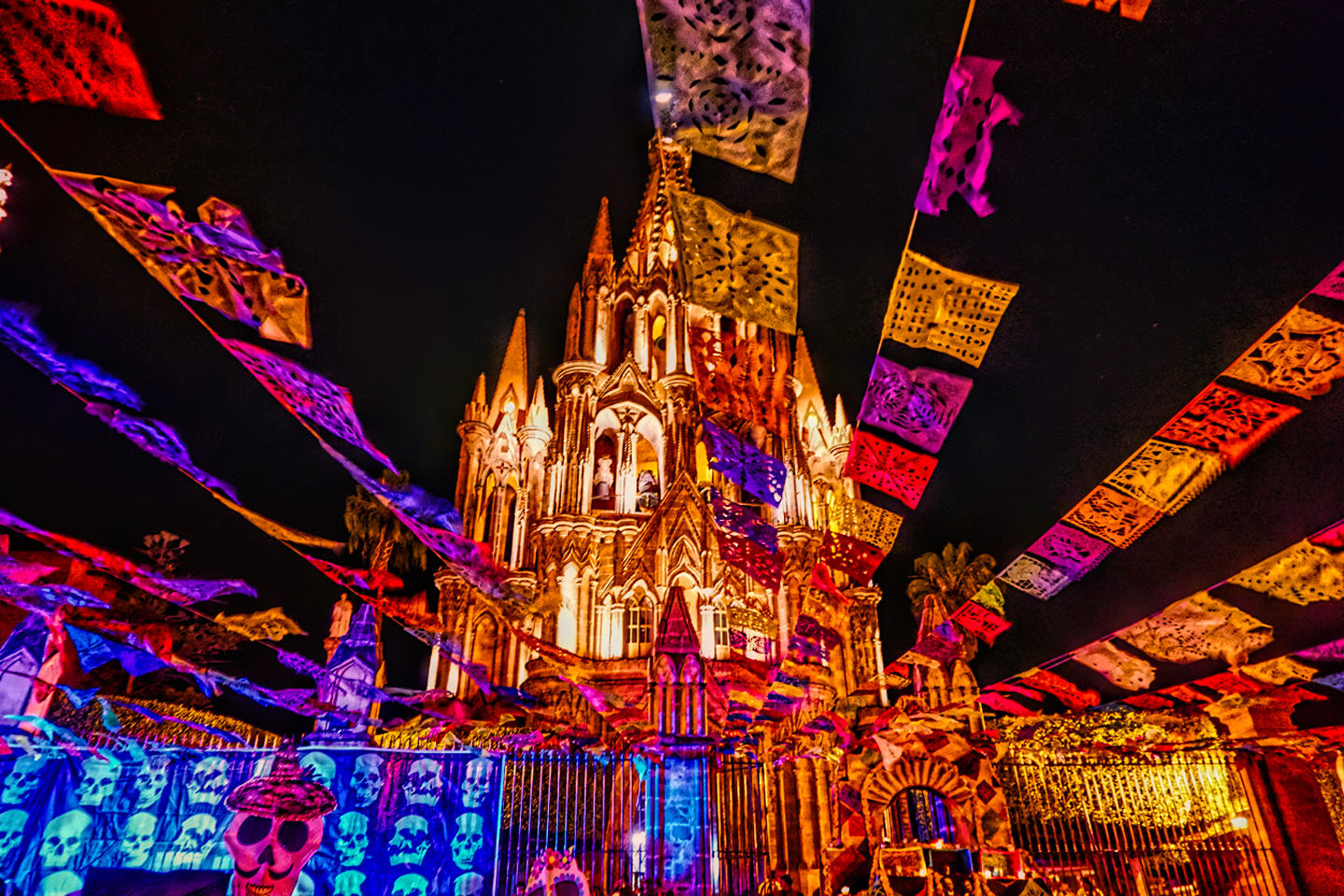
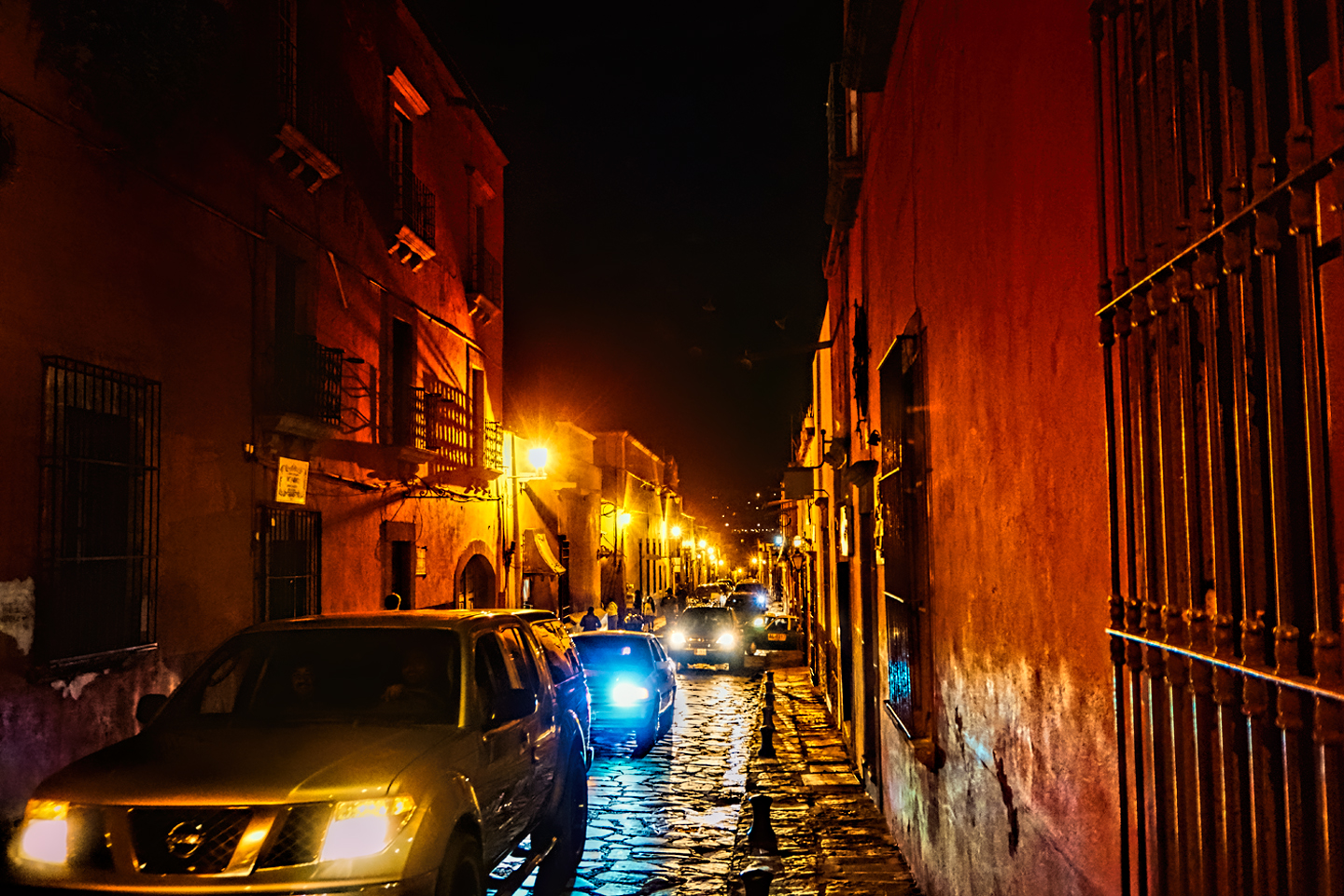
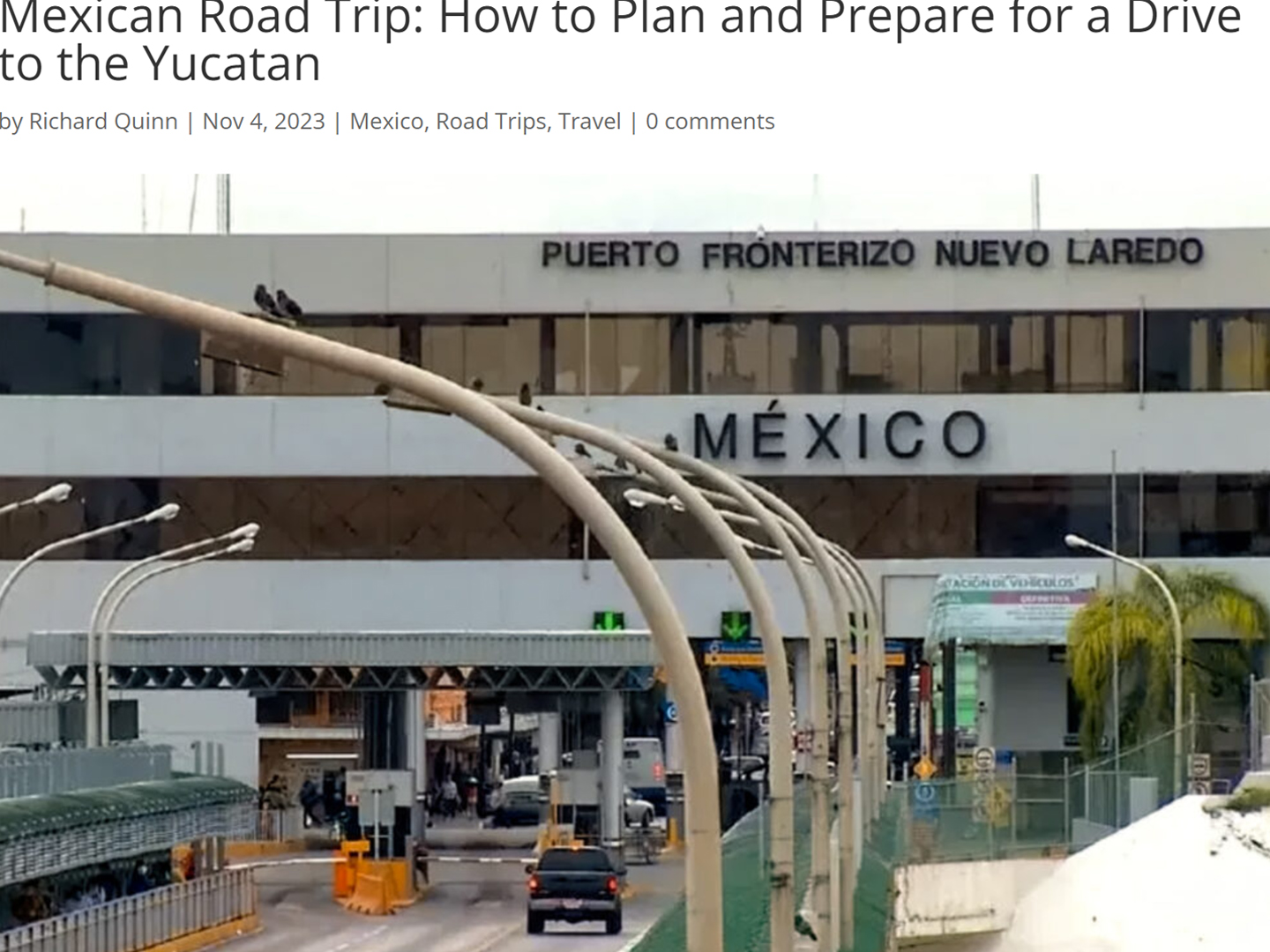
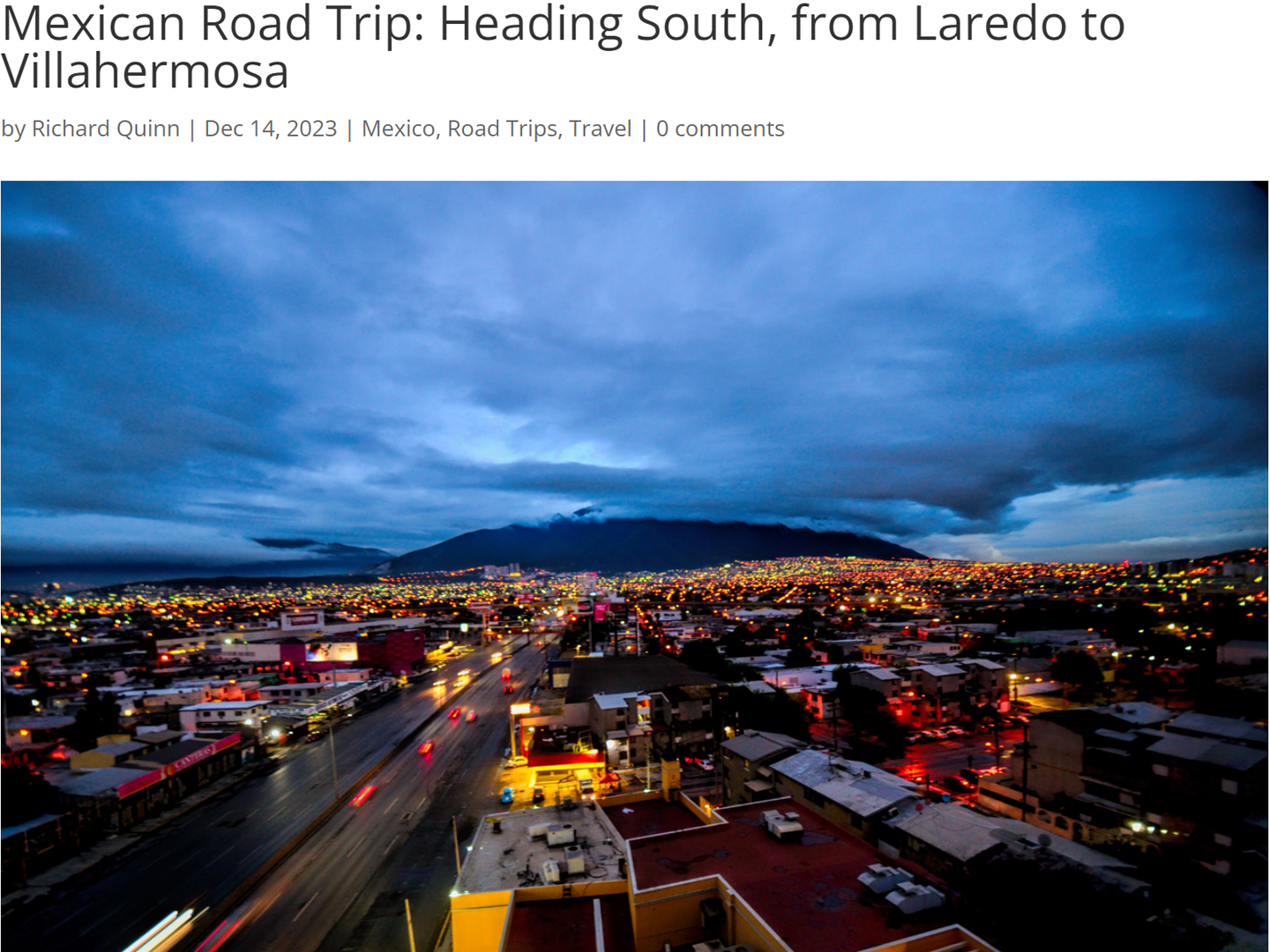
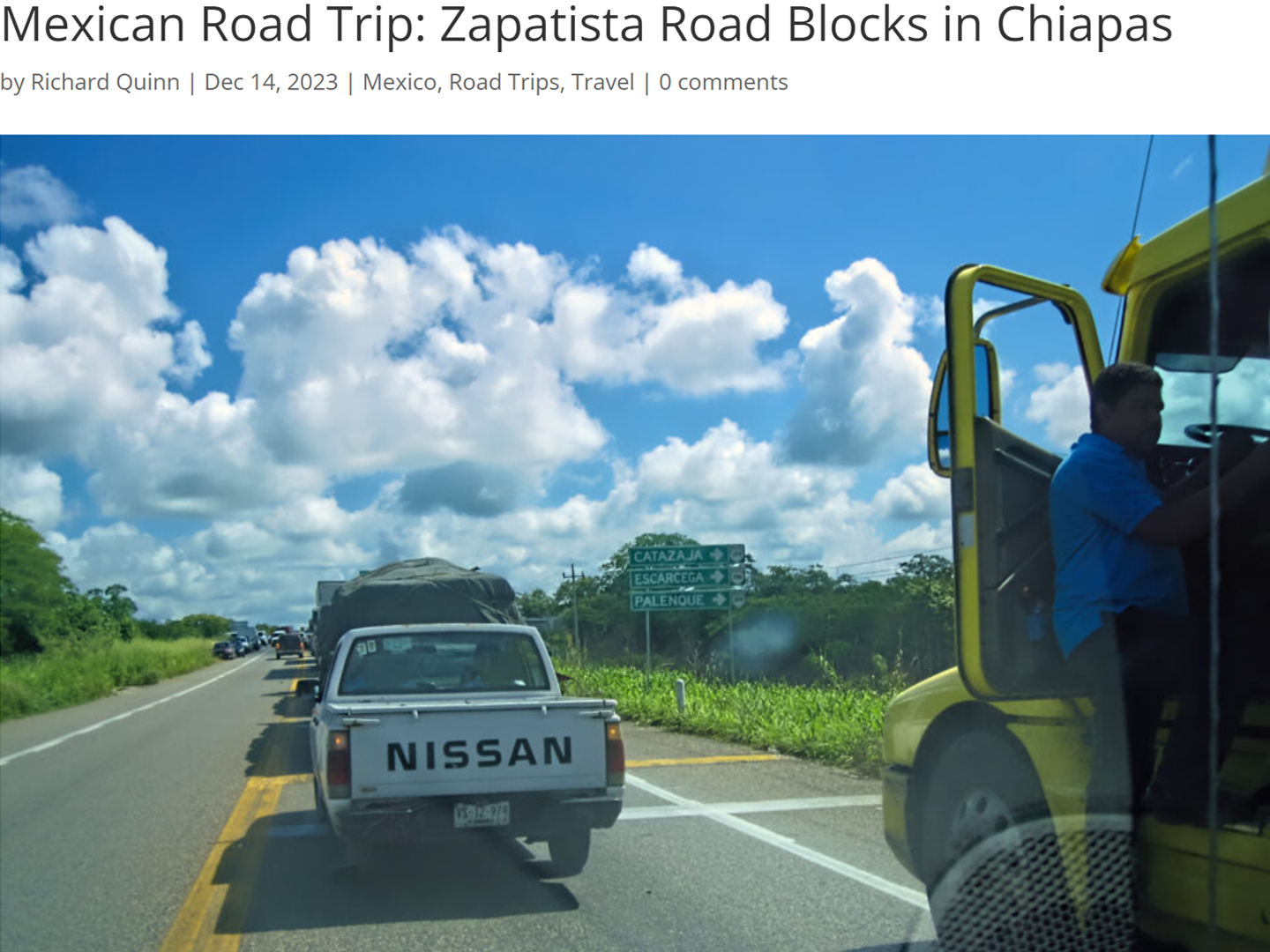
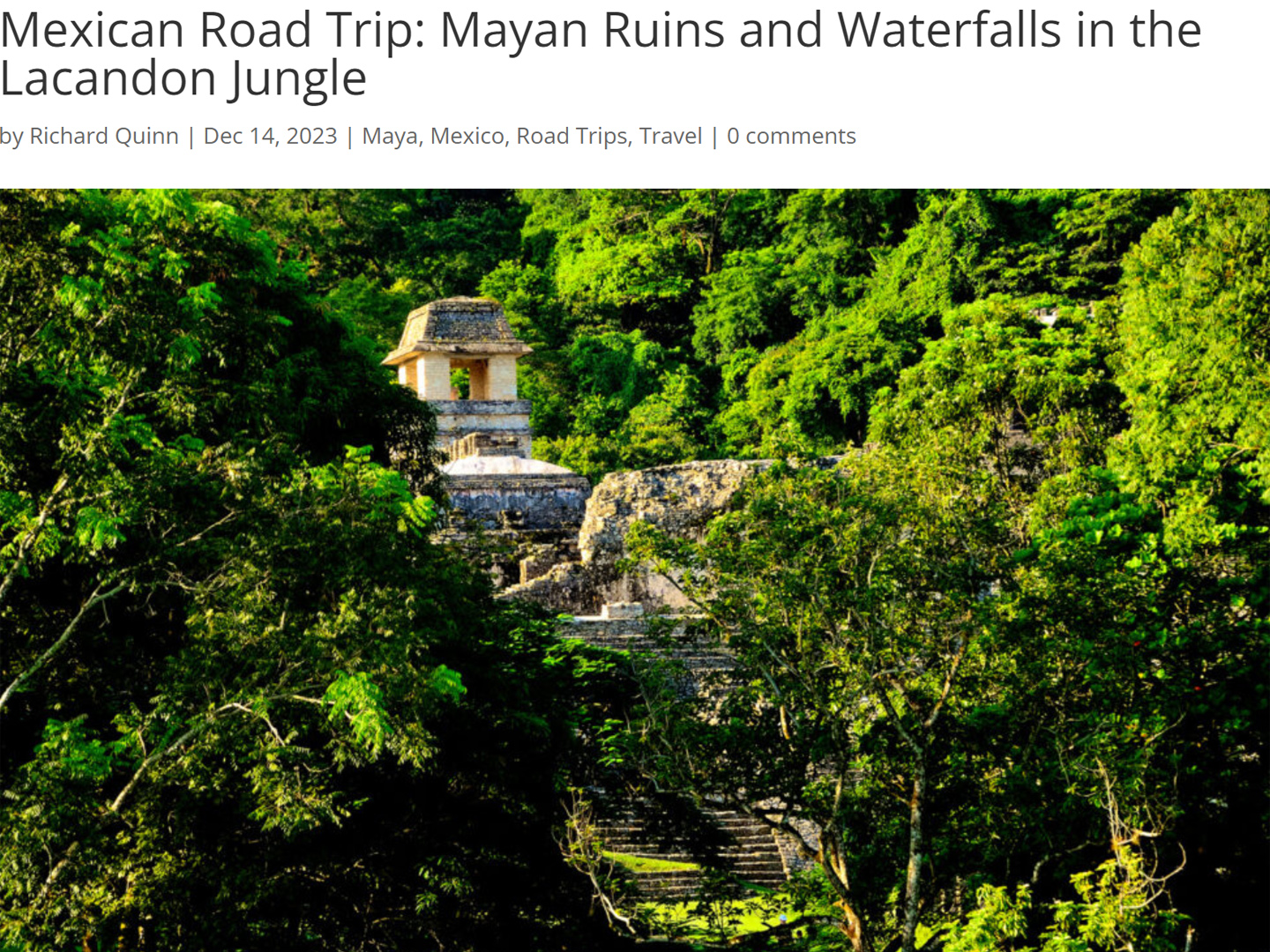
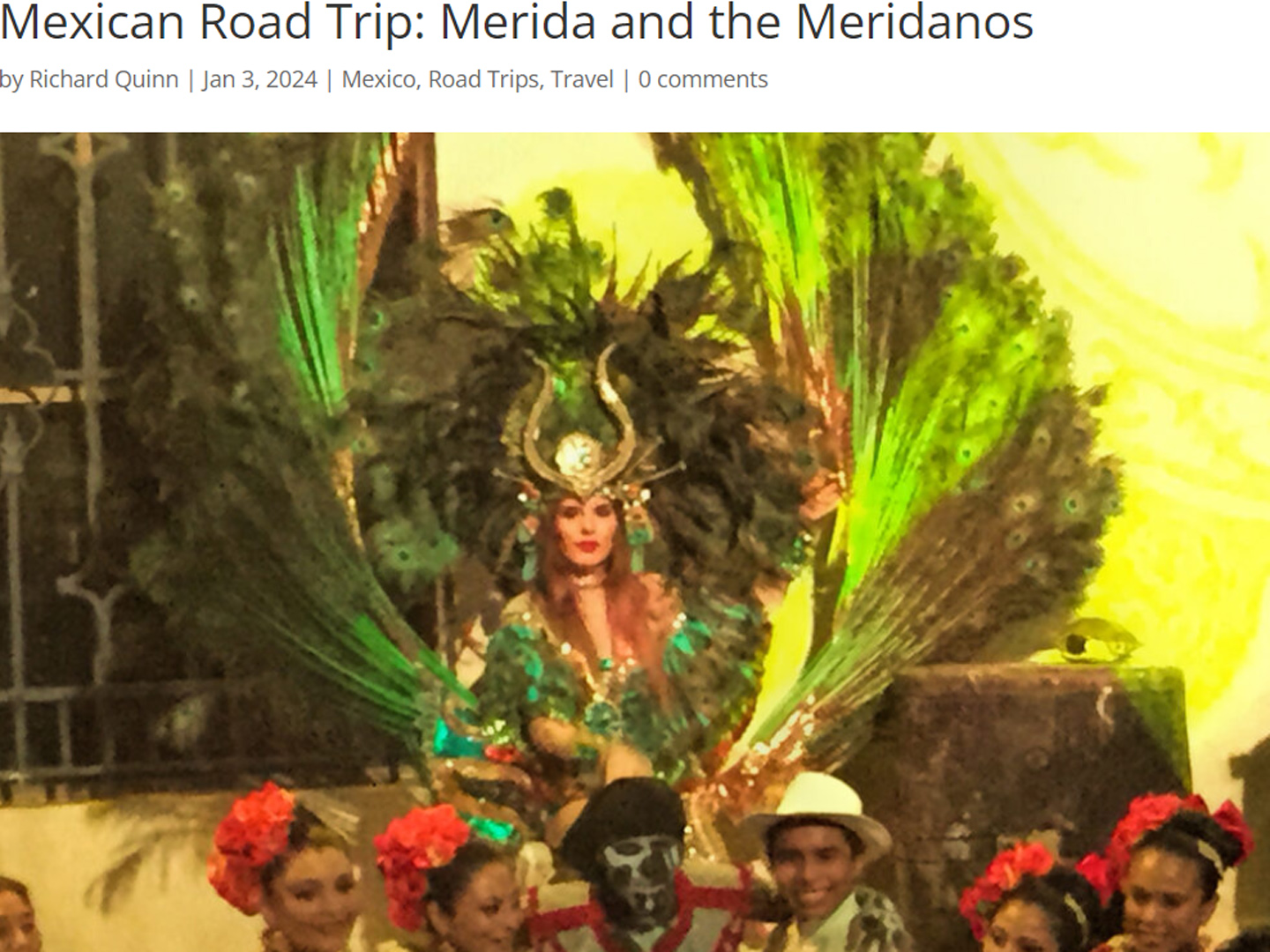
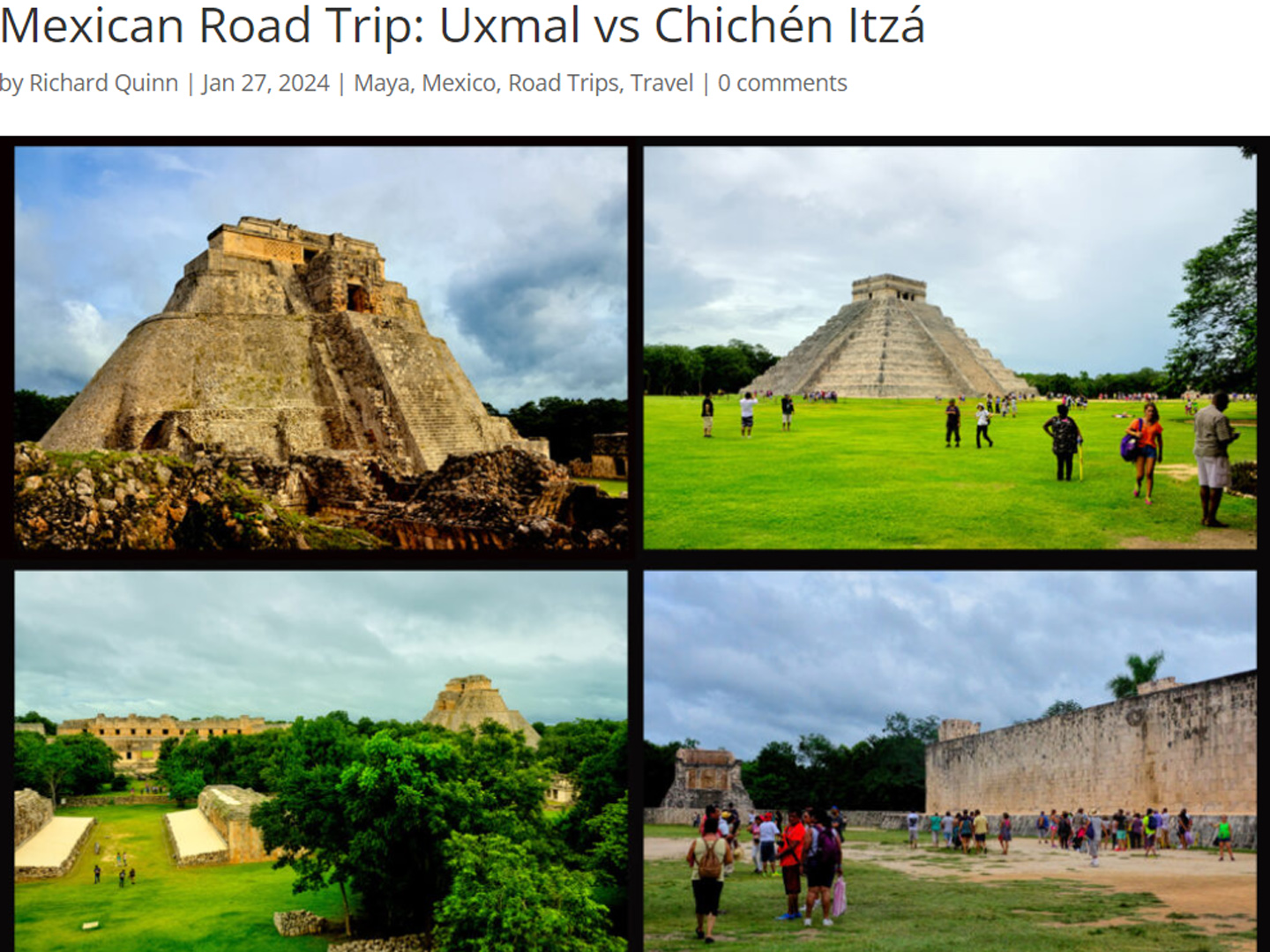
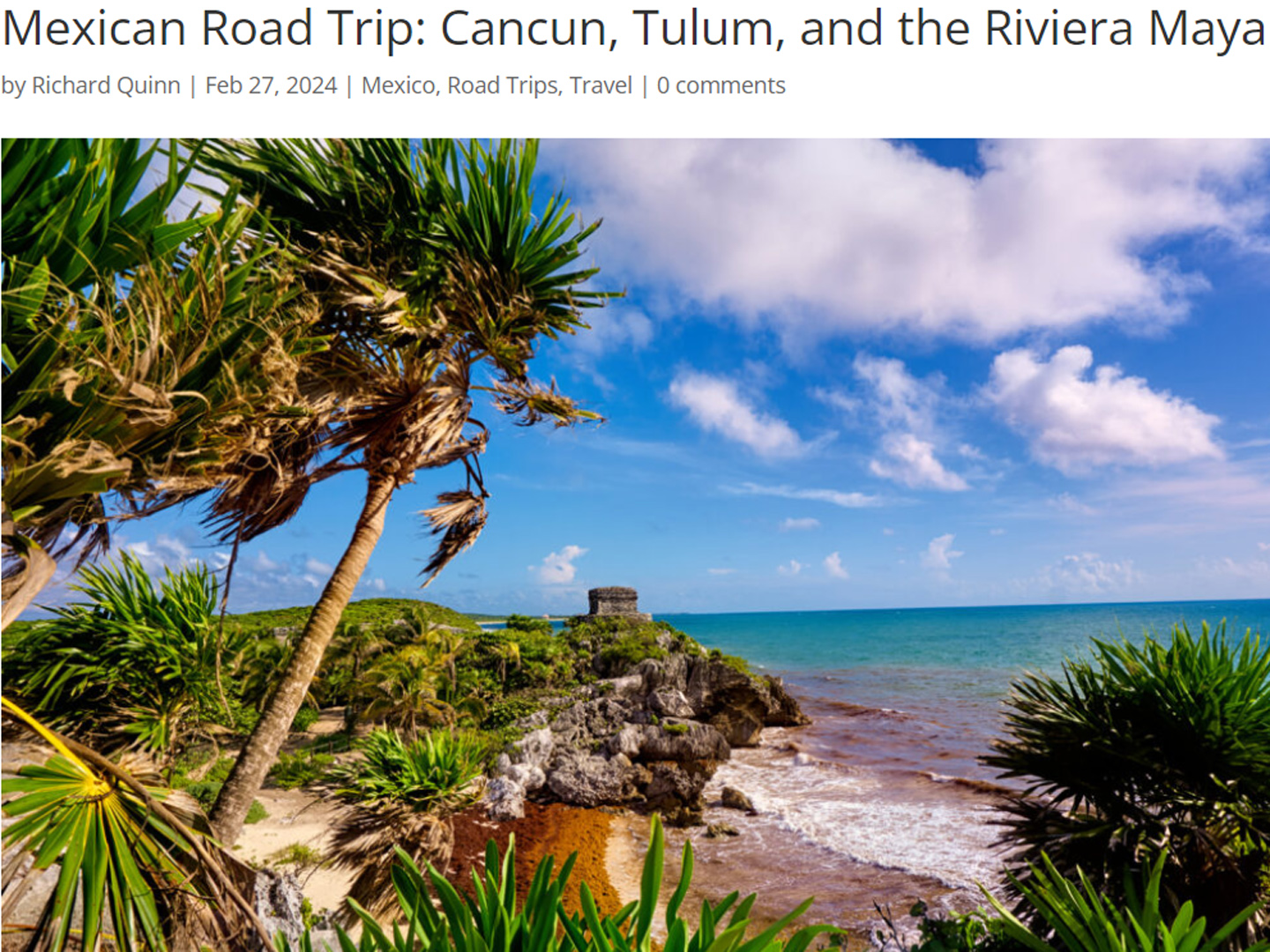
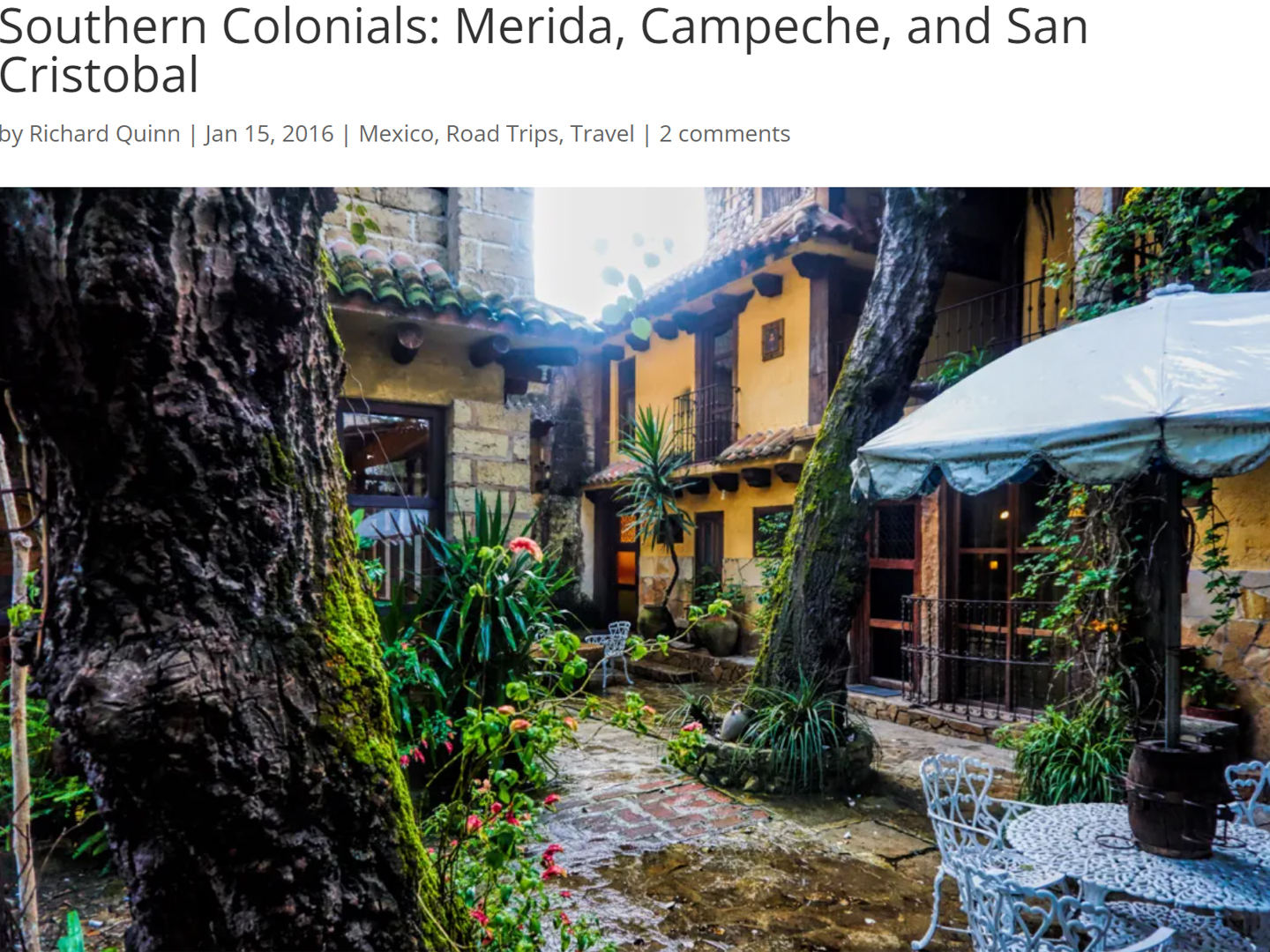
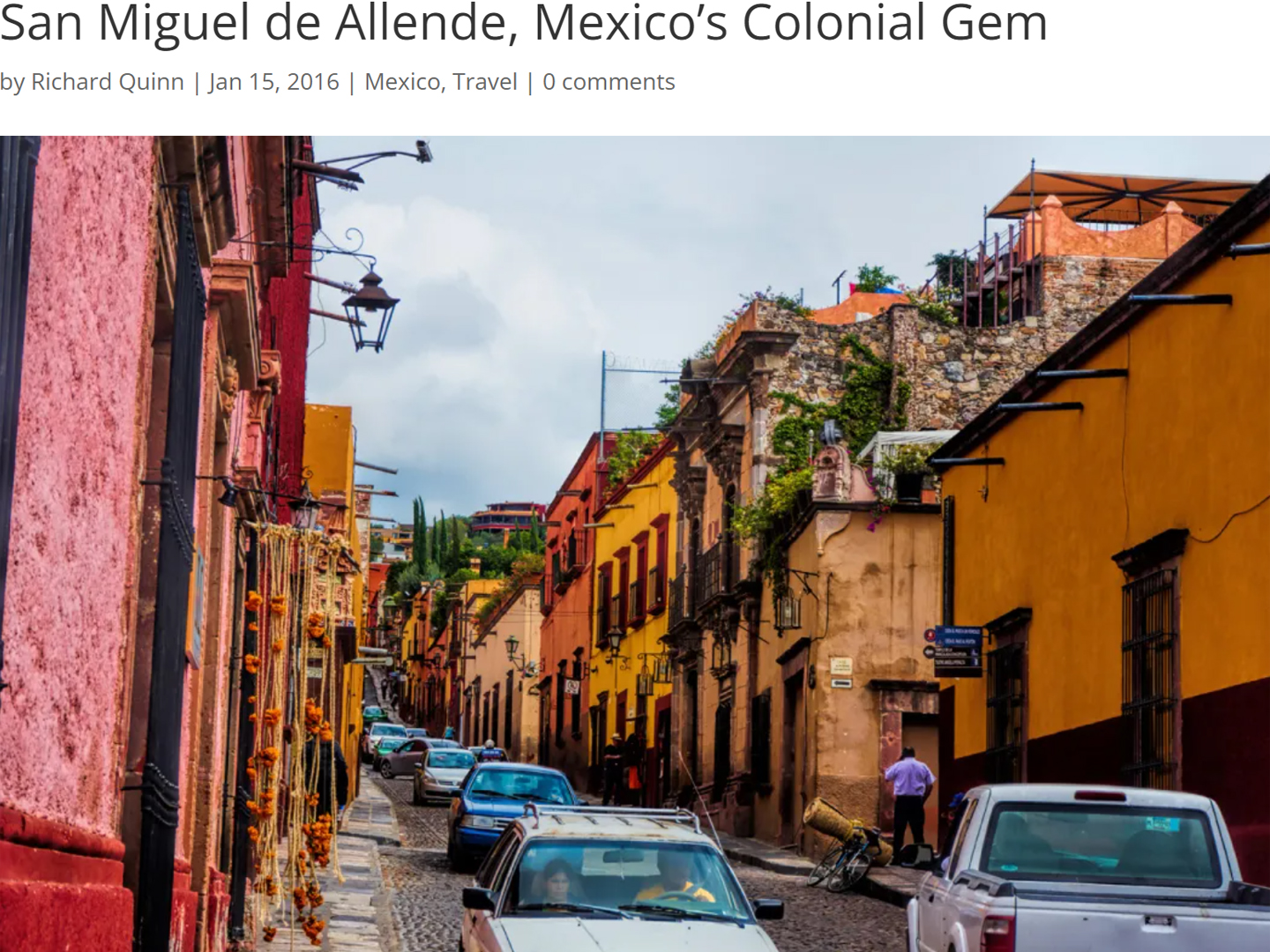
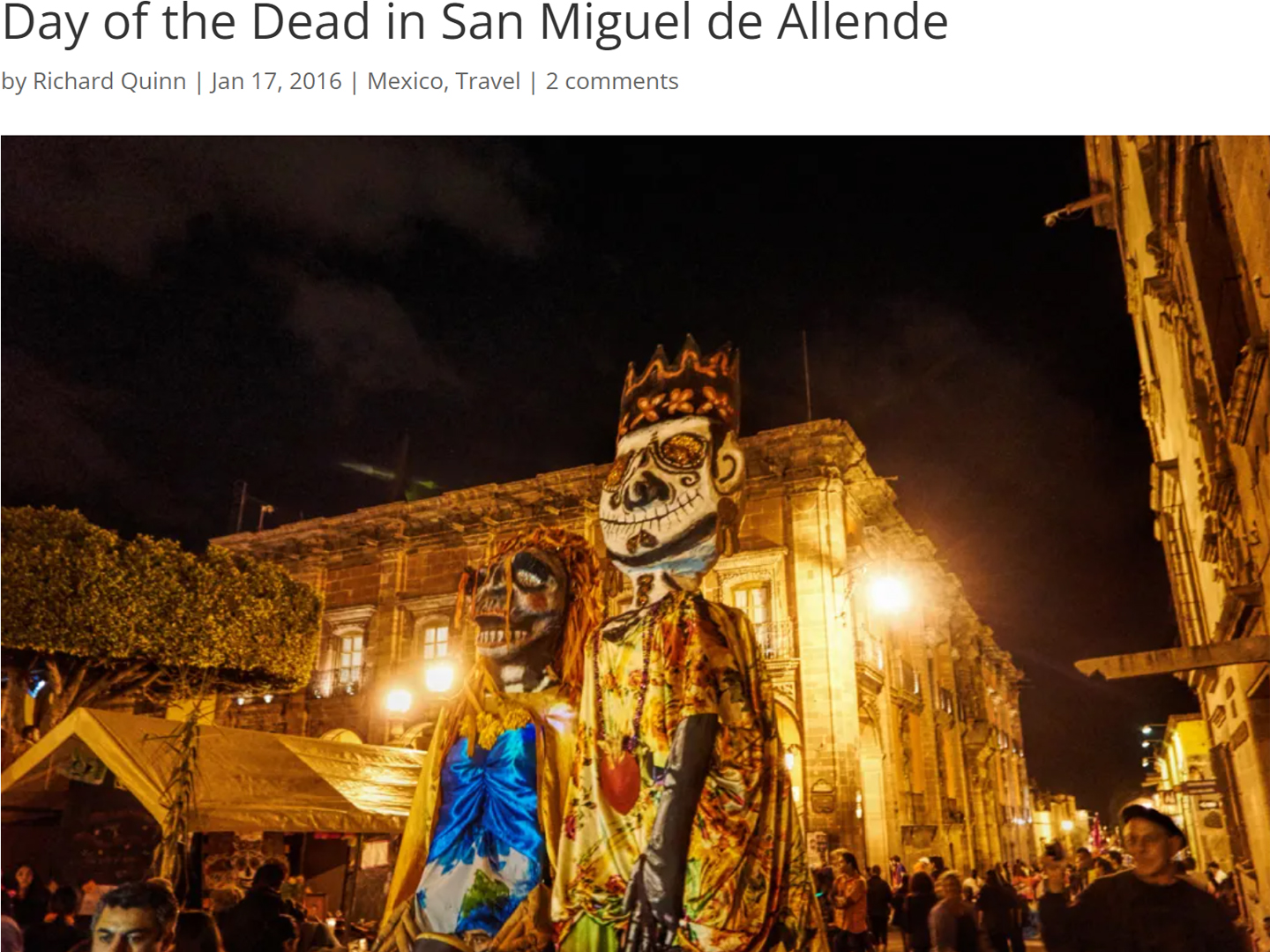
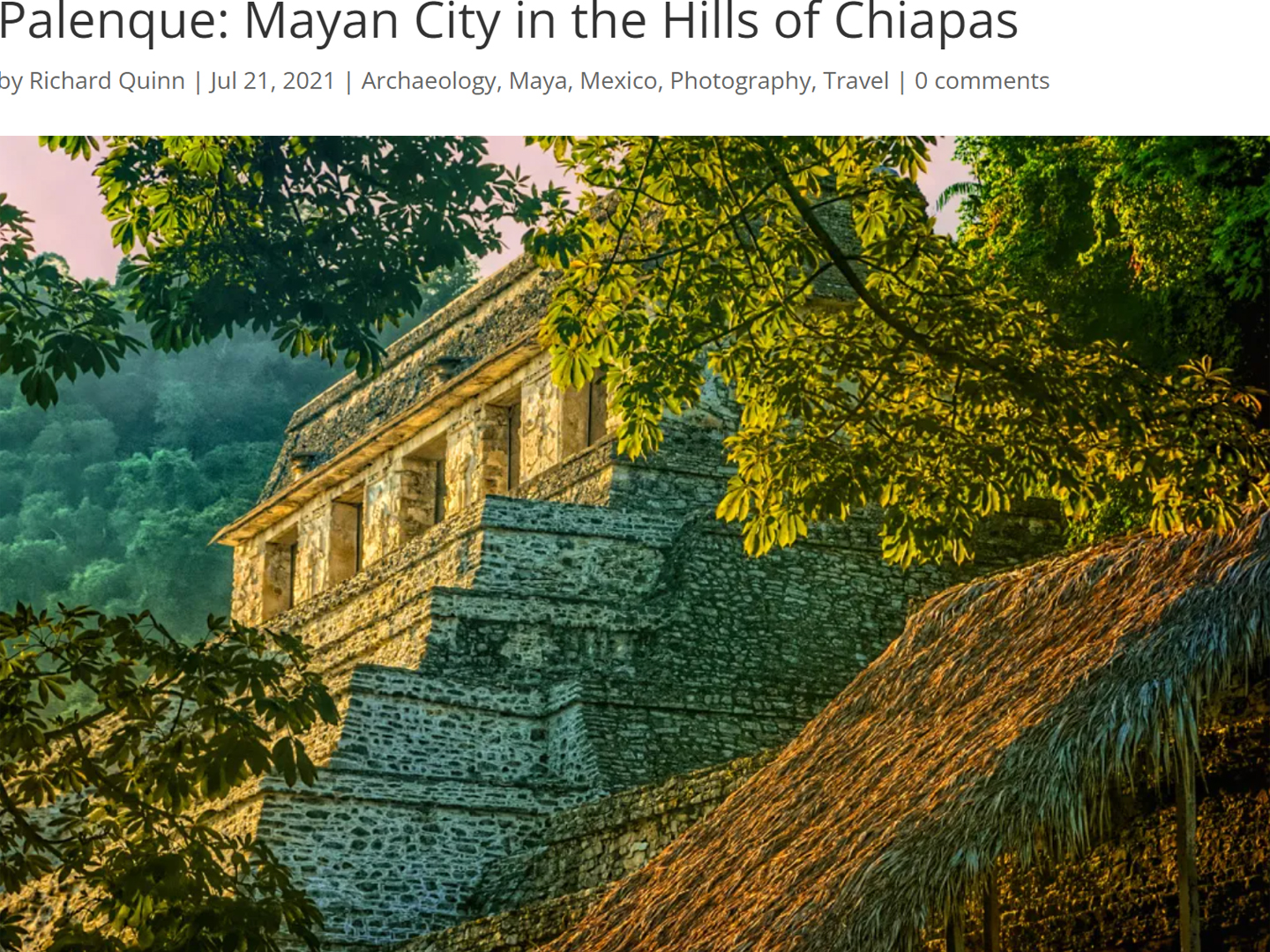
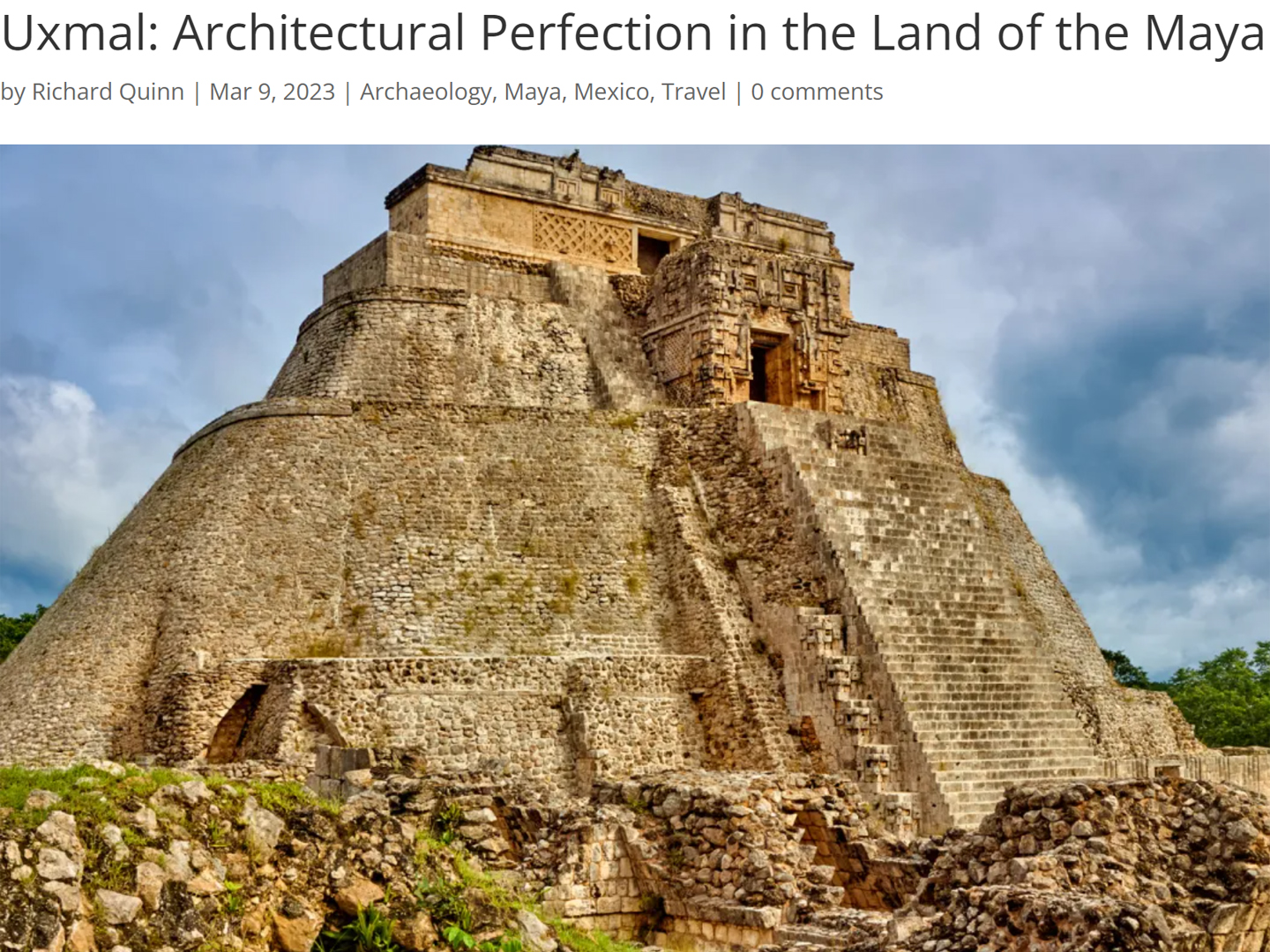
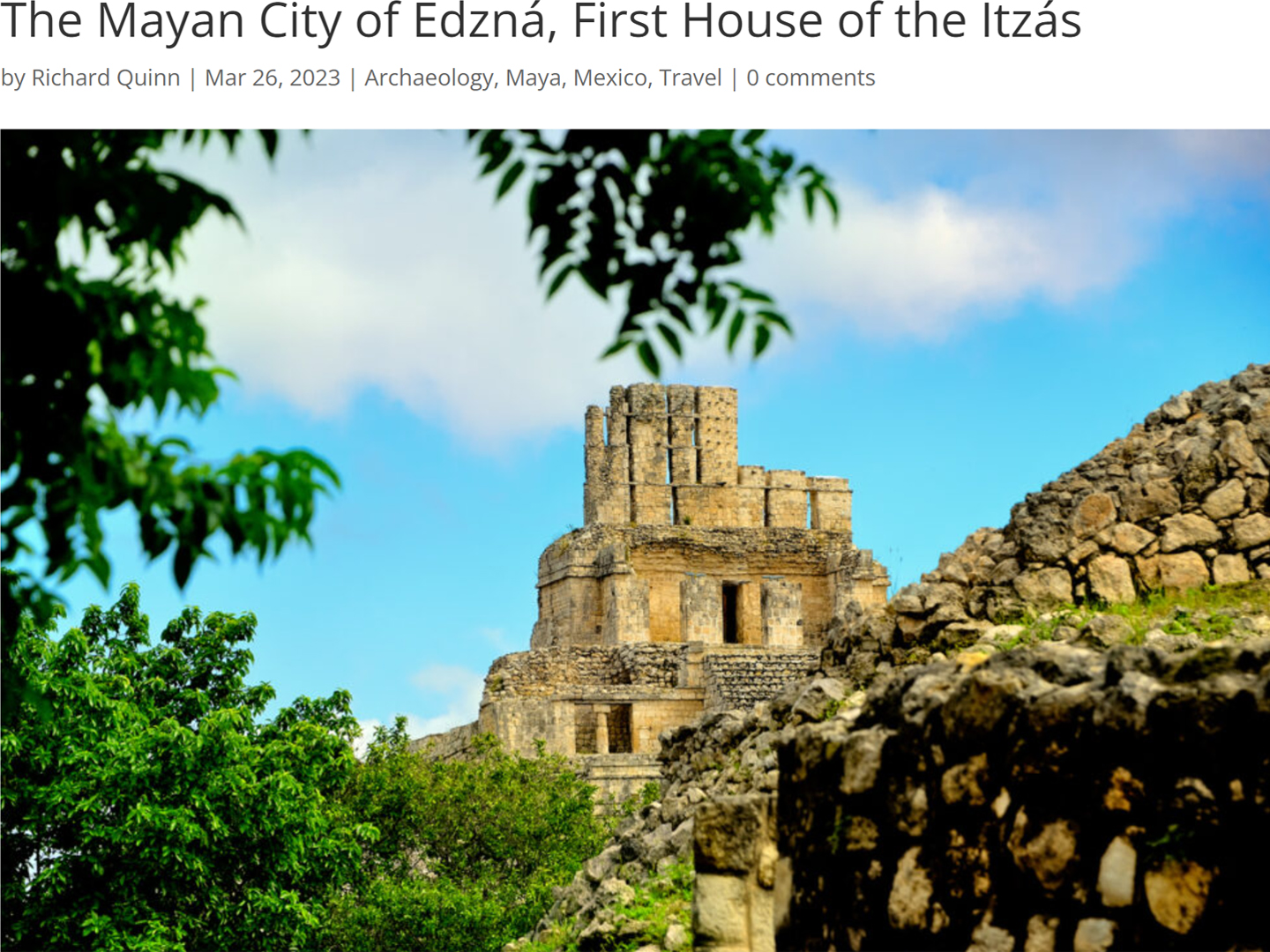
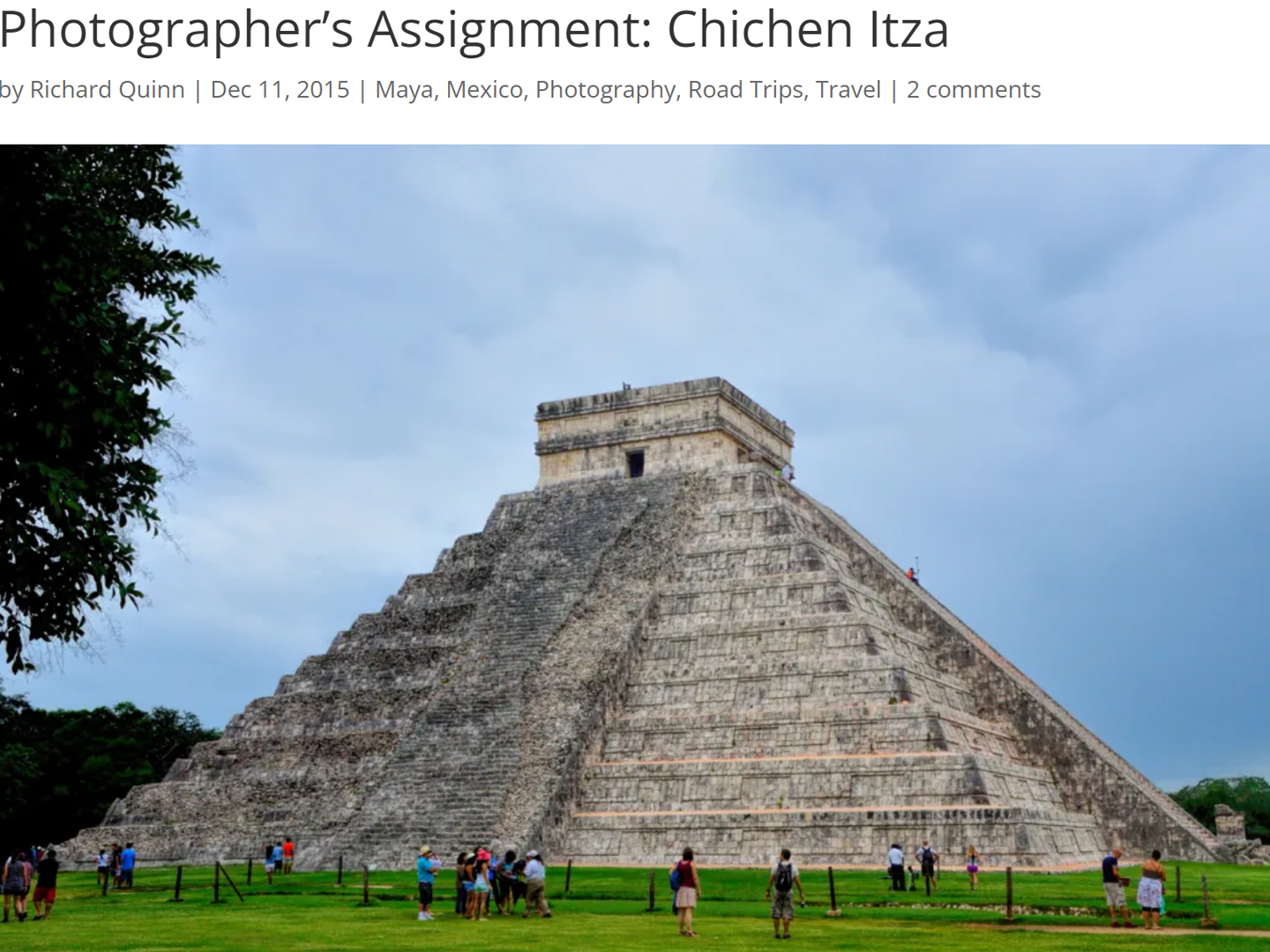
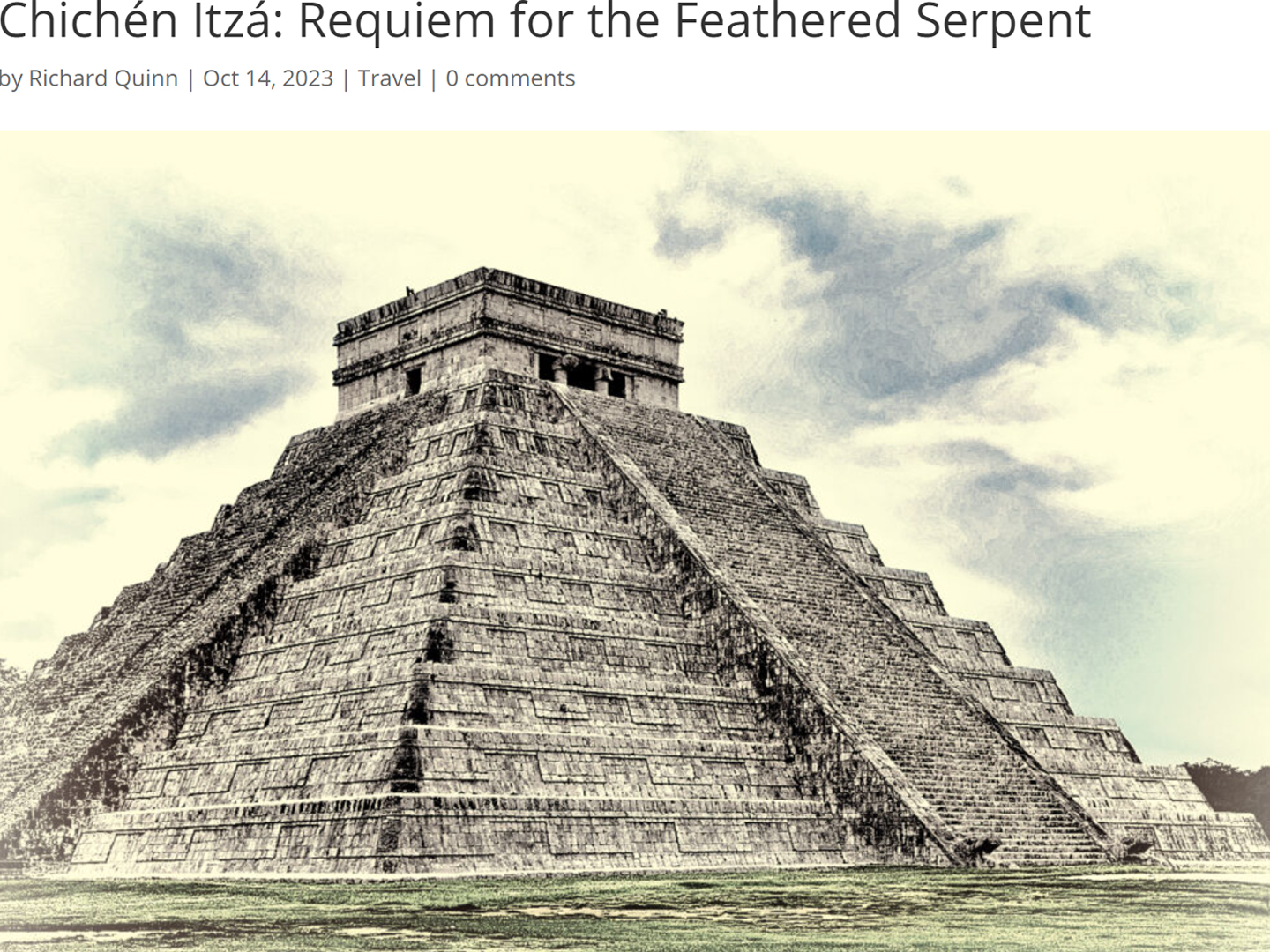
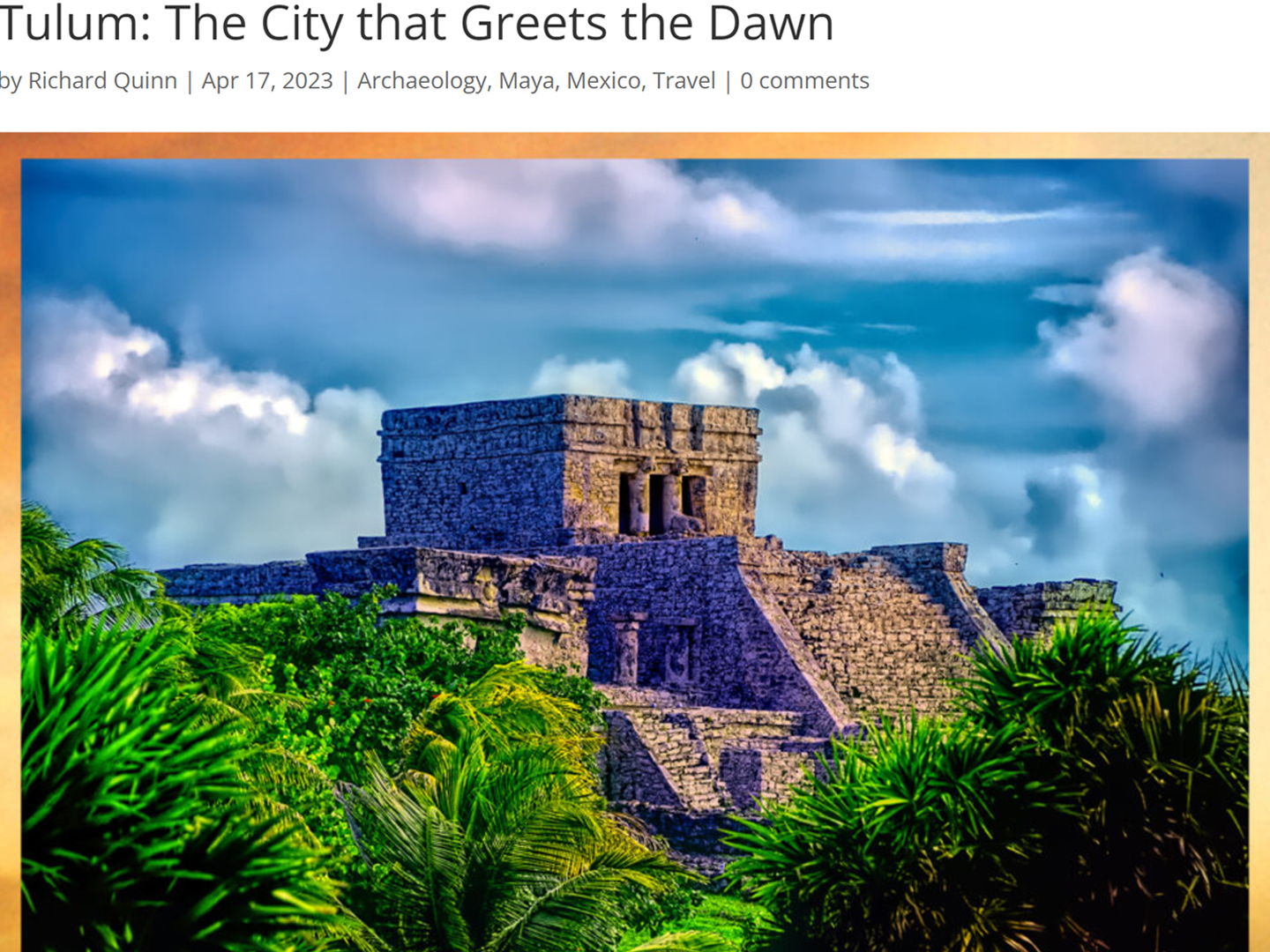
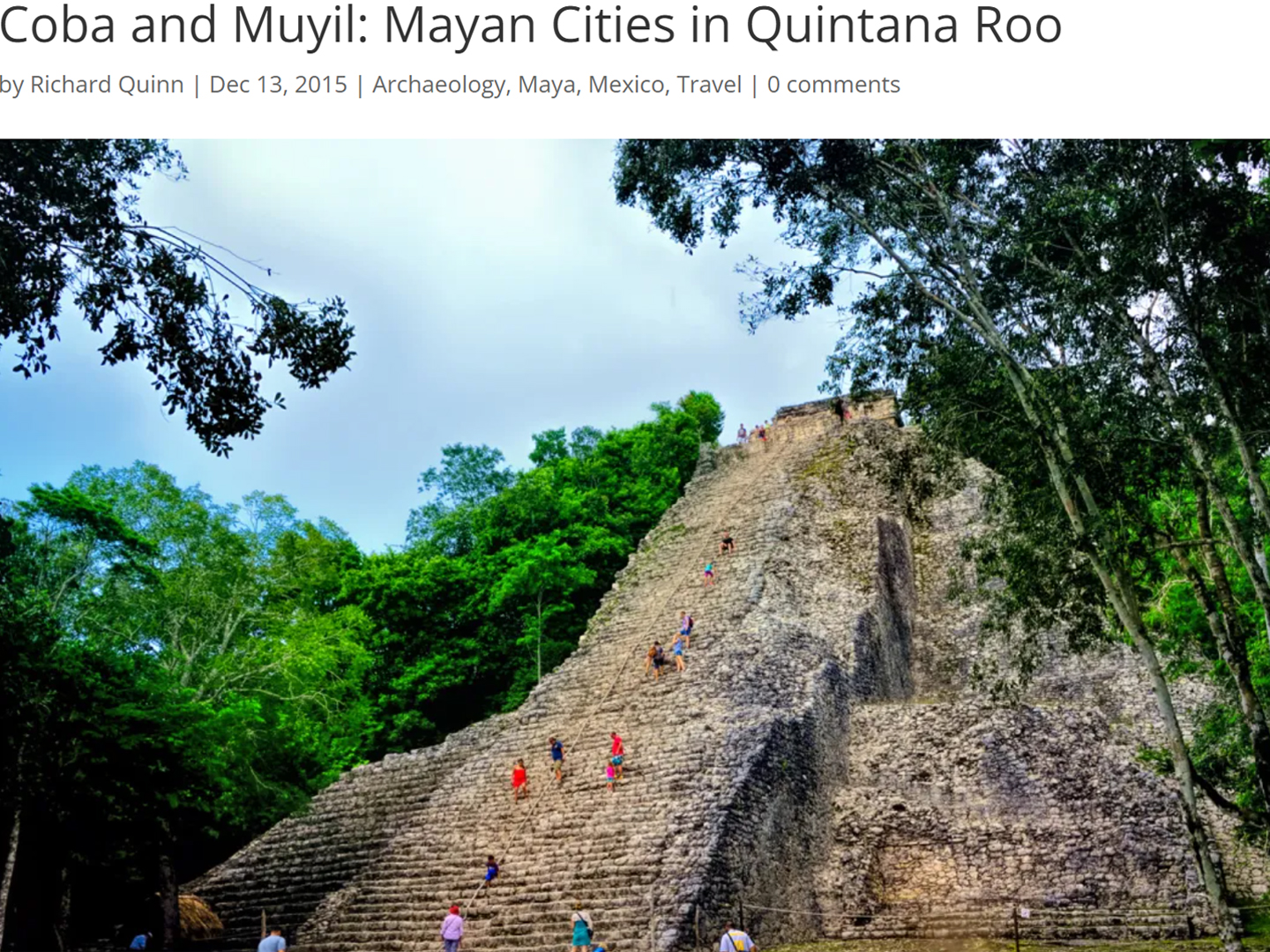
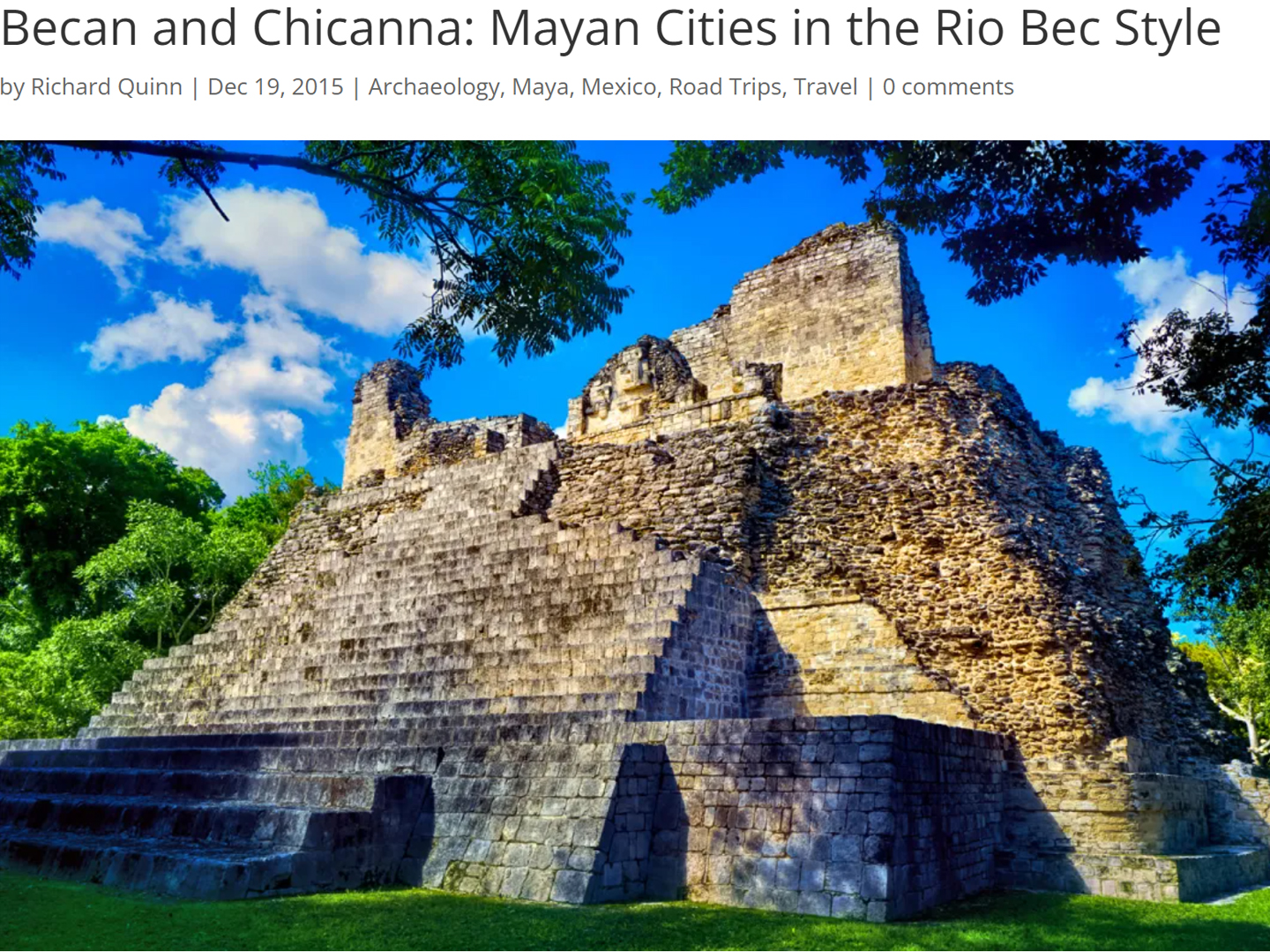
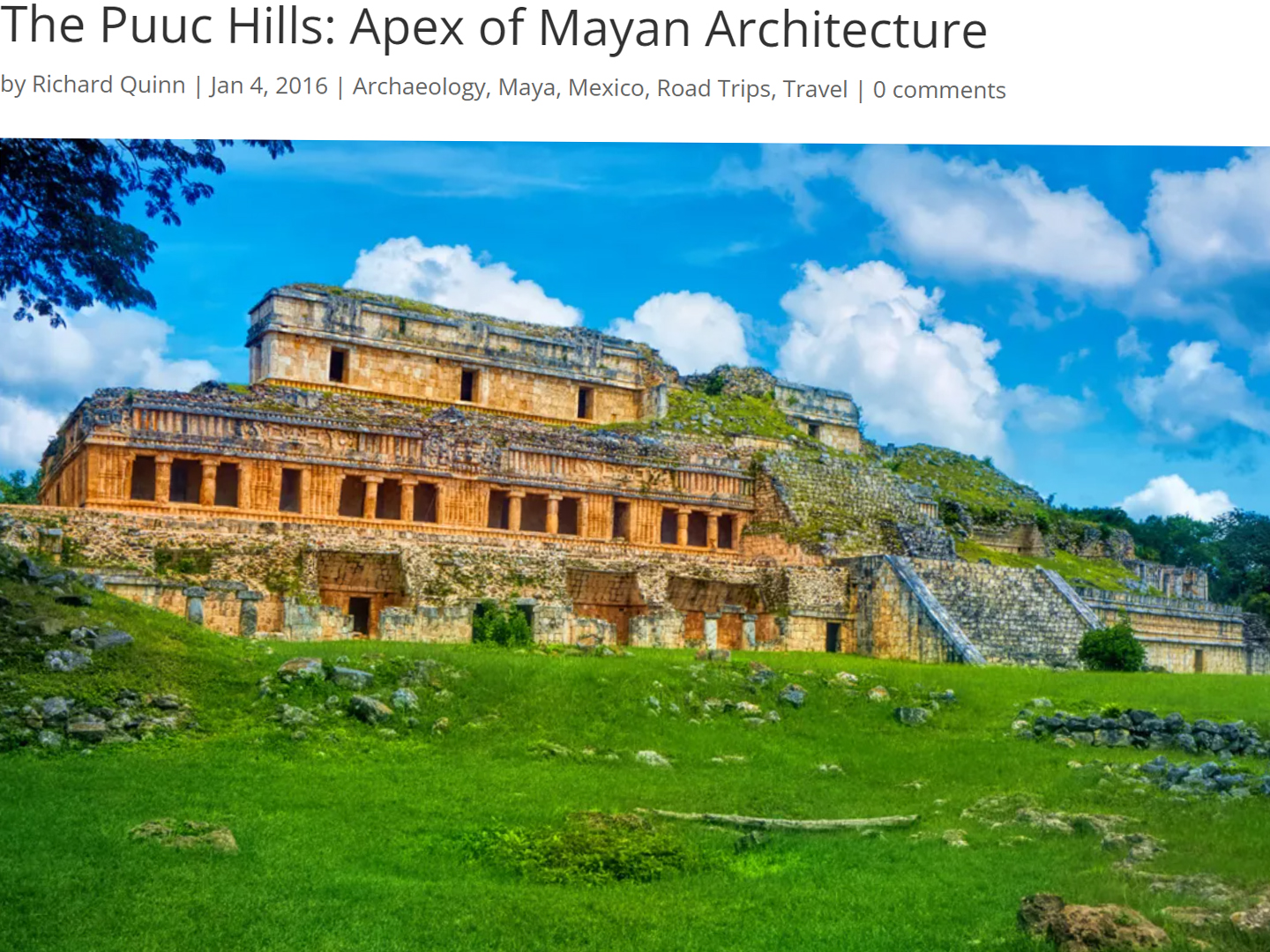
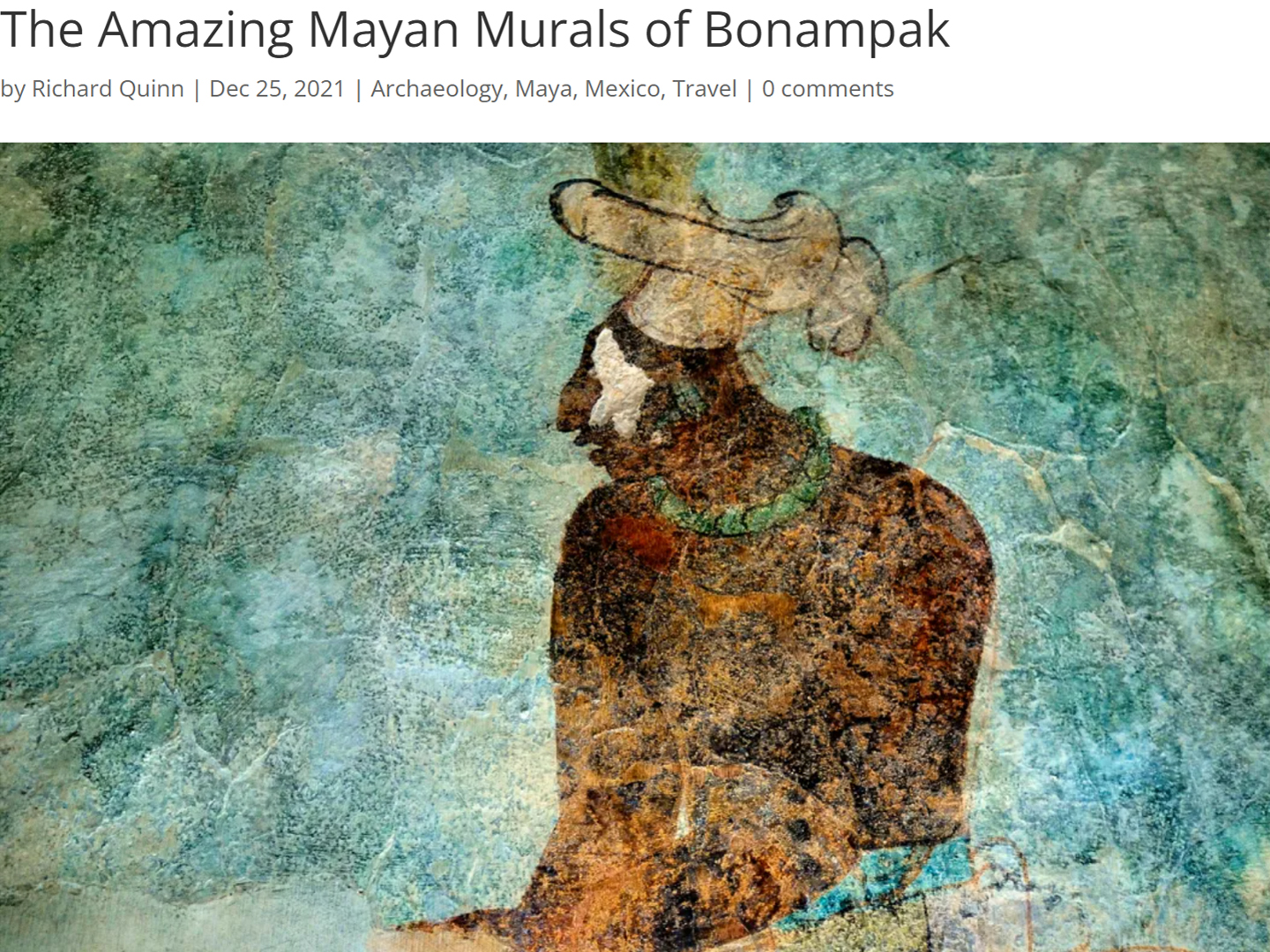
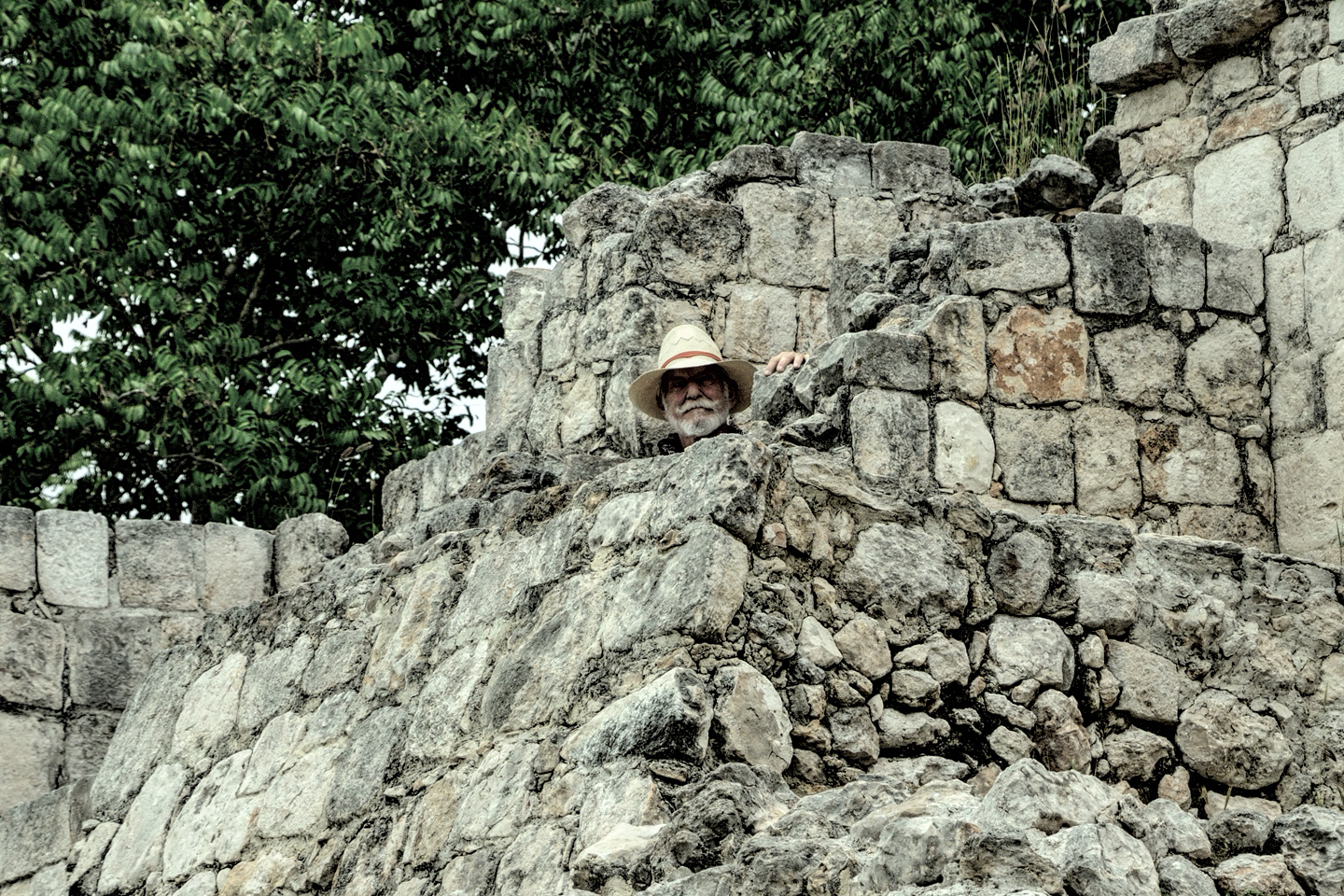


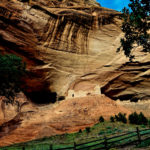
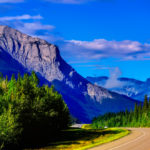
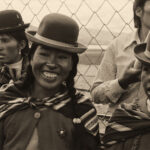
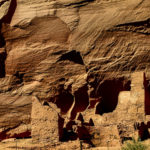
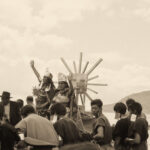

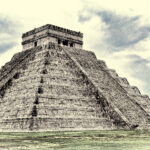

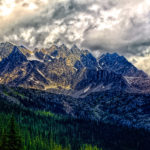
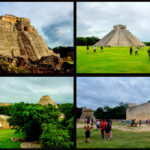

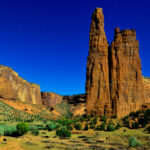
How long do decorations stay up in San miguel after Day of the Dead? Im going the 5th and hope decorations will still be up!
Hello, Maya: I’m afraid the 5th will be a little late, because they take down all the ofrendas pretty much right away, and the cut flowers don’t last. Some municipal decorations might still be up, and perhaps there will still be decorations in the shops, but for most purposes, it will all be over by then (until next year).